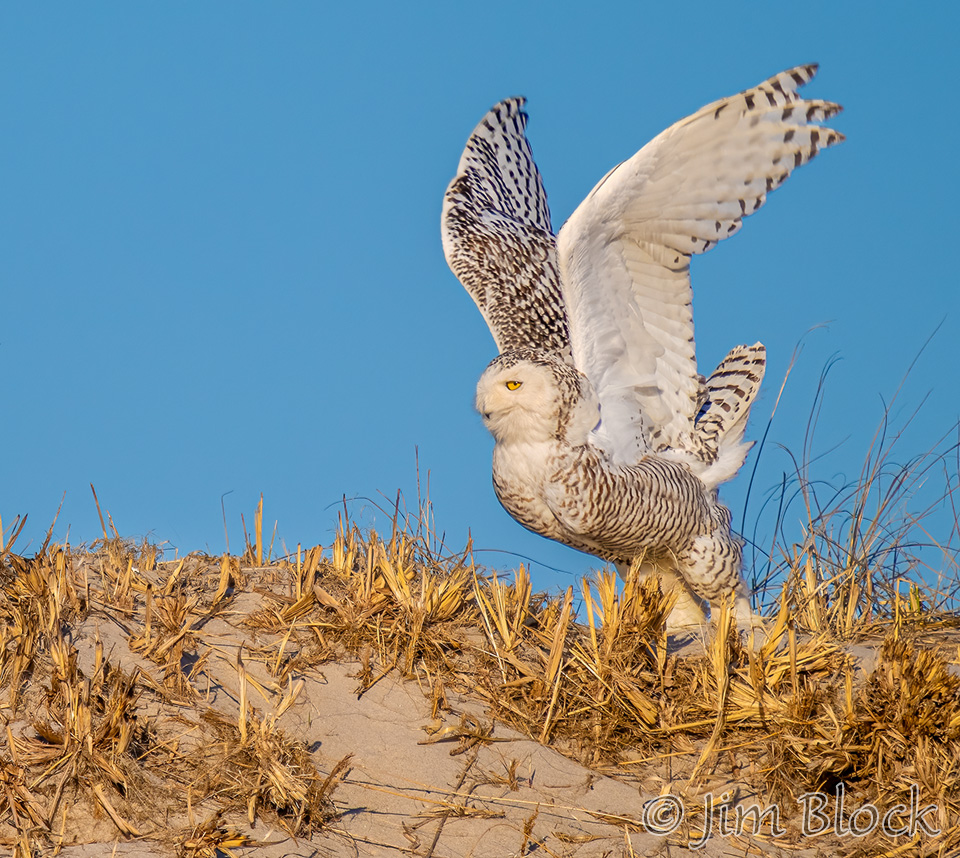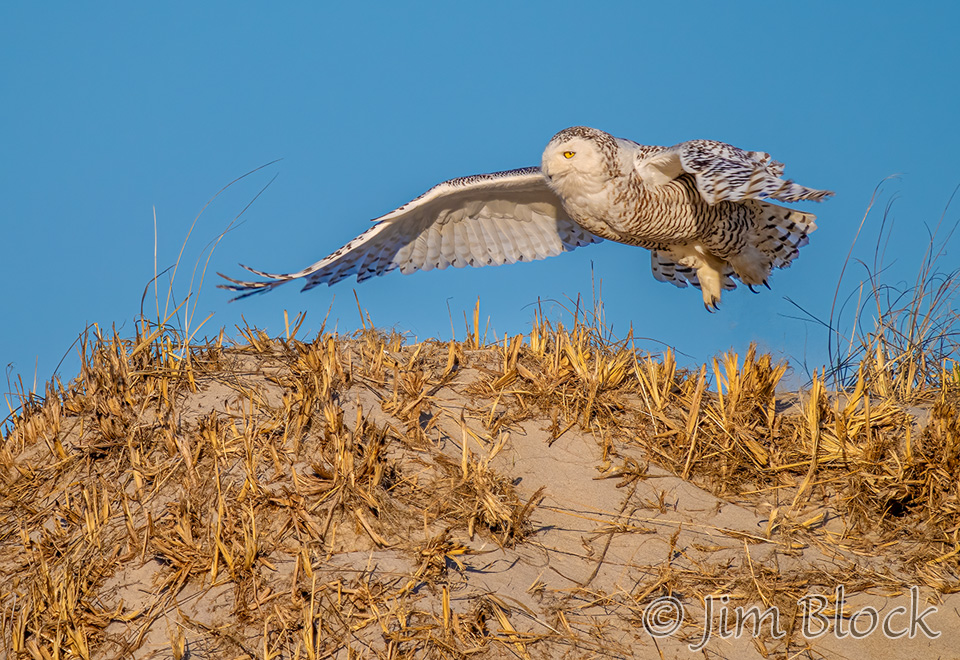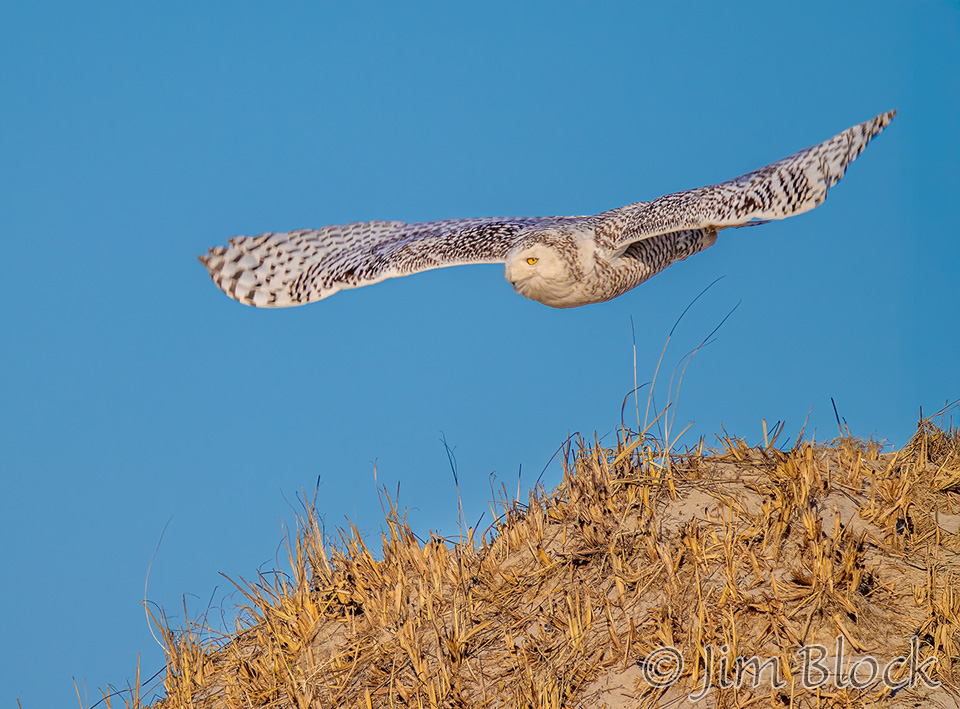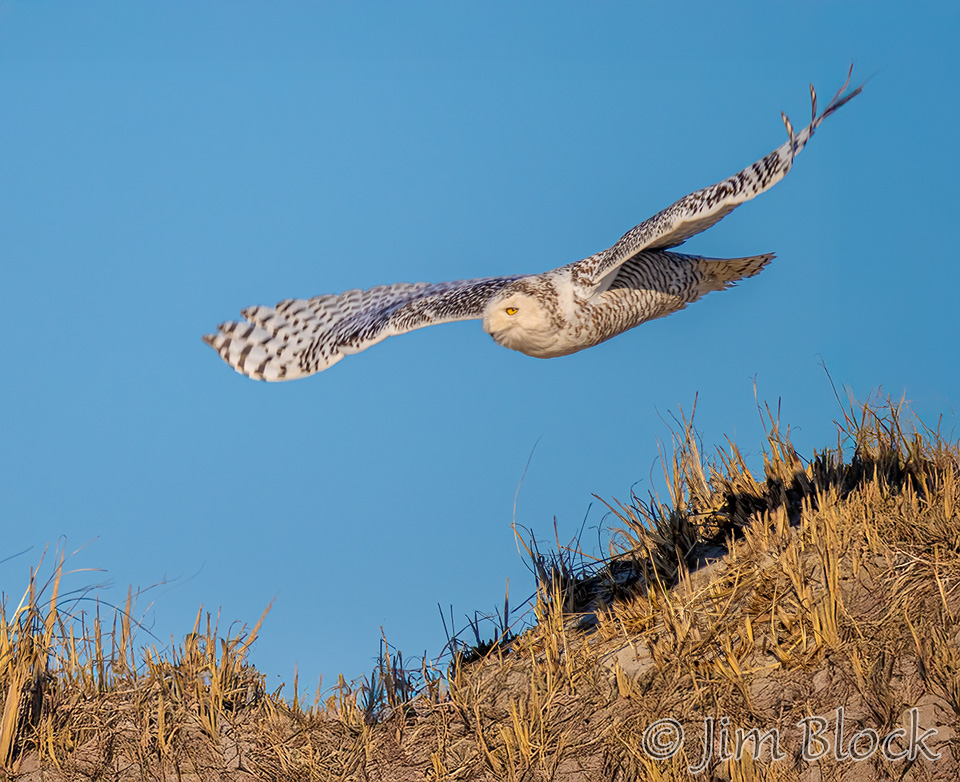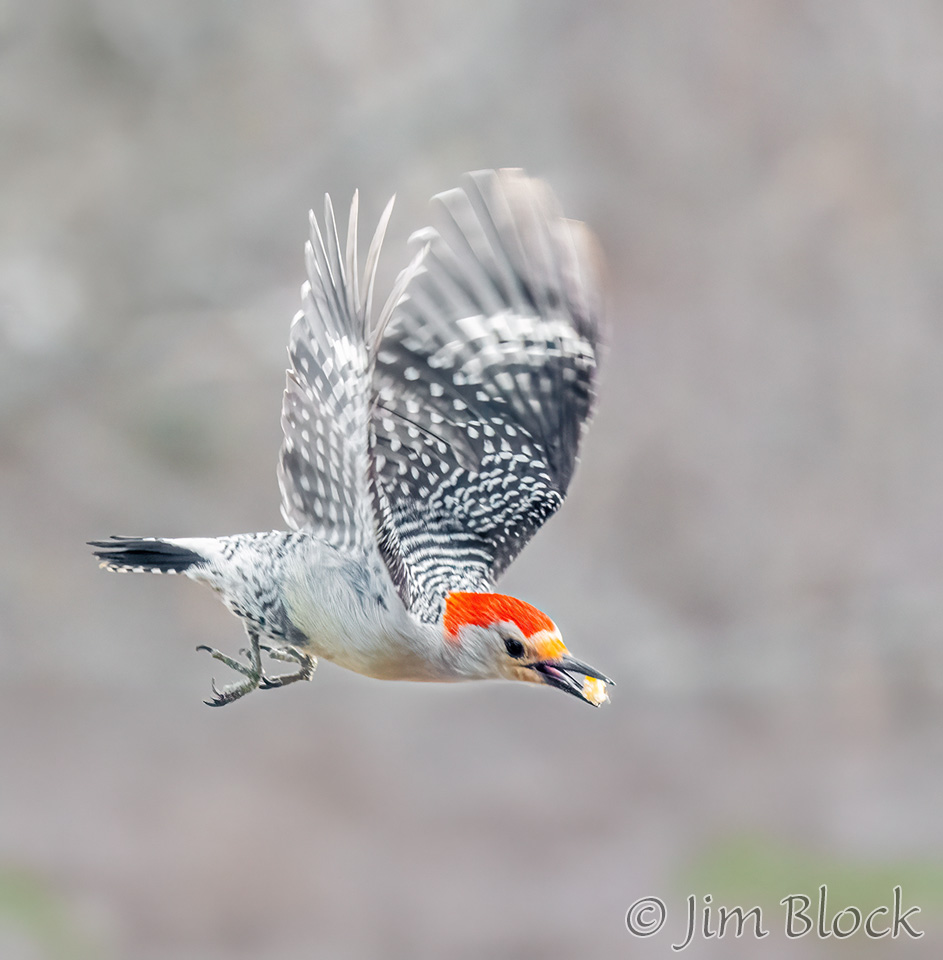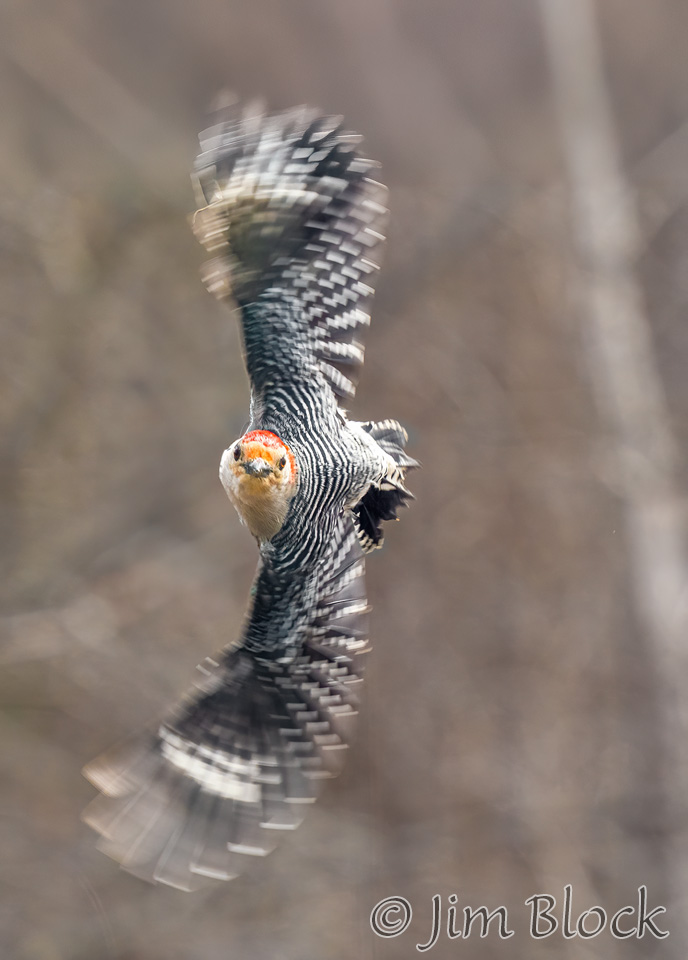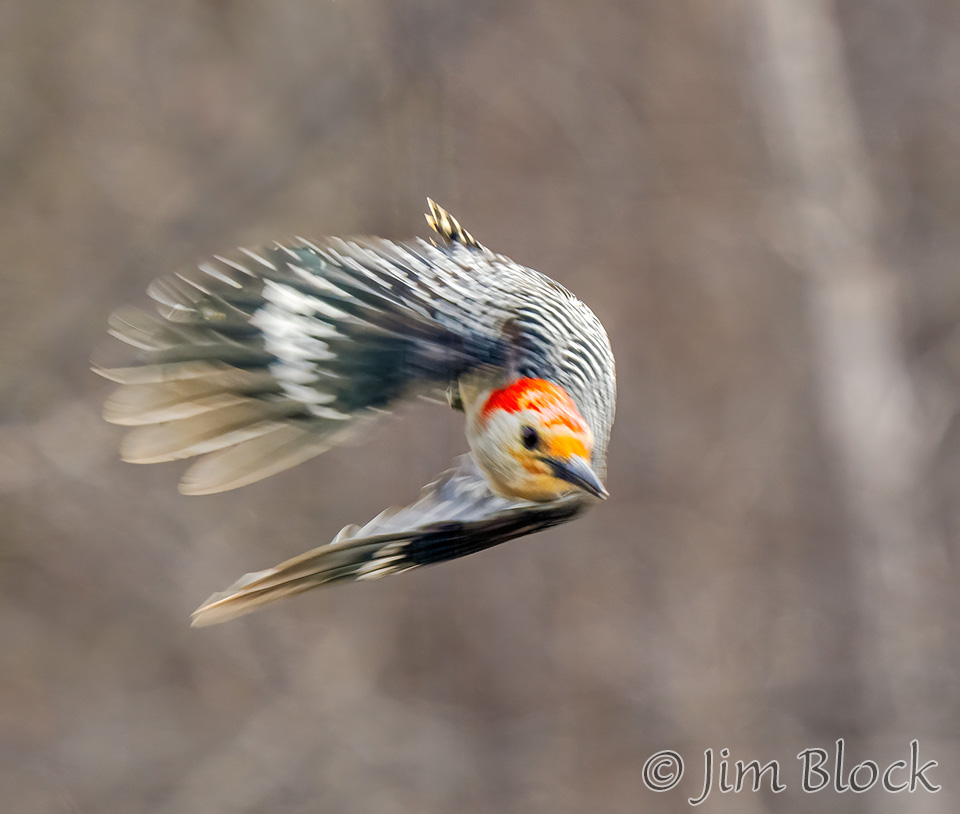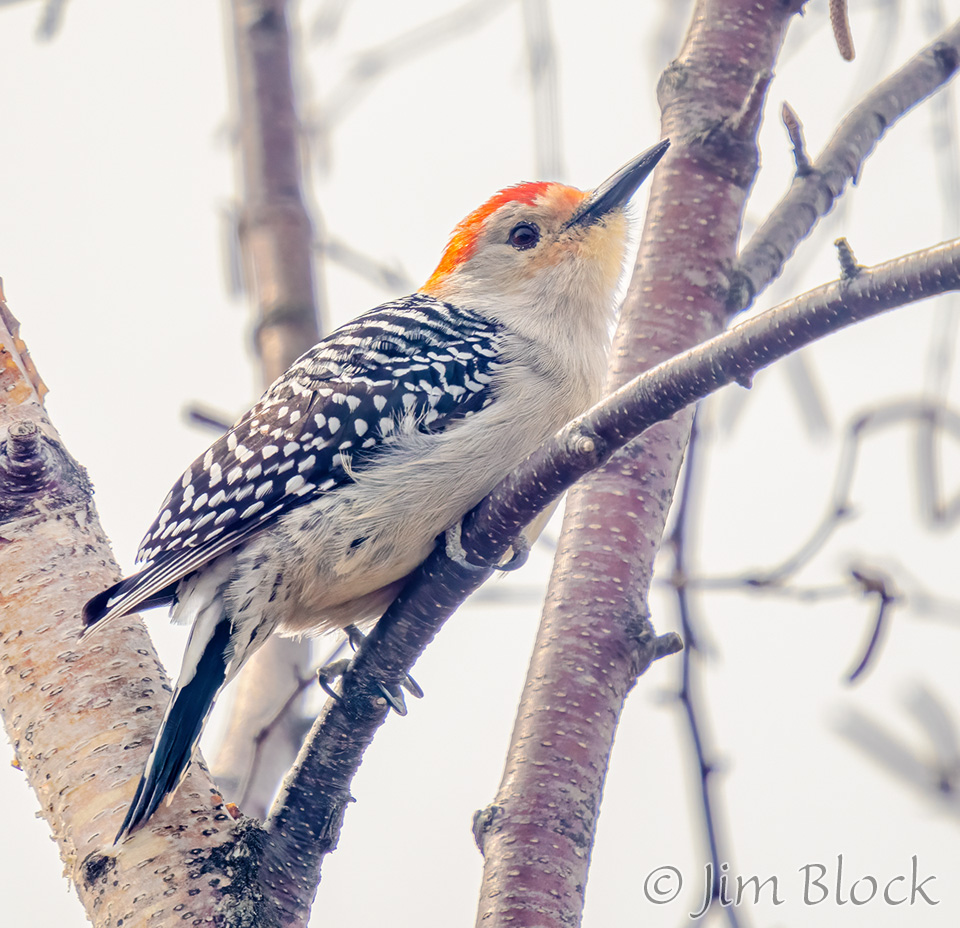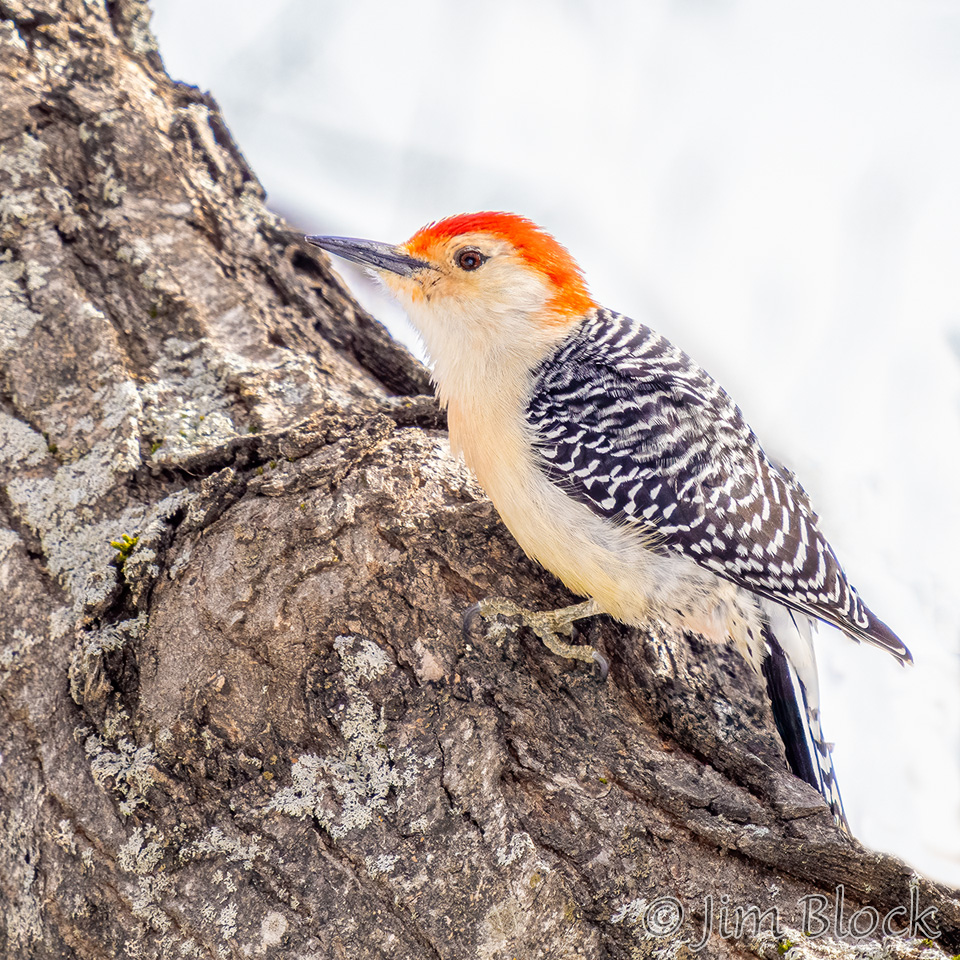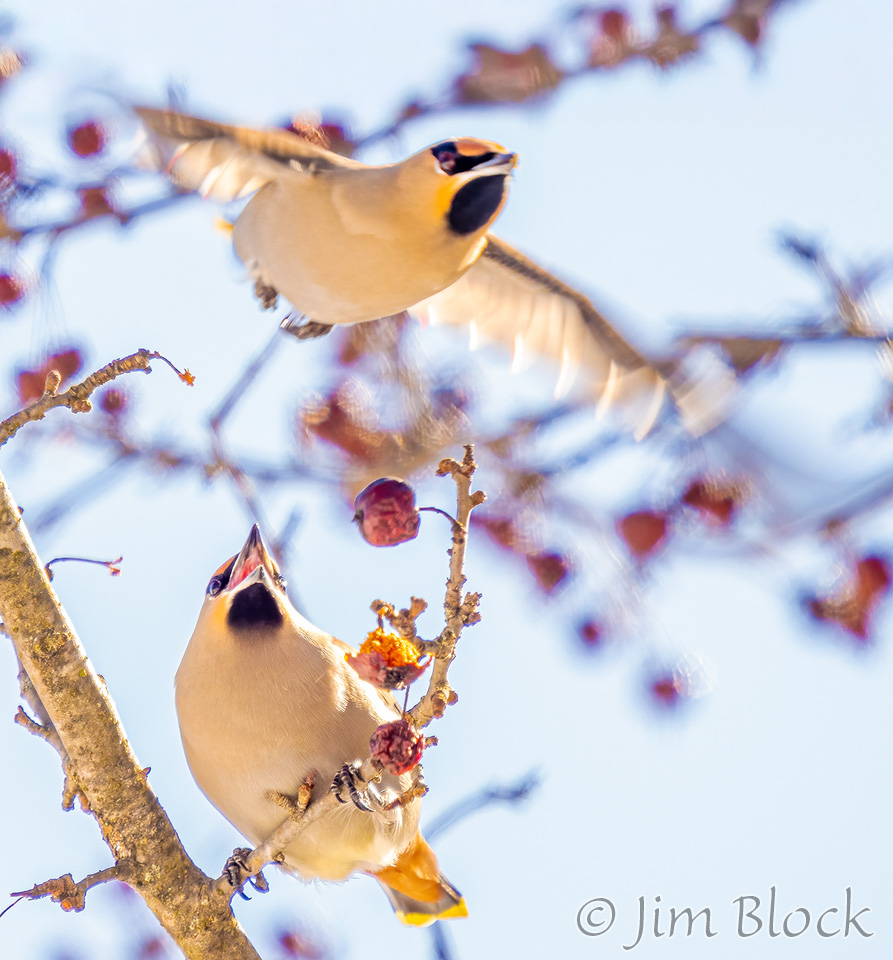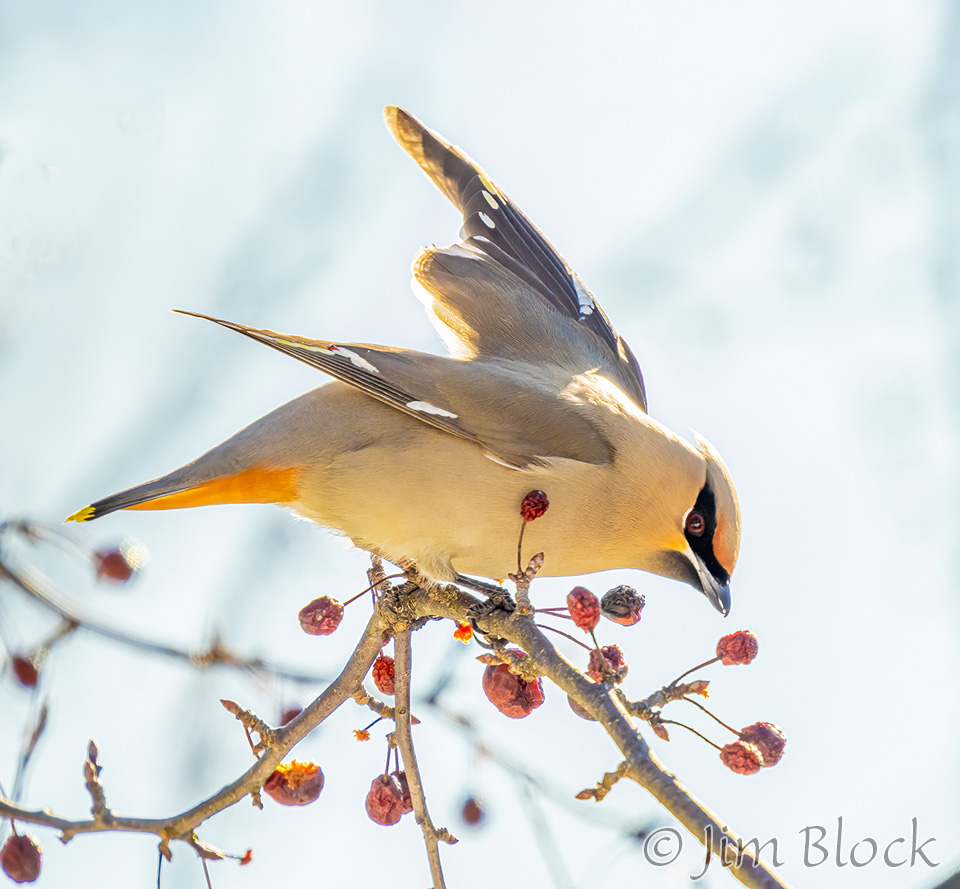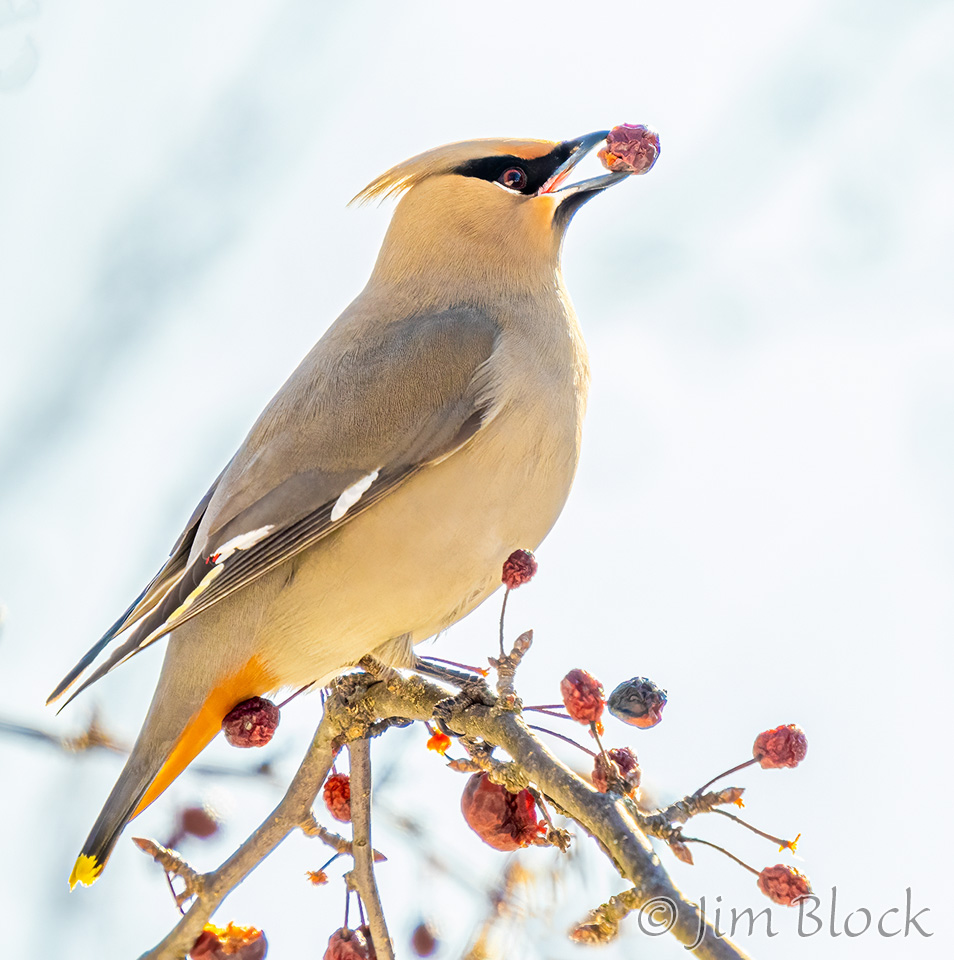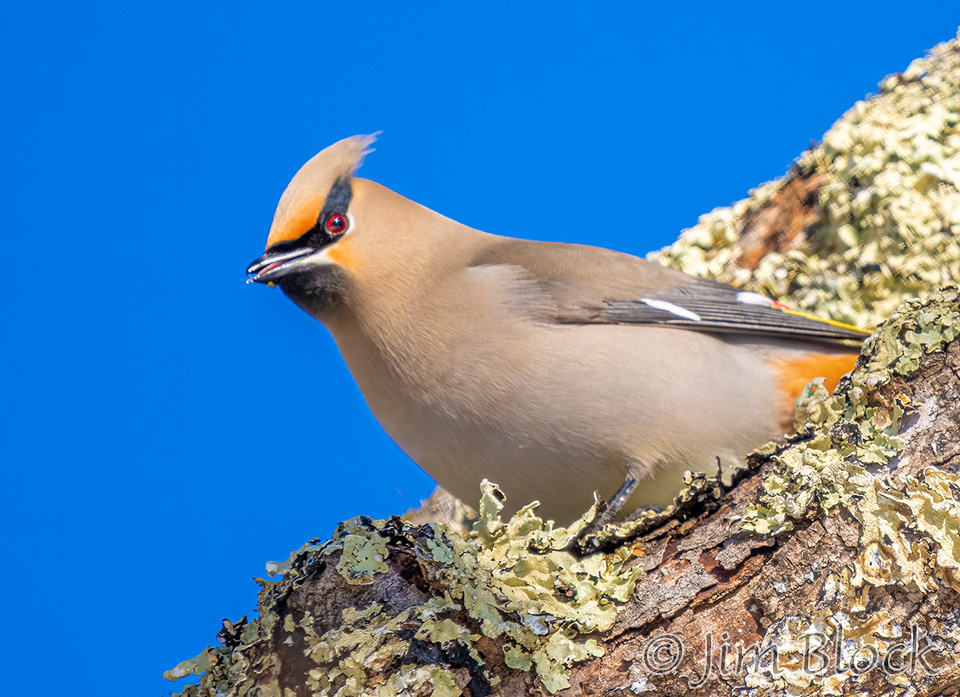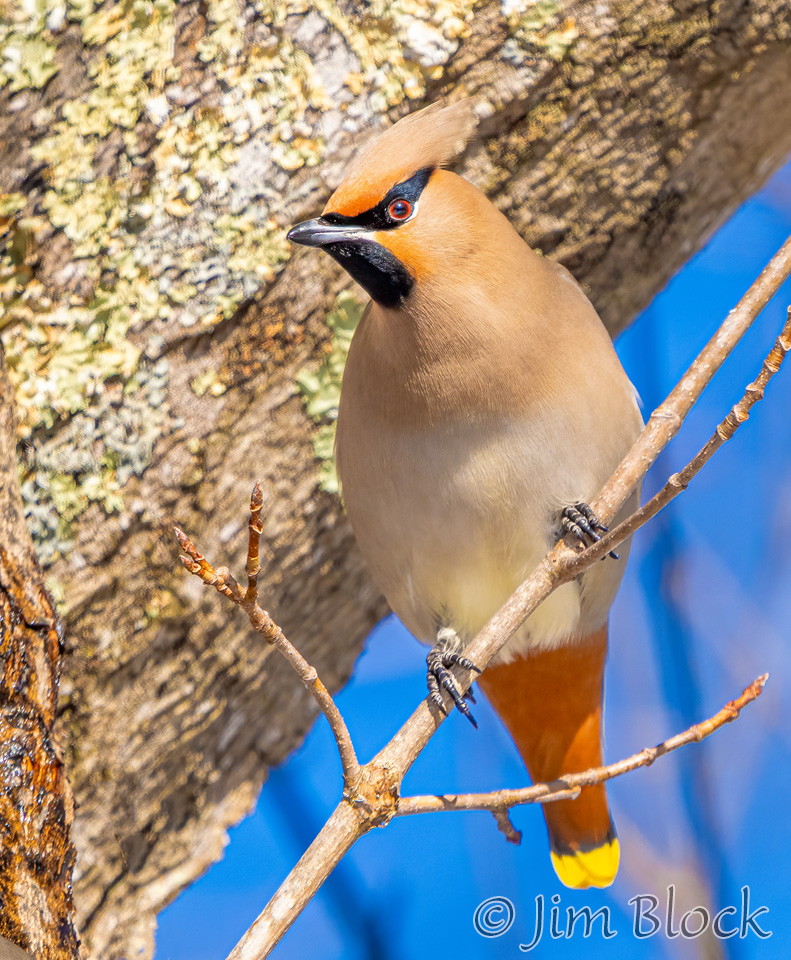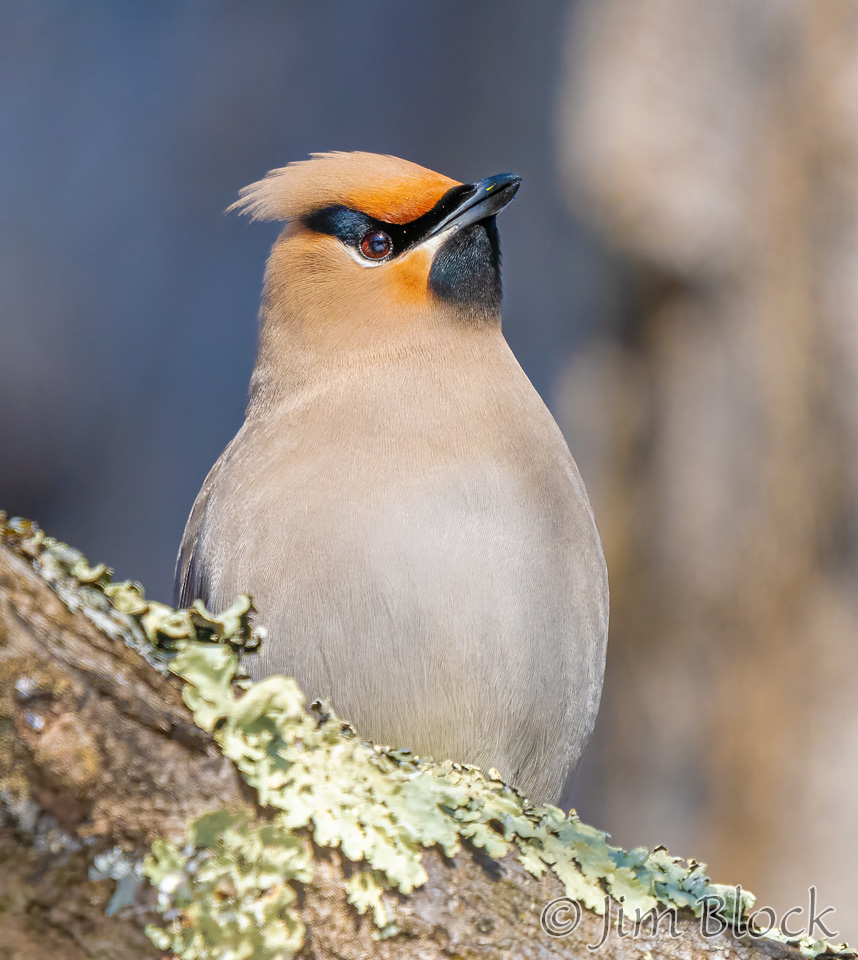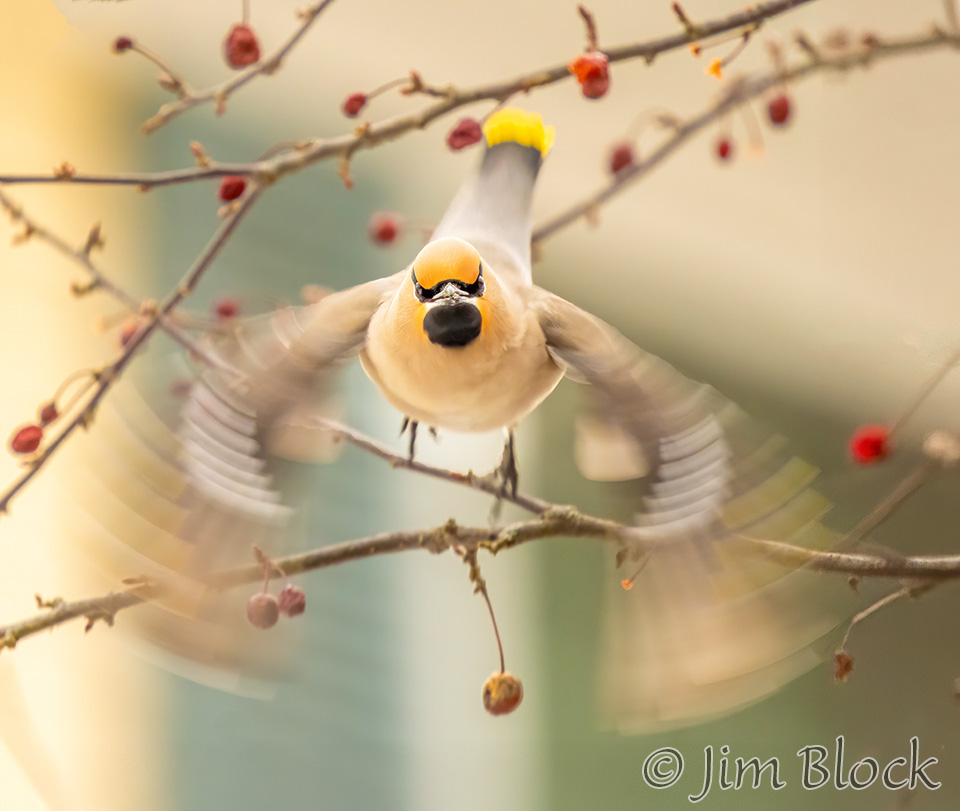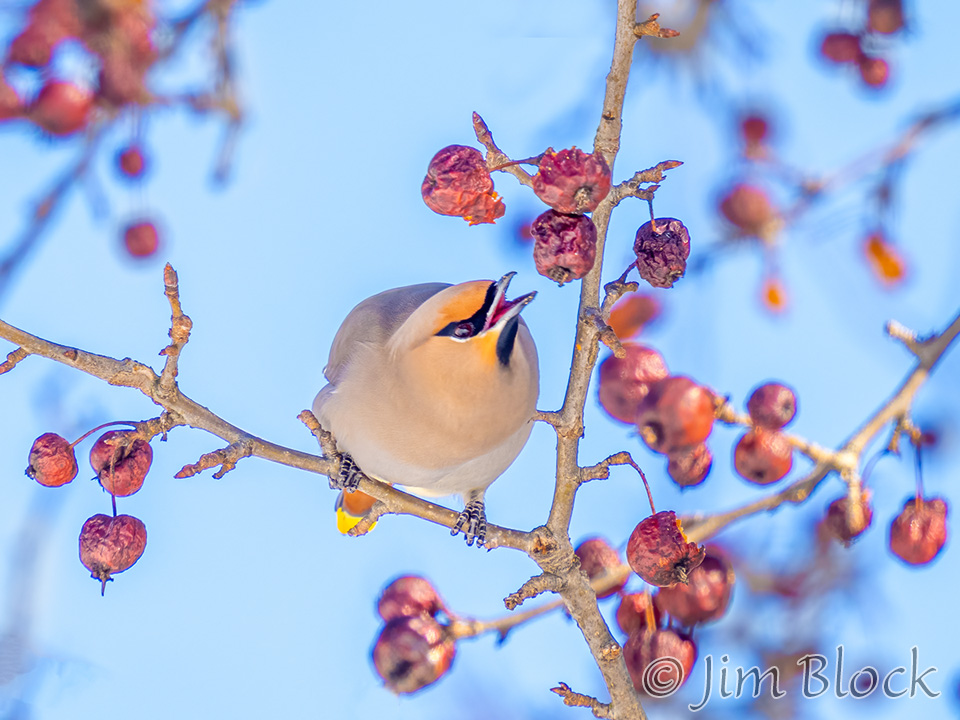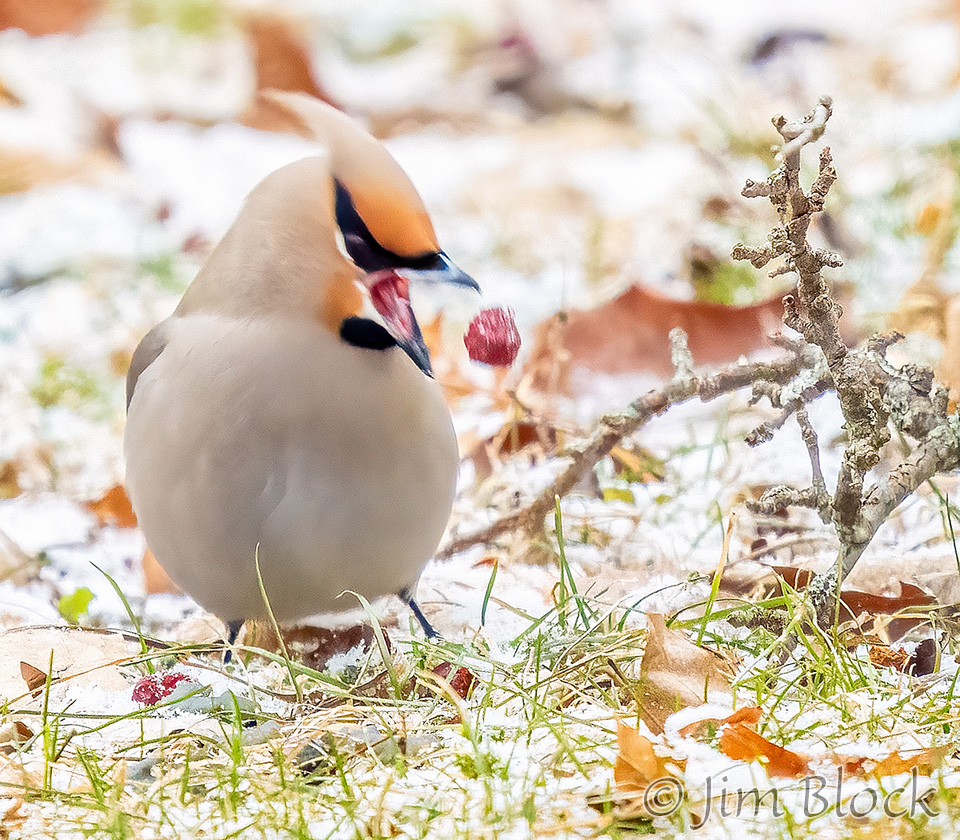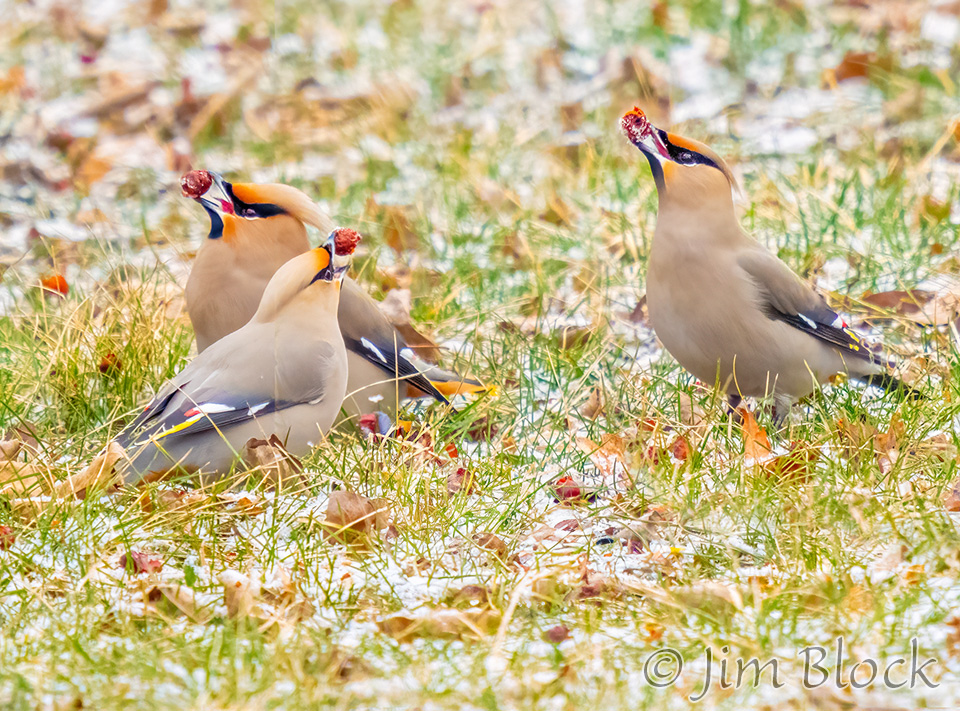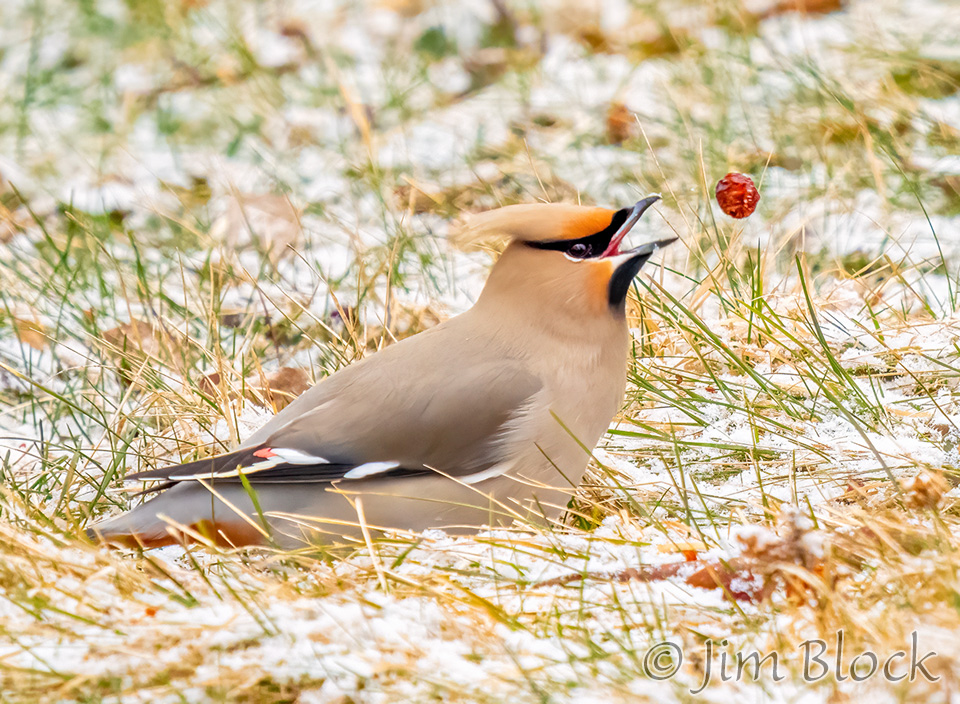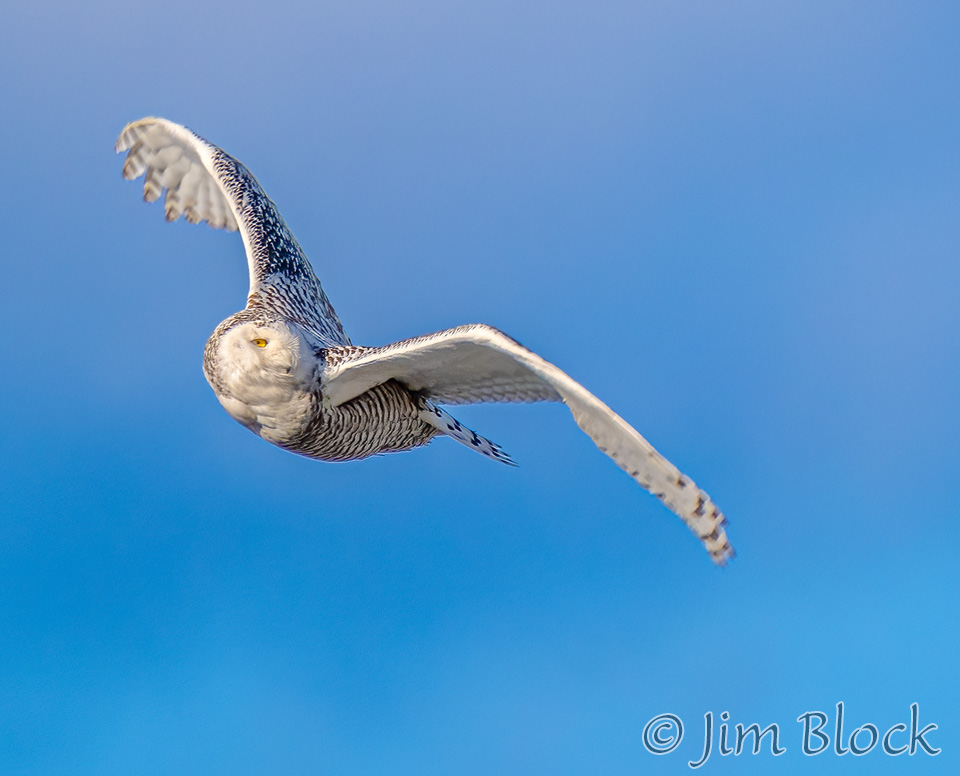
I didn’t expect to be doing another bird blog this soon, but then Wayne posted on the UVBirds listserv that there were Bohemian Waxwings in Hanover Center. The next day a friend invited me to go to the New Hampshire coast to see if we could get photos of a Snowy Owl that was hanging around. And then I just kept taking photos every day until I forced myself to stop to get this blog written.
Red-bellied Woodpecker
It snowed on March 24 when a rare, for our yard, Red-bellied Woodpecker paid us a short visit.
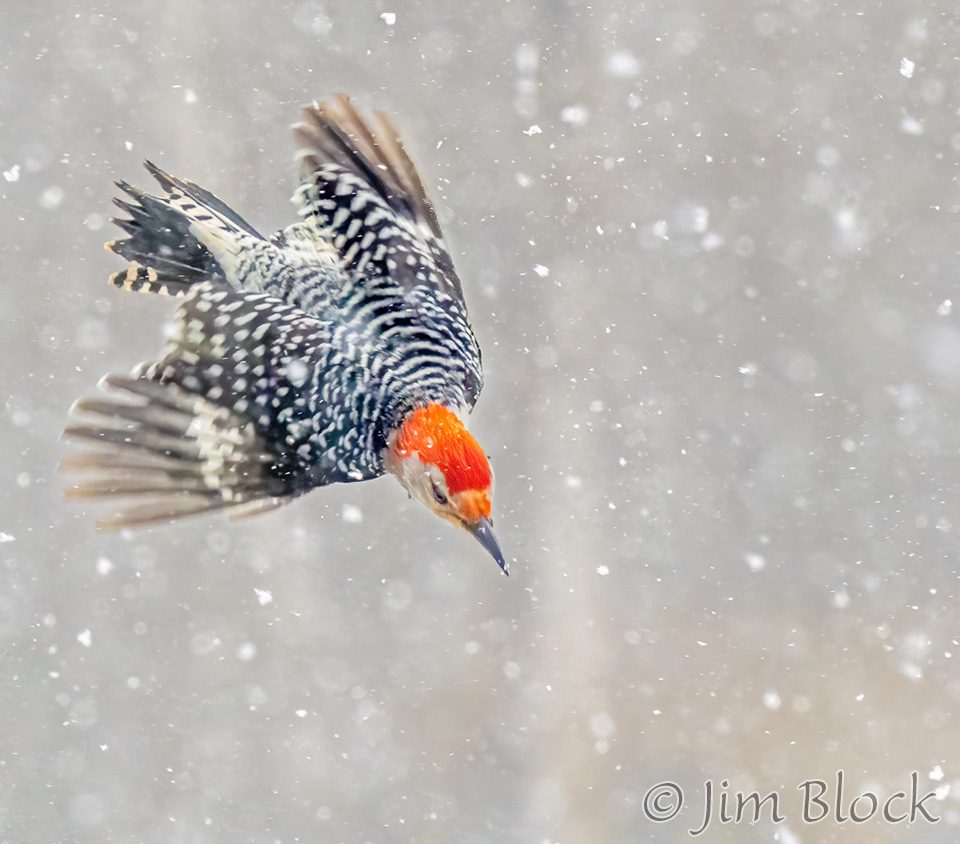
We were blessed with Red-bellied Woodpeckers this year. We have seen them three different days this Spring. Here are a half dozen photos.
Bohemian Waxwings
I had not seen any waxwings all winter, even though I checked some historical spots several times. Then I learned that some Bohemian Waxwings had been hanging around Teresa’s crabapples in nearby Hanover Center. It didn’t take me long to get there and start taking photos.
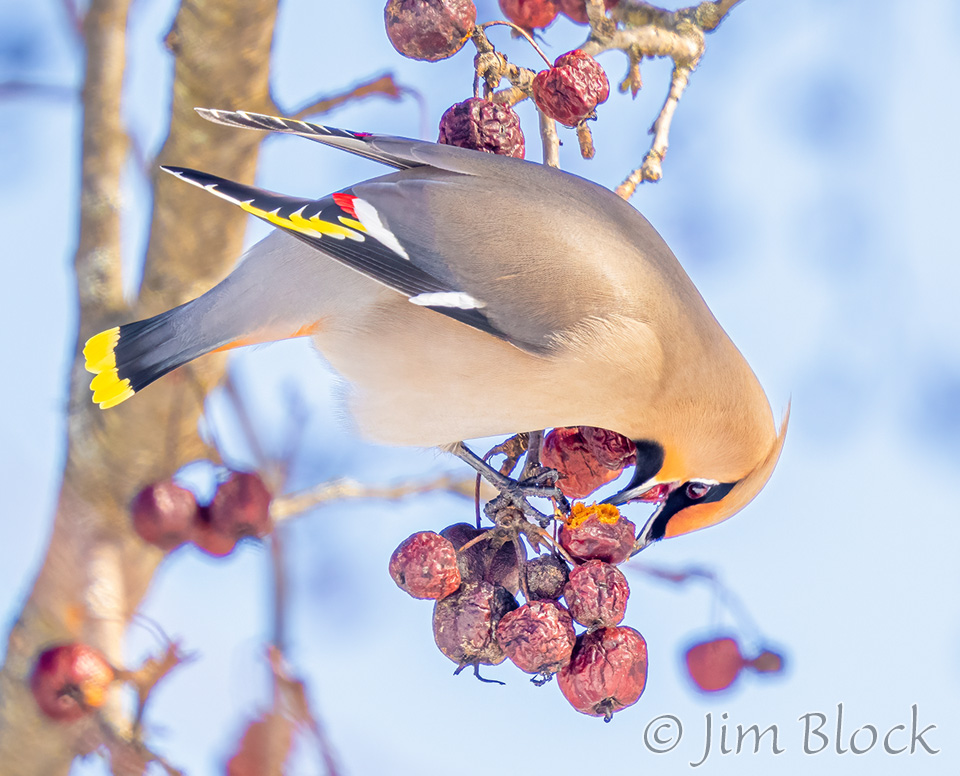
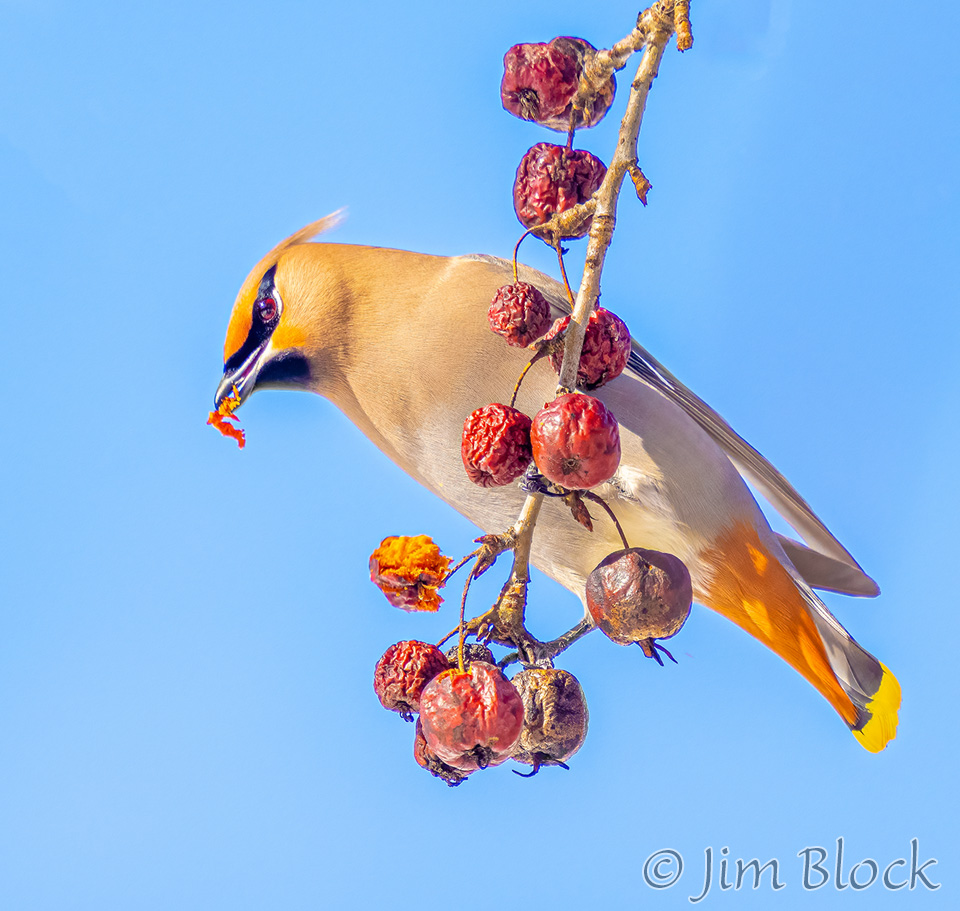
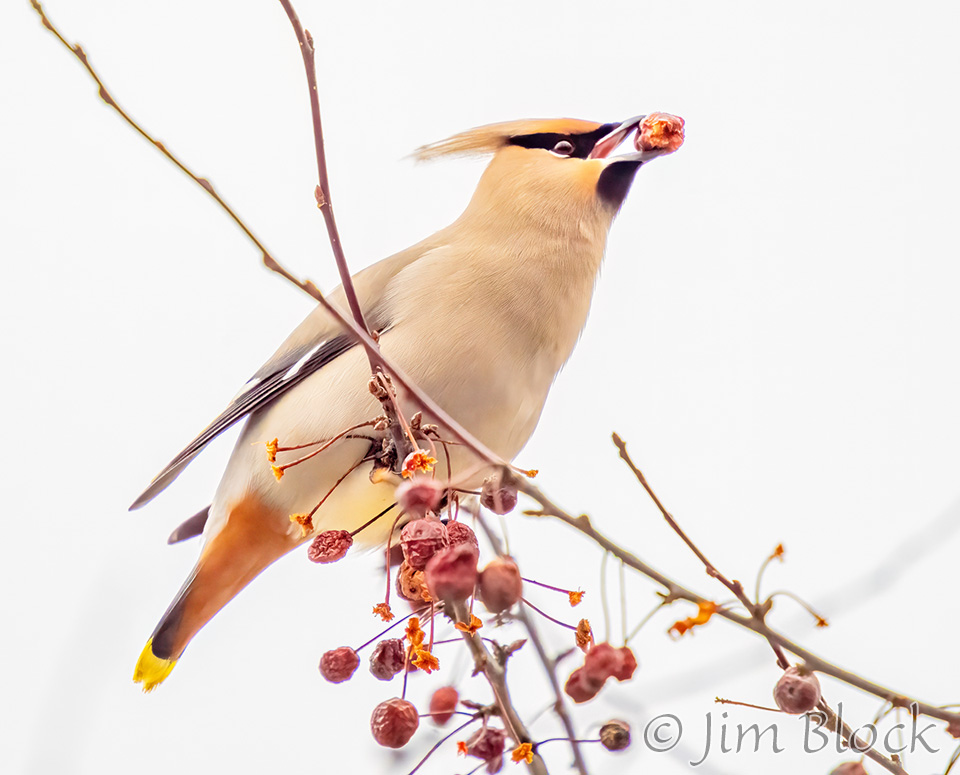
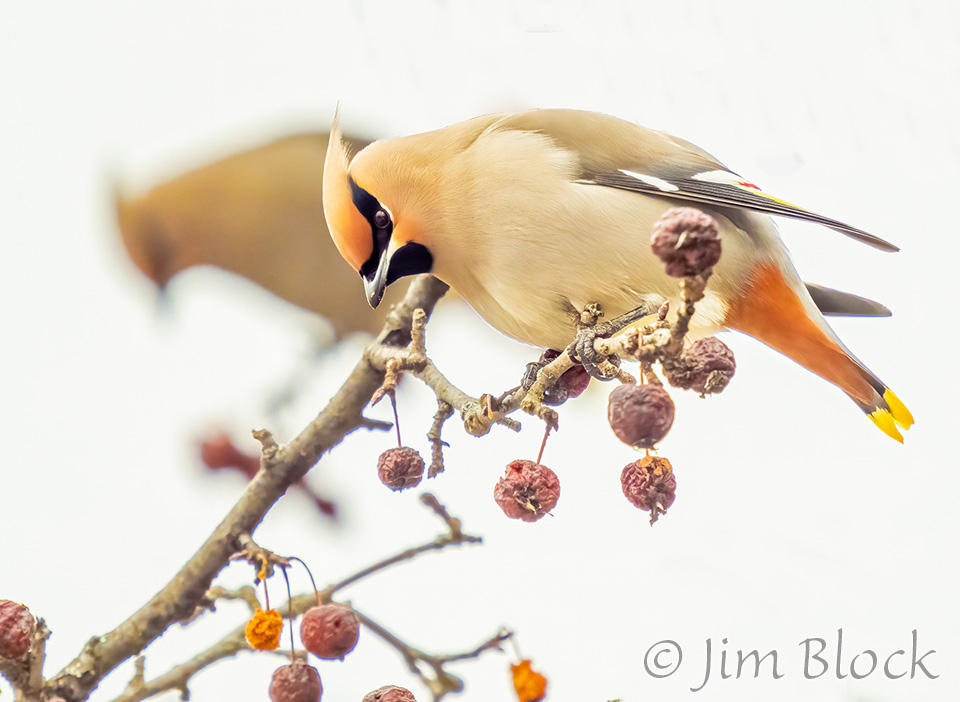
Here are a dozen more photos of these beautiful nomads from the north.
Along the Rail Trail in Enfield
After taking many photos of a Snow Owl (coming at the end of this post) and the waxwings, I decided to spend the day sorting through those photos. It was late March, and I knew a multi-day ice storm was coming tomorrow. This was the last sunny afternoon we were going to have for quite a while. I kept thinking I ought to go out and finally convinced myself to head down to the shore of Mascoma Lake late in the day.
Ring-necked Ducks mating
It was a very good move. I photographed a pair of Ring-necked Ducks mating. Here is an abbreviated set of photos of the mating sequence that lasted 42 seconds.
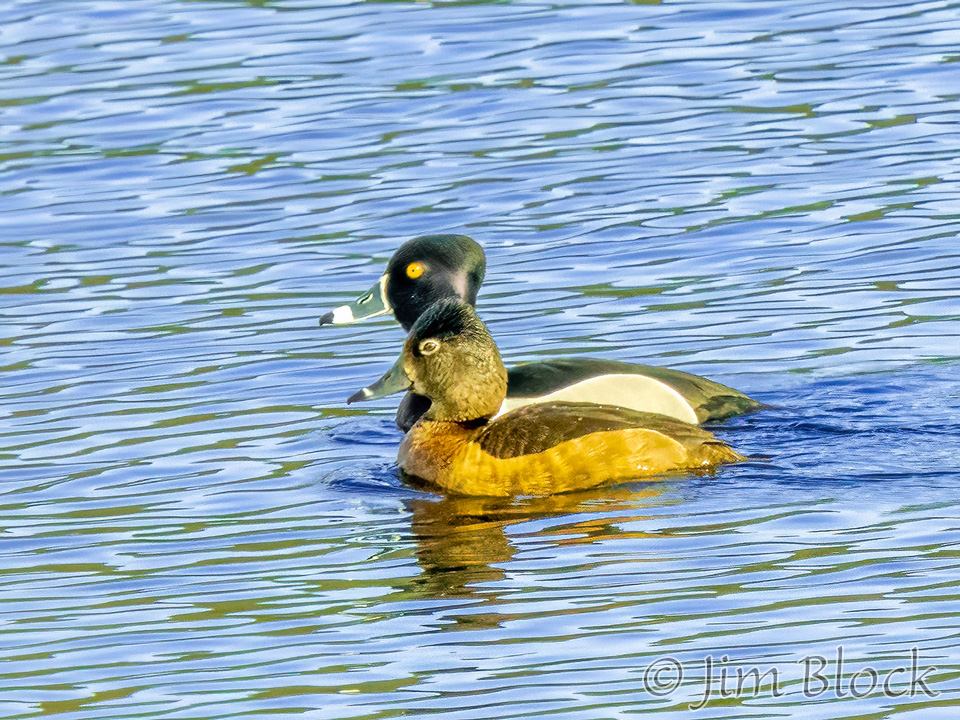

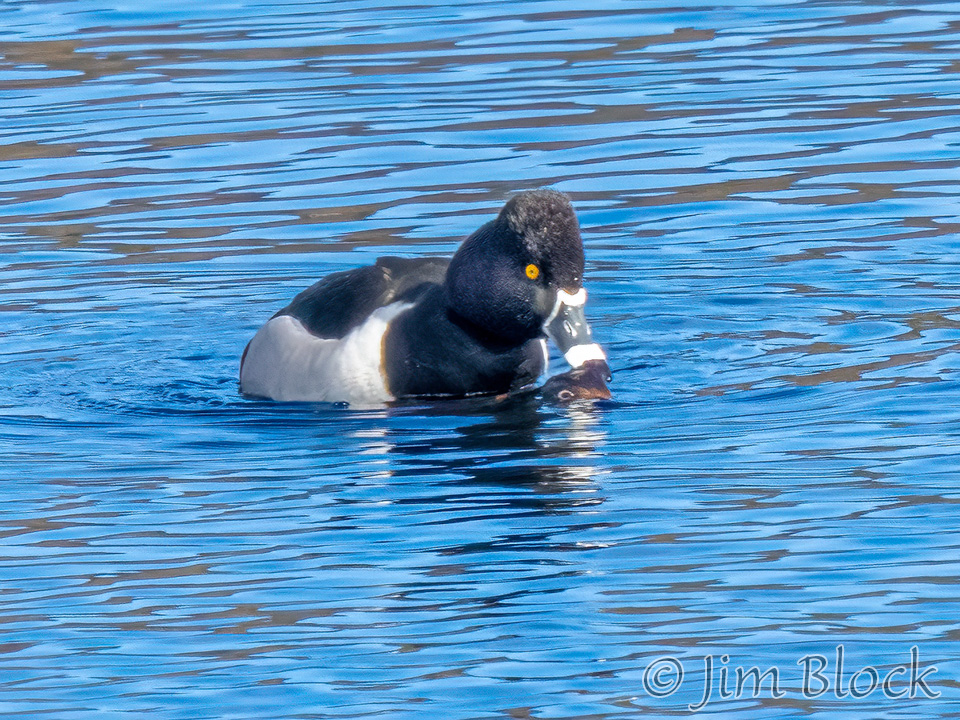
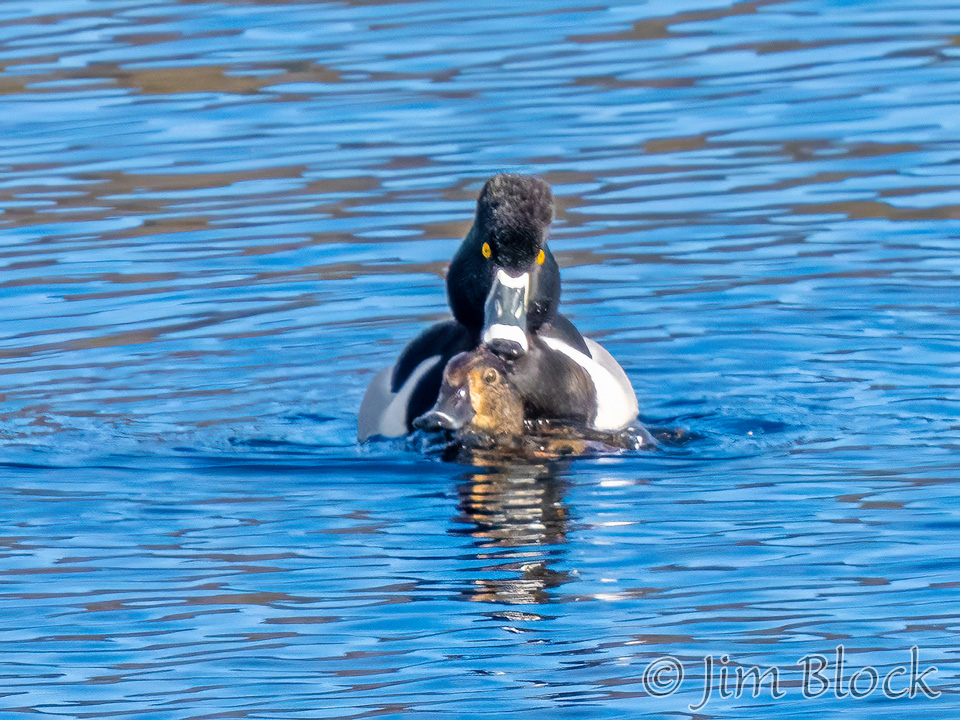
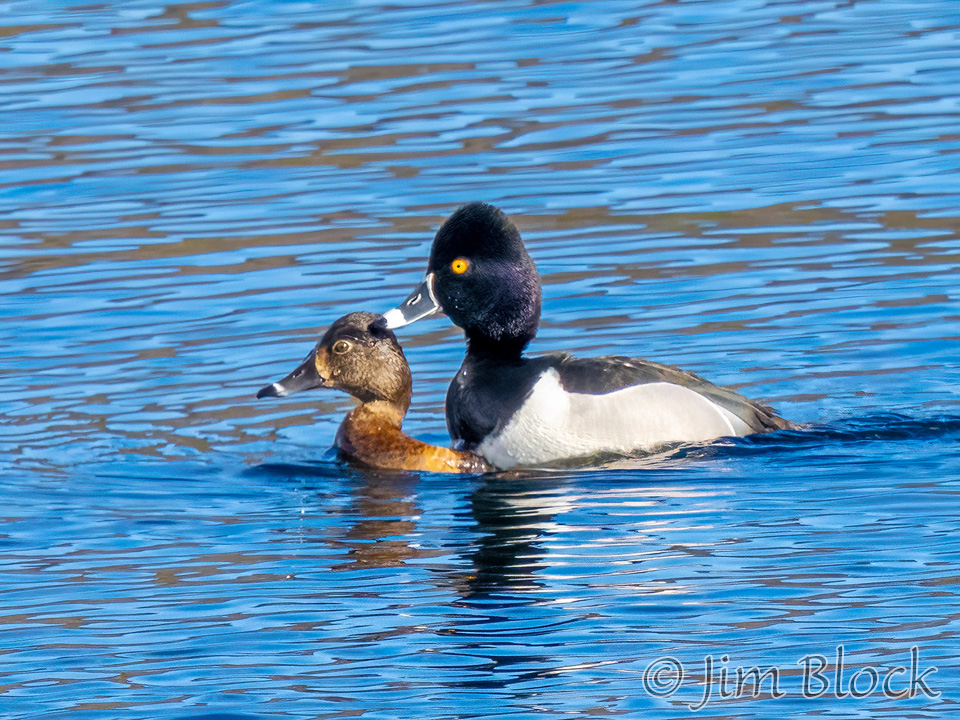
If you are interested, you can see a fuller sequence of 10 photos of the mating on this page.
This was the second pair of copulating birds I photographed this mating season. The first were Bald Eagles. You get to a page with links to pages of all six of the avian matings I have photographed in the last few years you can CLICK HERE.
Other Ducks along the Rail Trail
That same afternoon when I abandoned my computer to park at Mascoma Lakeside Park in Enfield and walk the rail trail, I found other ducks in the nice late-day light.
i photographed a gaggle of Canada Geese.
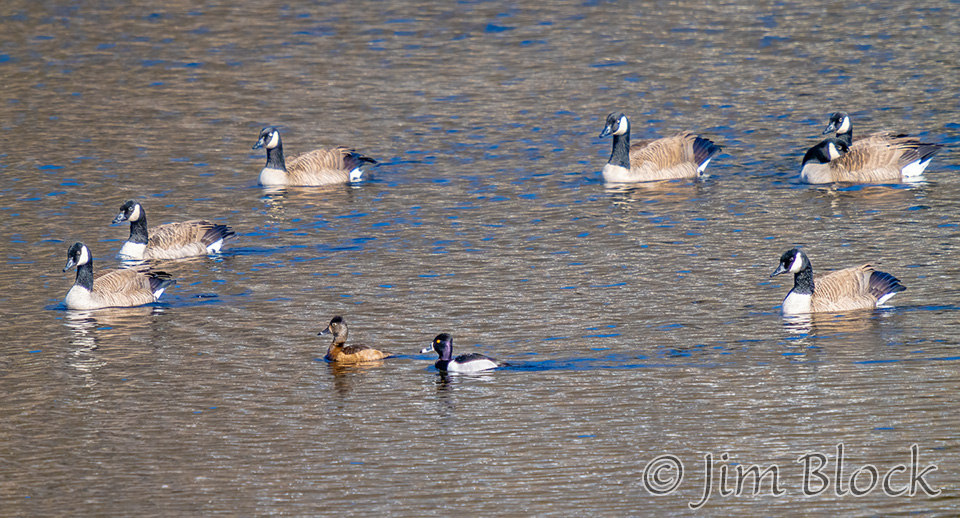
But what are those very small looking ‘geese” in the photo? They are actually a Ring-necked Duck pair, perhaps the two that mated 30 minutes after this photo was taken.
I photographed a raft of Ring-necked Ducks.
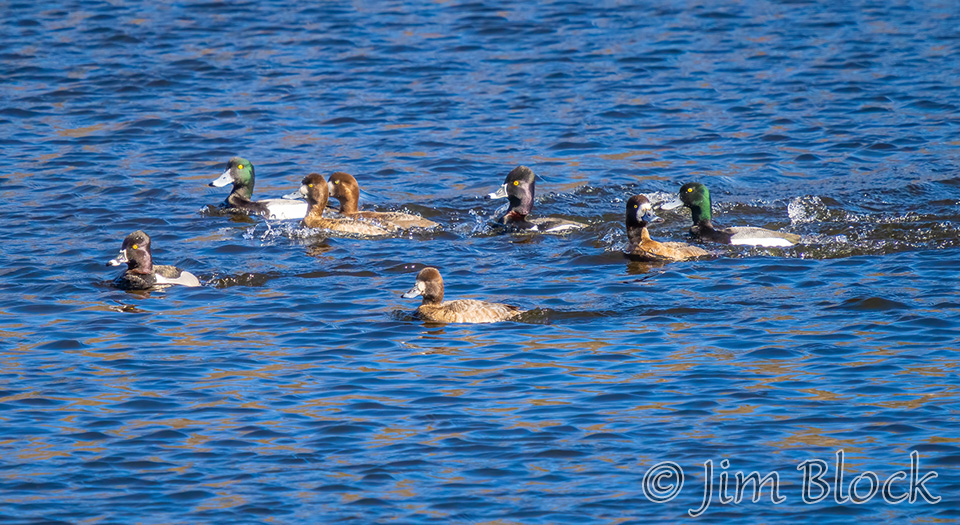
But then I looked closely and noticed two with greenish heads. Those are Greater Scaups, a somewhat rare duck for this area. Lesser Scaups are somewhat more common.
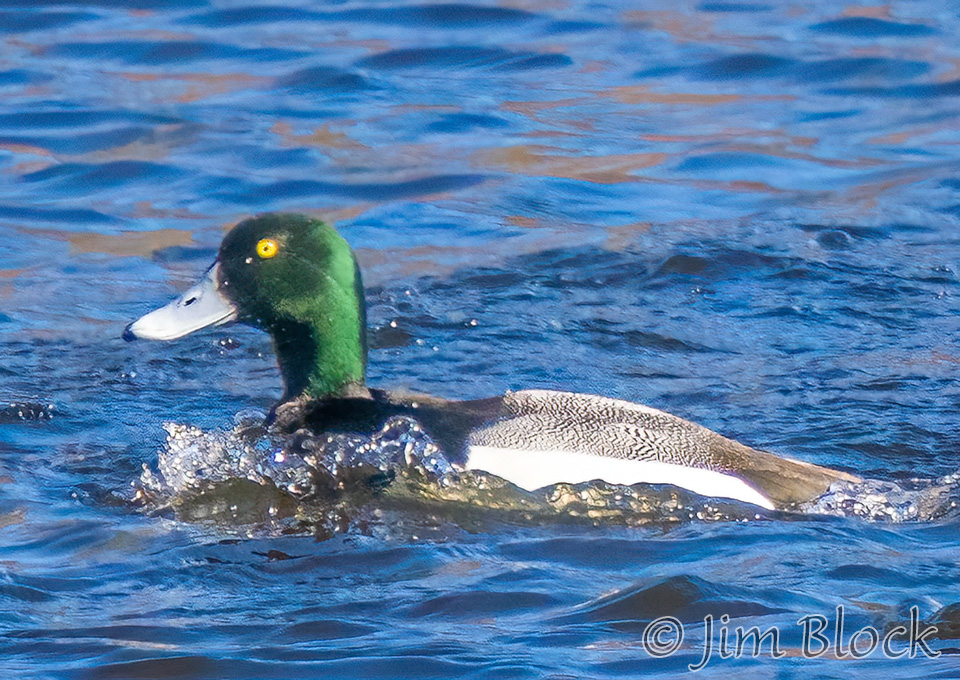
There was a pair of Hooded Merganser not too far from shore.
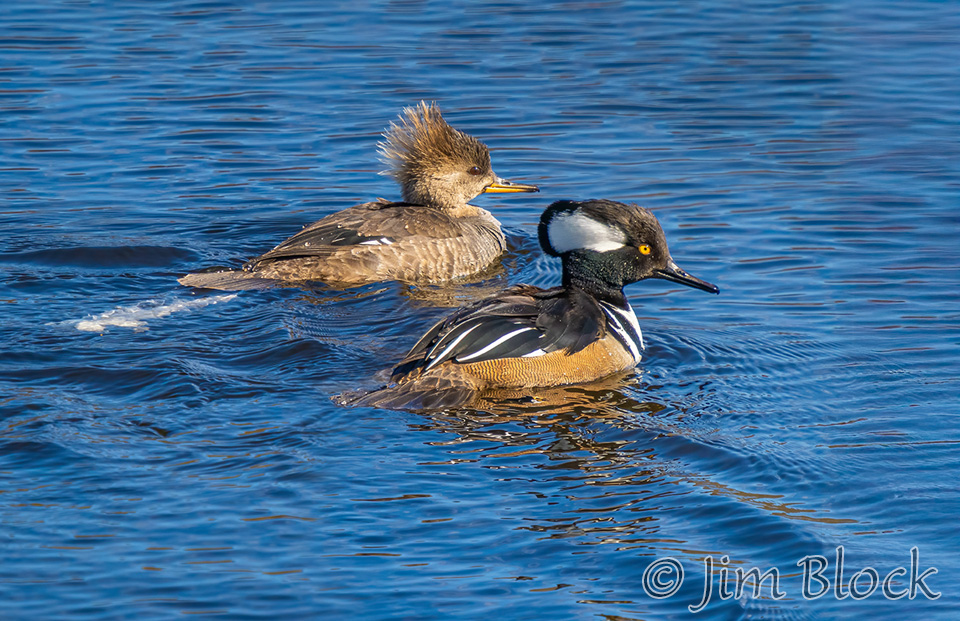
And a pair of Common Merganser. Here is the female getting airborne.
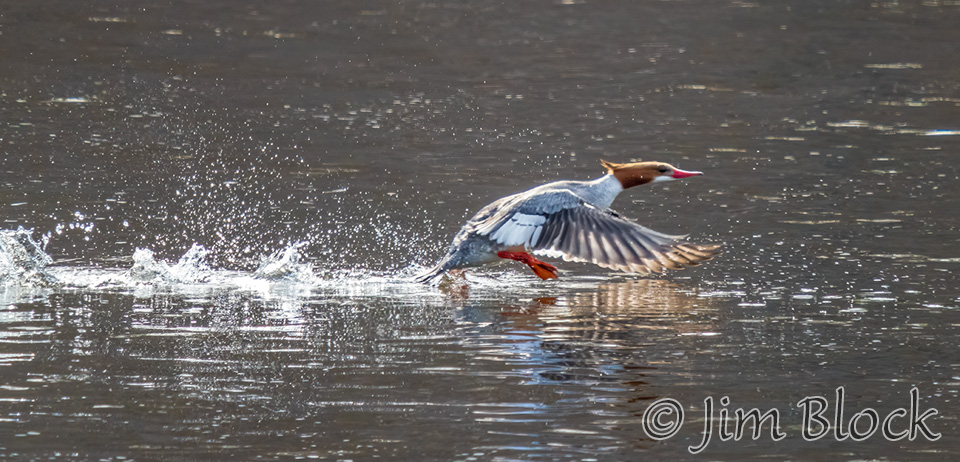

A pair of Mallards was standing on logs close to the shore, but well down the bank below the Northern Rail Trail.
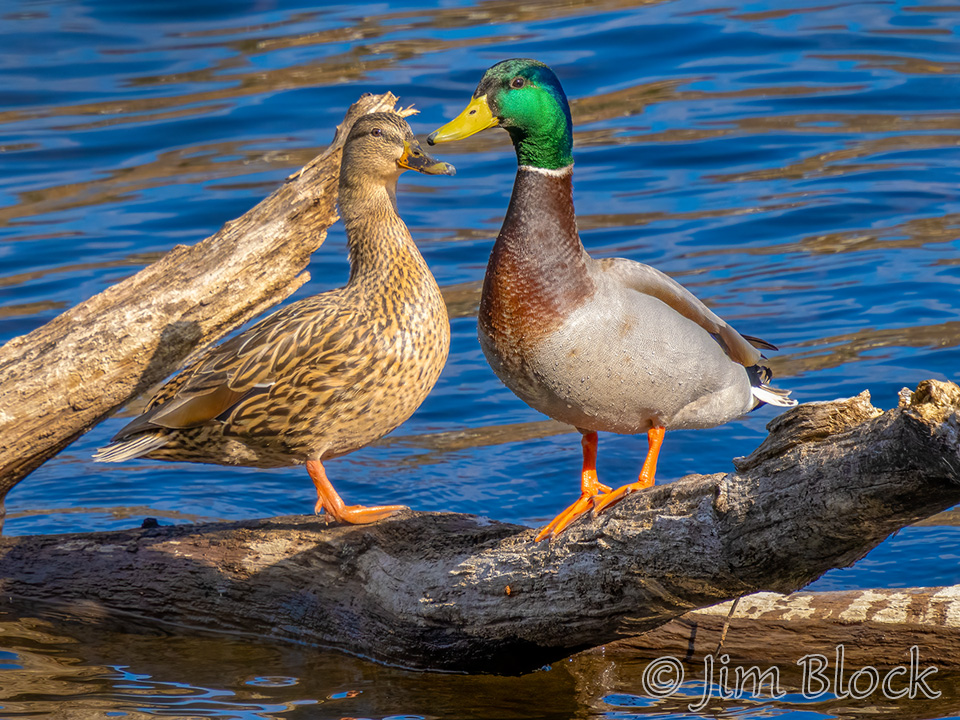
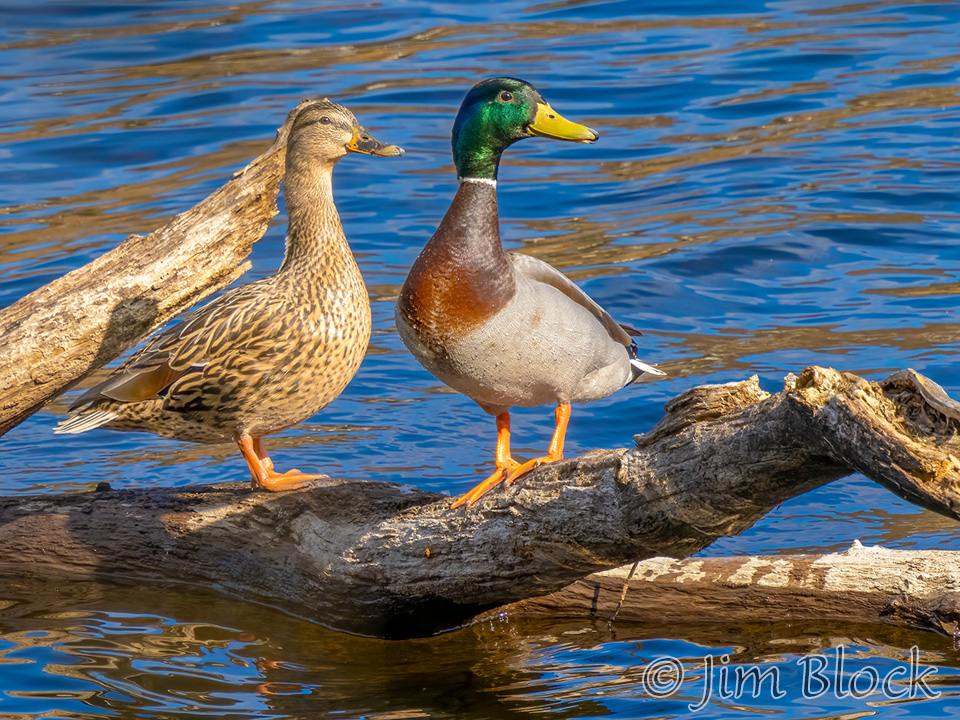
I also photographed a Bufflehead from the rail trail. This duck looks black and white from a distance but shows beautiful colors in the right light.
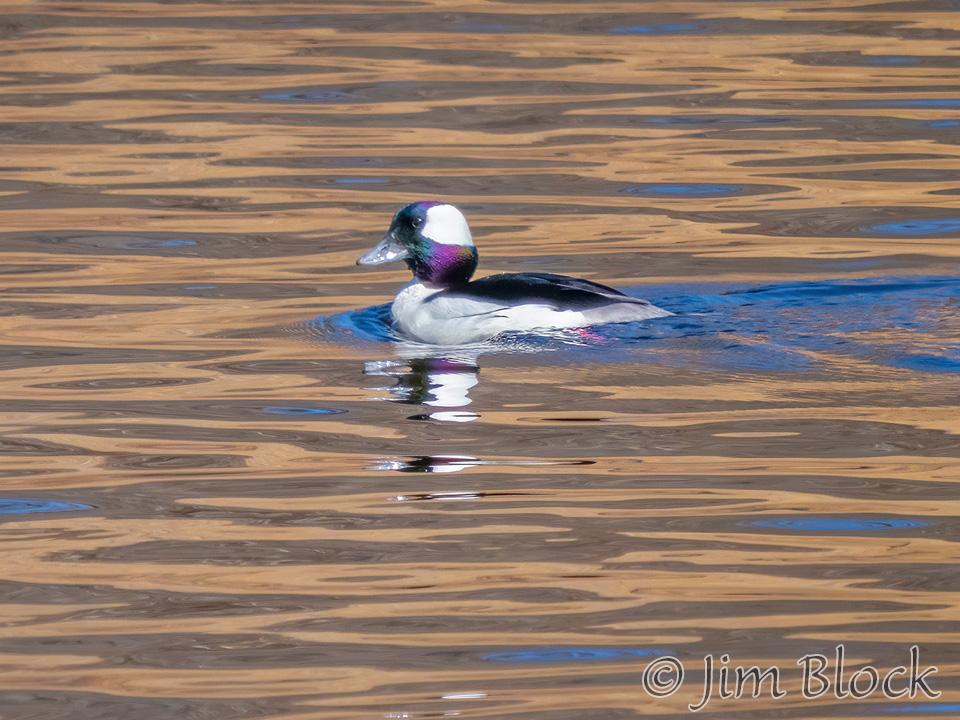
I did not expect to see any land birds along the rail trail but was pleasantly surprised. The first was a fast-moving Golden-crowned Kinglet. Thankfully, it did stay on one branch for two seconds.
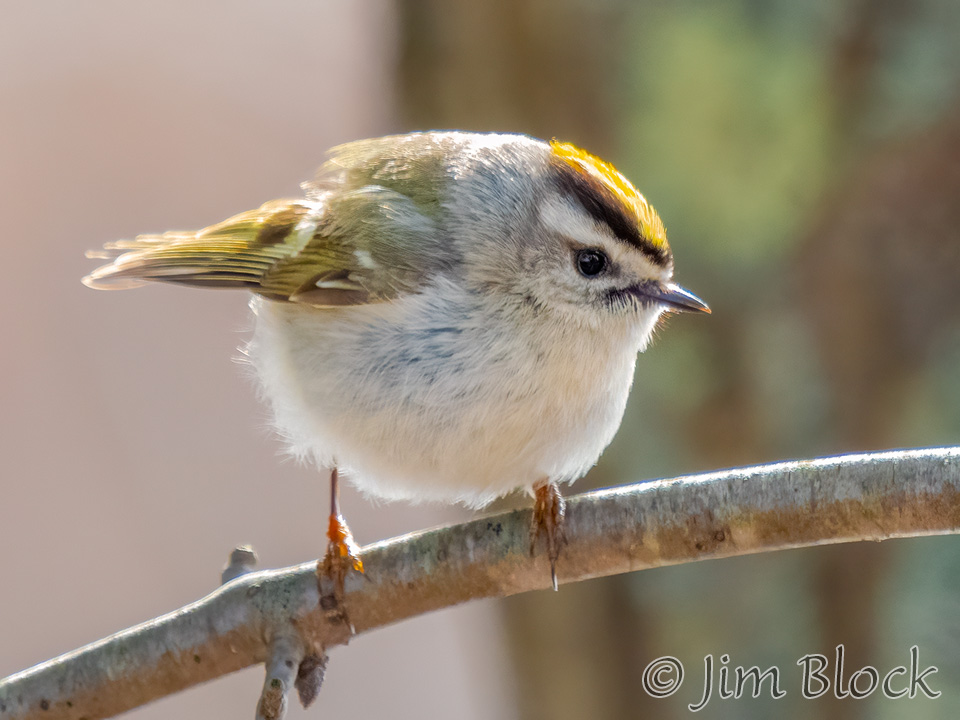
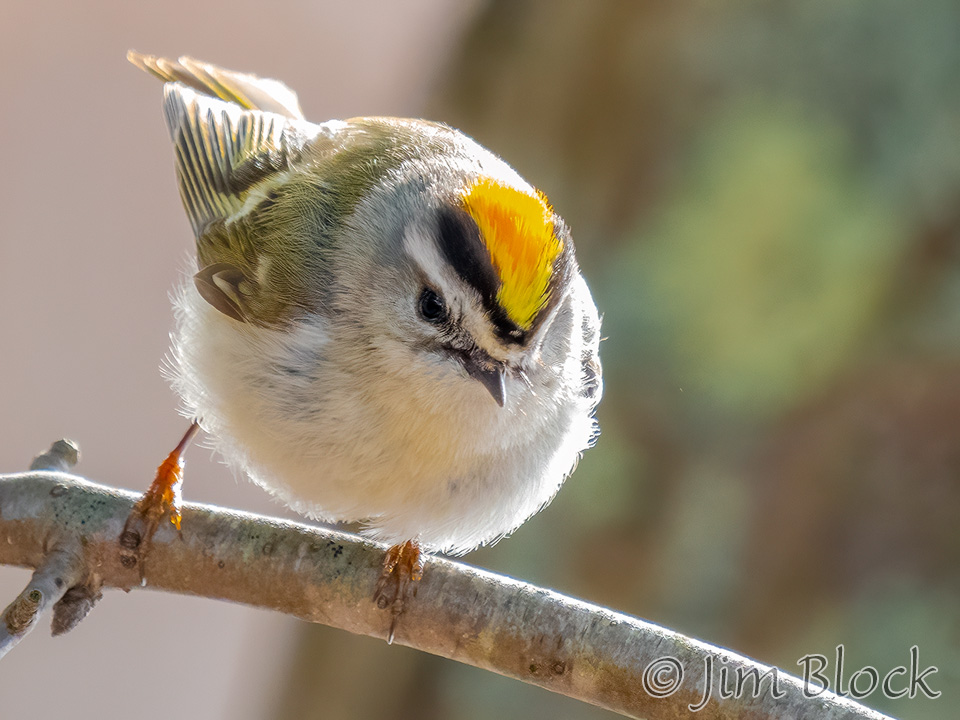
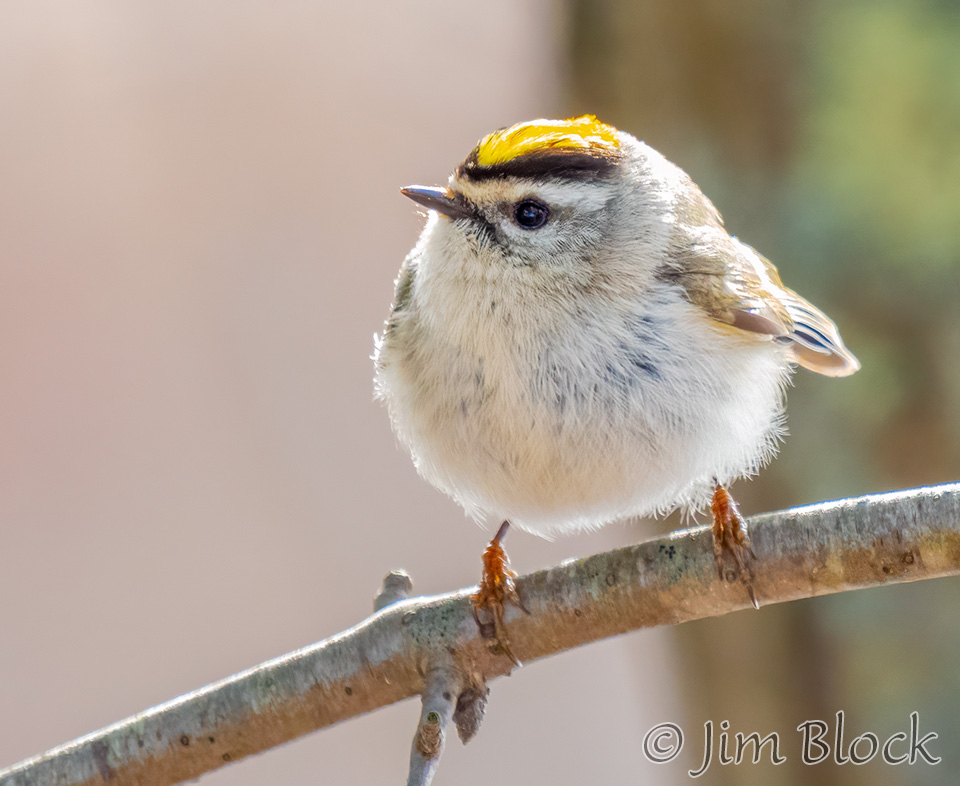
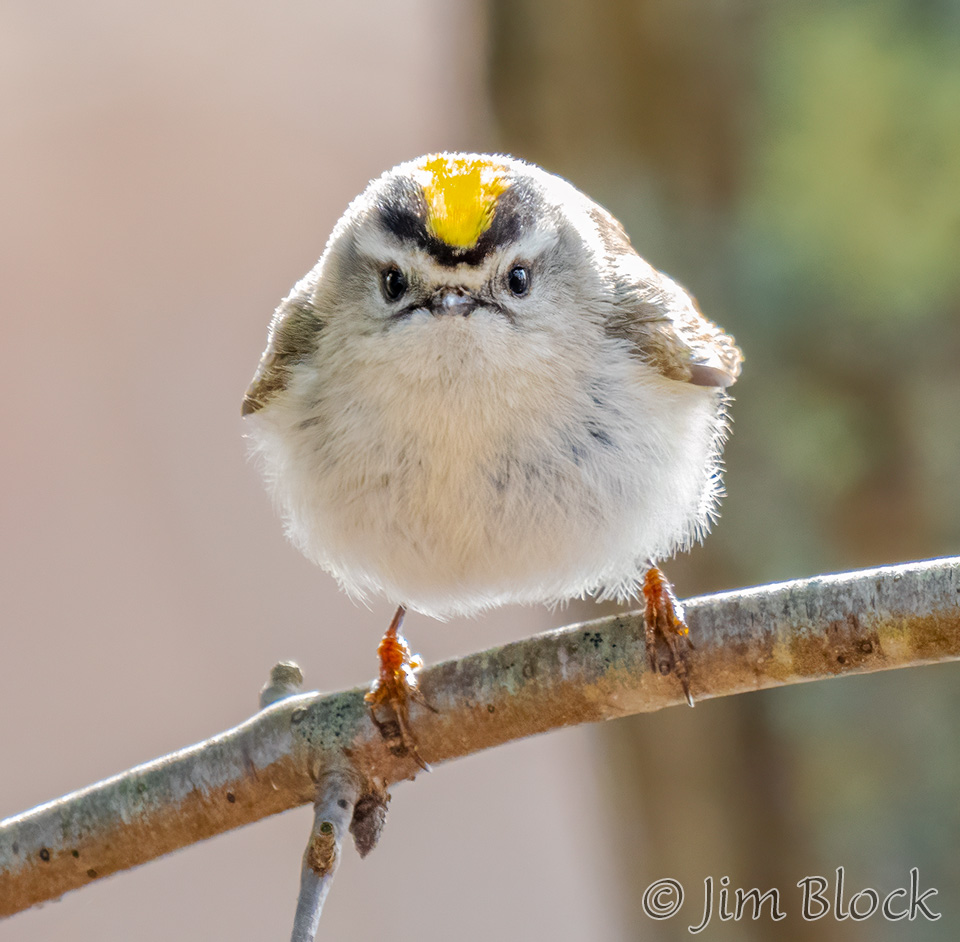
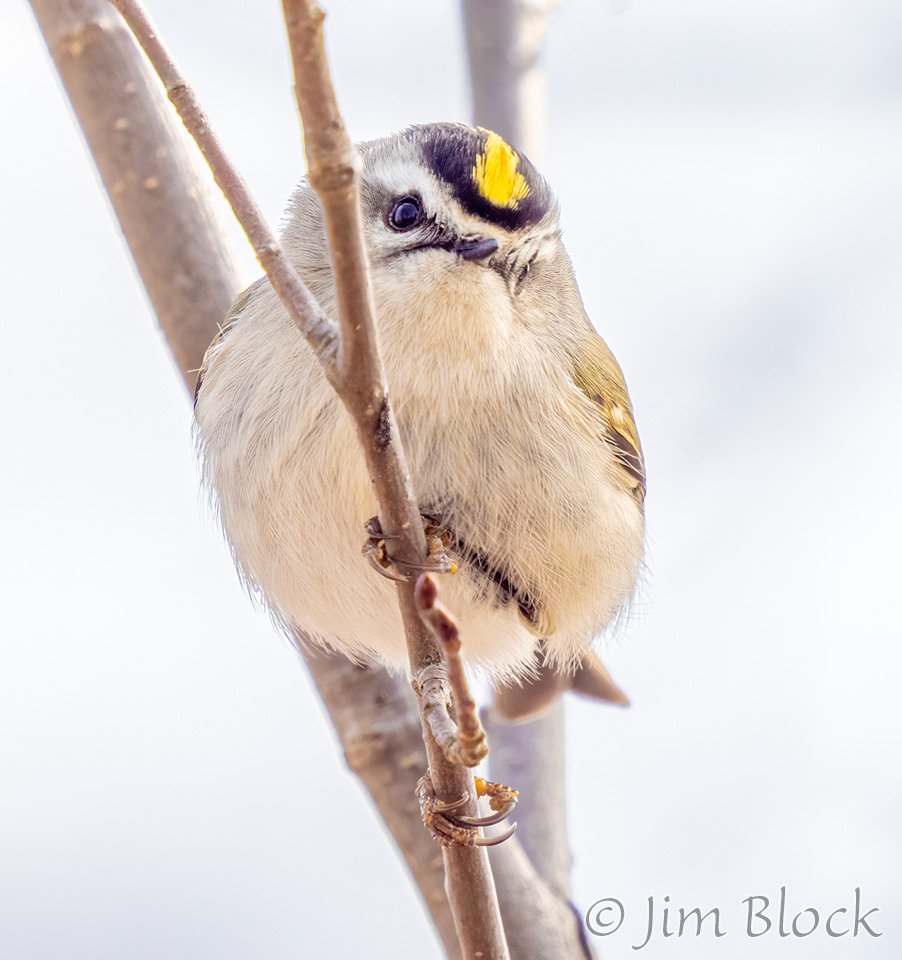
Although it should not have surprised me, I found a Carolina Wren. There was one in the same area last spring, summer, and fall so perhaps it is a resident. It seems to sing/chatter all year long.
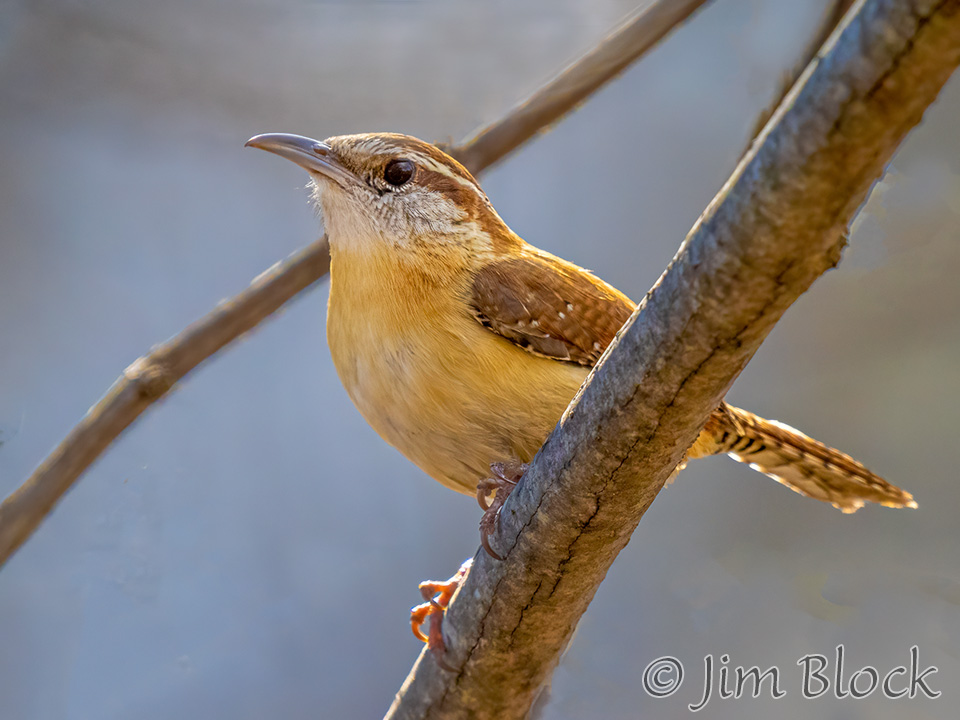
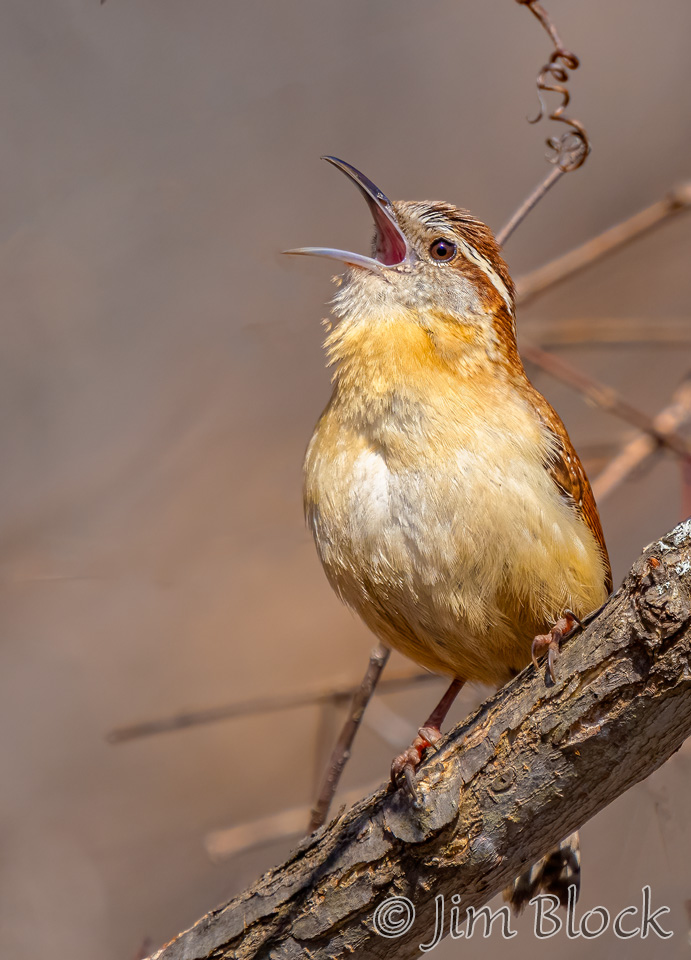
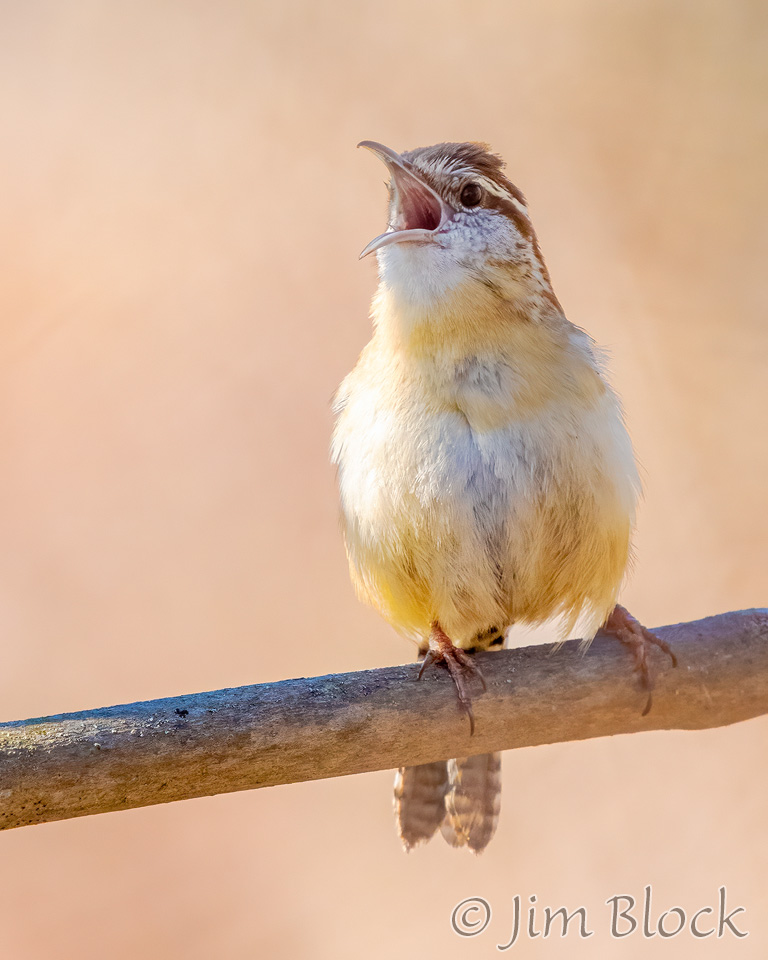
Ice Storm
We had a weekend two-day Ice Storm. The birch in our yard were bent low, though they mostly came back.
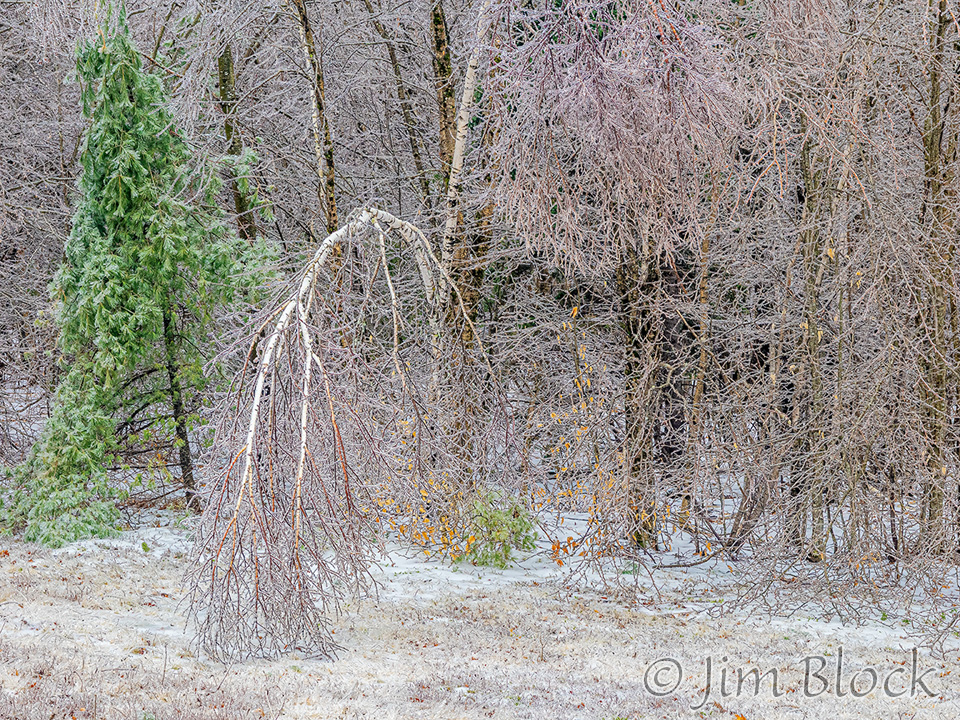
On Sunday morning the ice was over 1/2 inch thick in many spots. You can see this red maple is beginning to bud.

When the rain was not falling and building up the ice, it snowed lightly adding a nice soft touch to the ice in some of the photos of these chickadees and titmice.
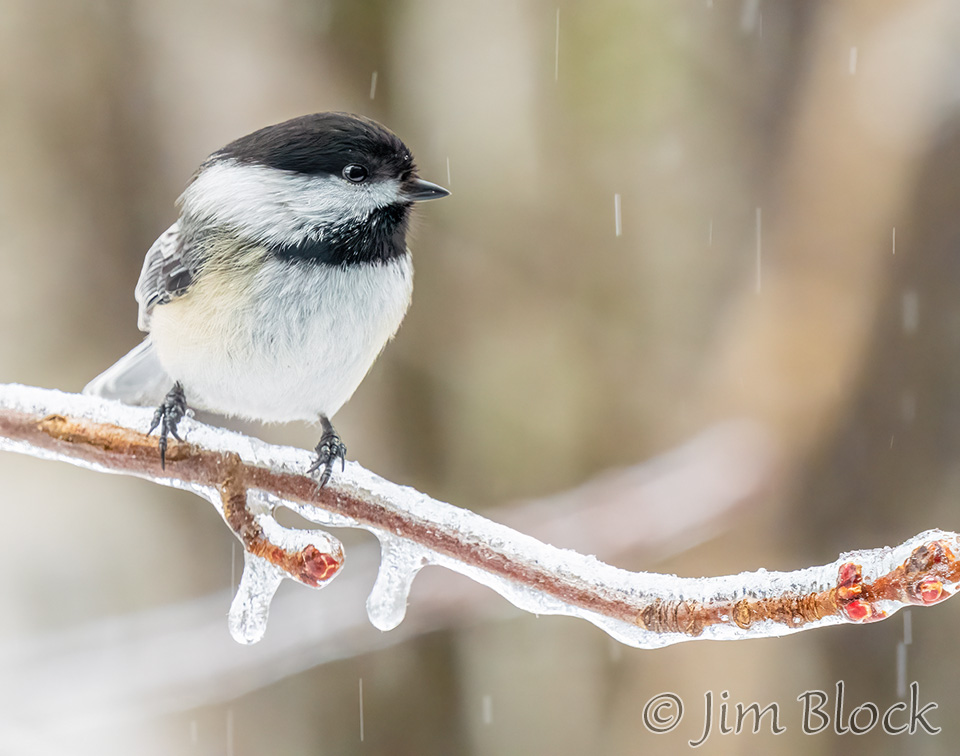
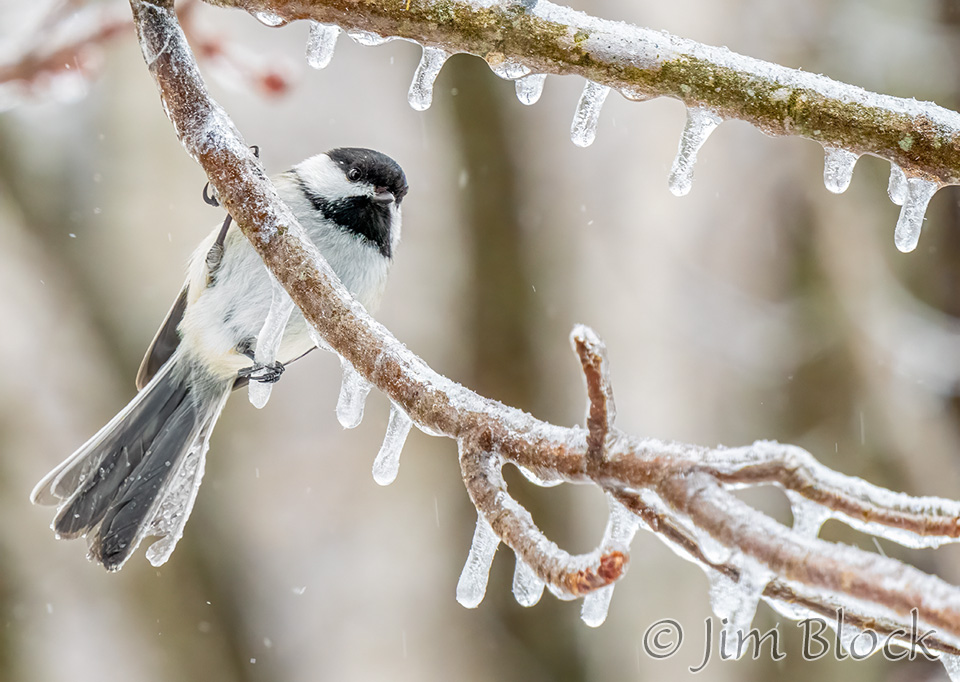
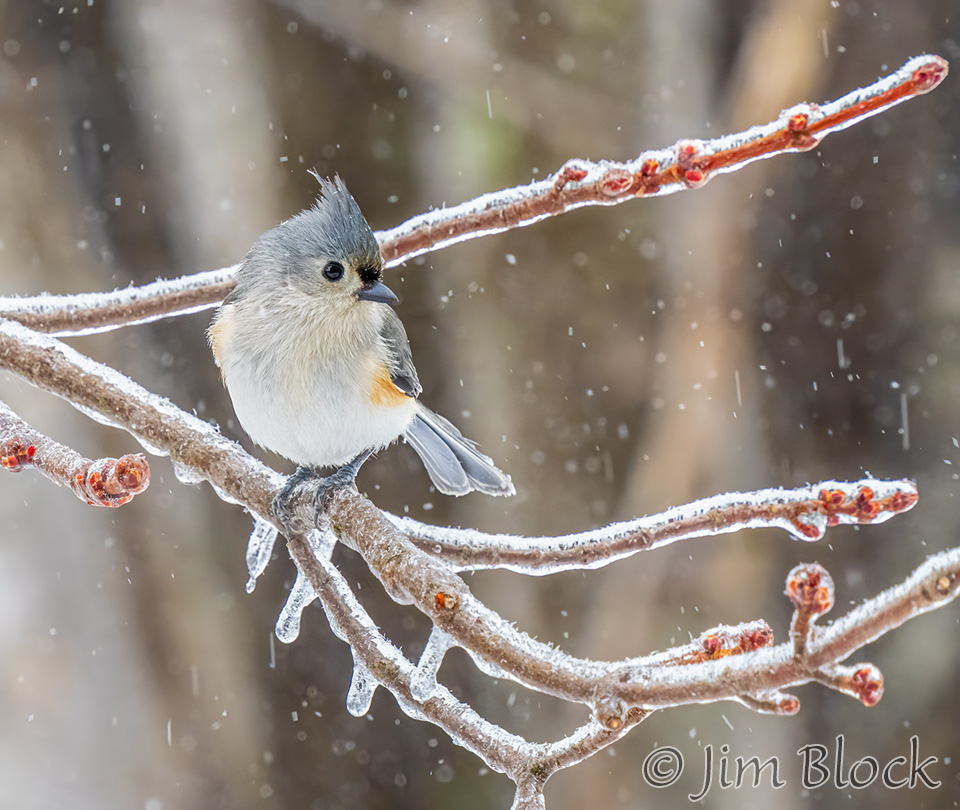
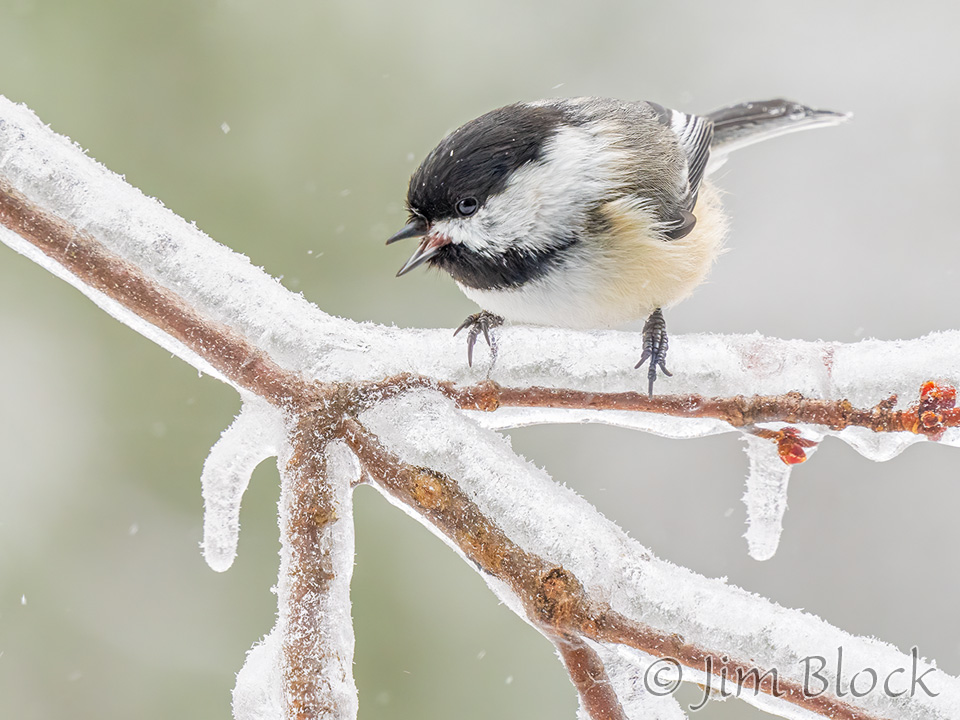

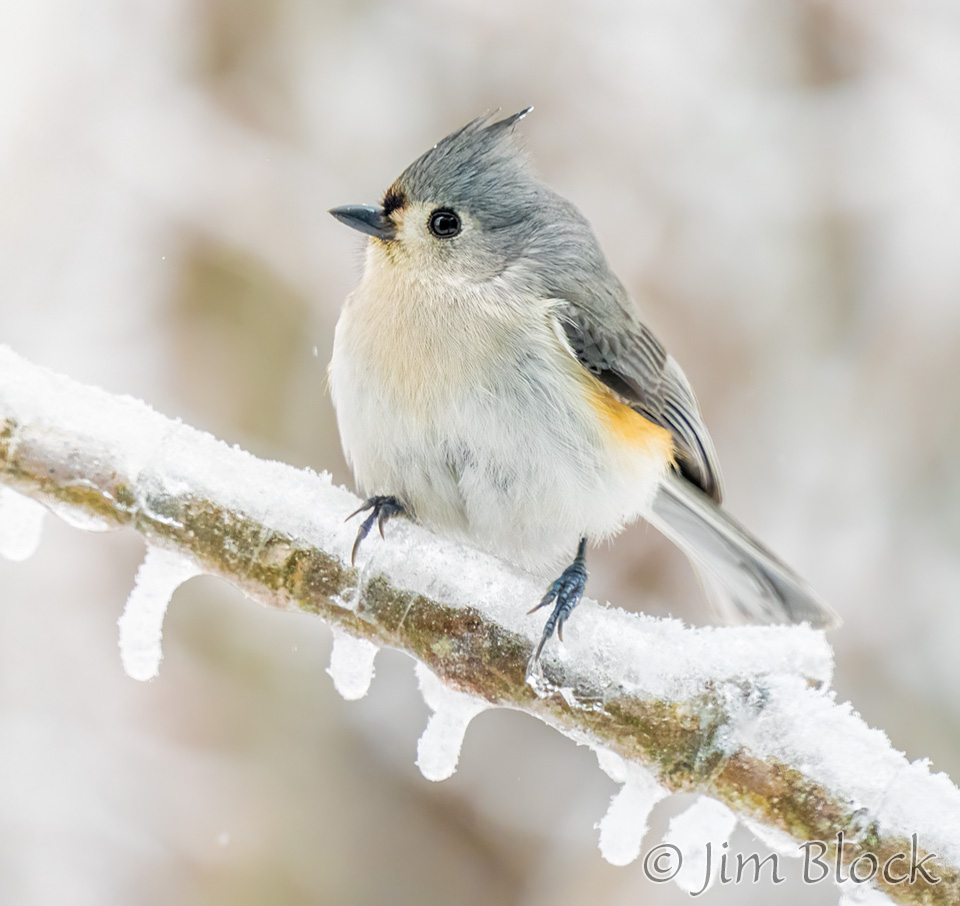
Last month a first-ever Northern Cardinal visited our yard for a short minute while it was snowing. During this ice storm our second and third cardinals visited both days. They only seem to come when the weather is bad. But they really stood out nicely with the white of the ice and snow.
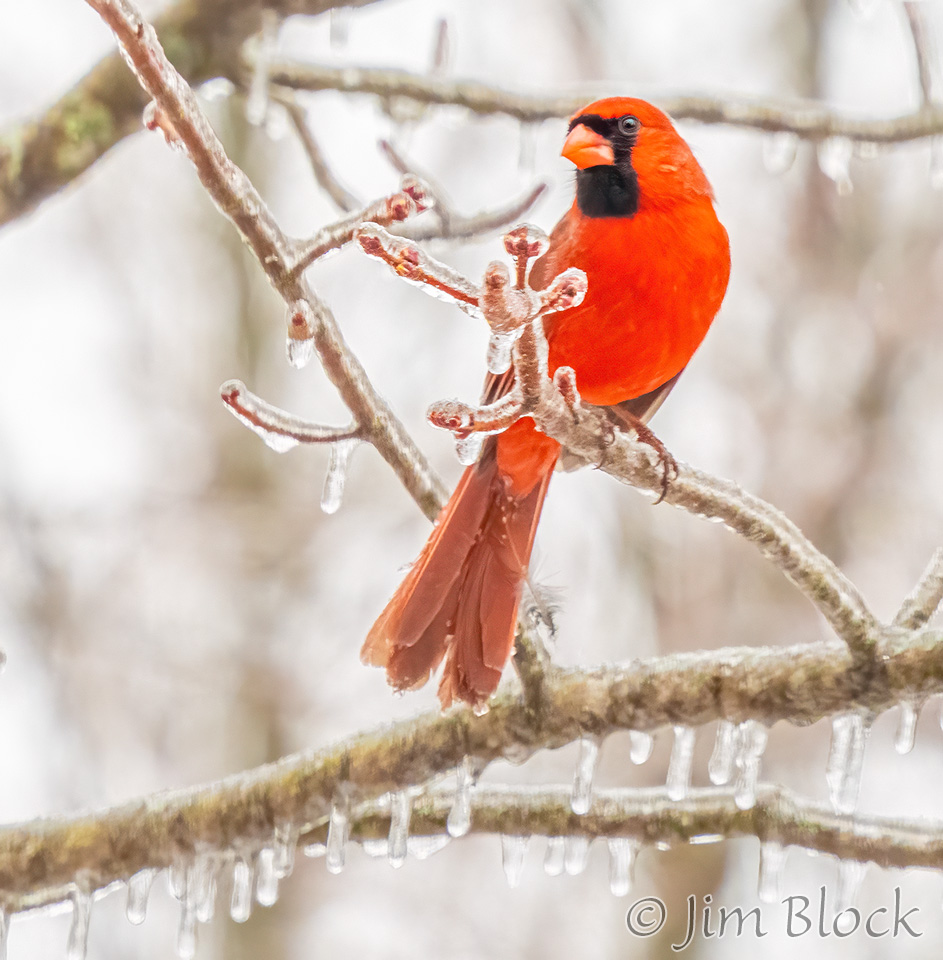
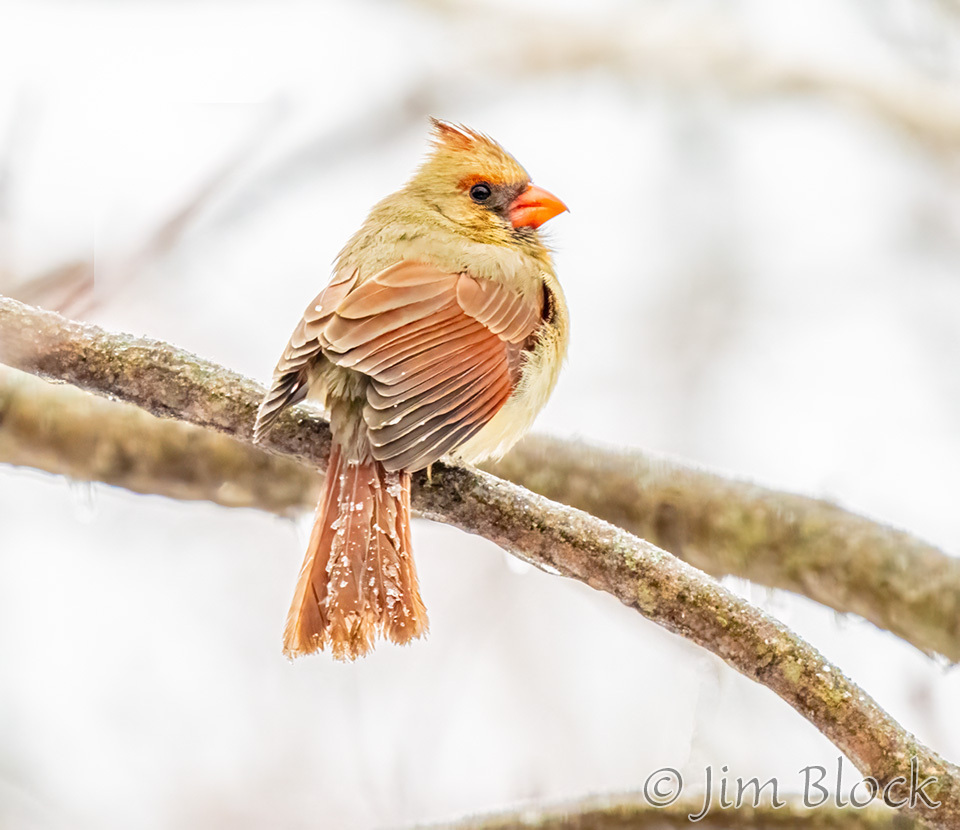
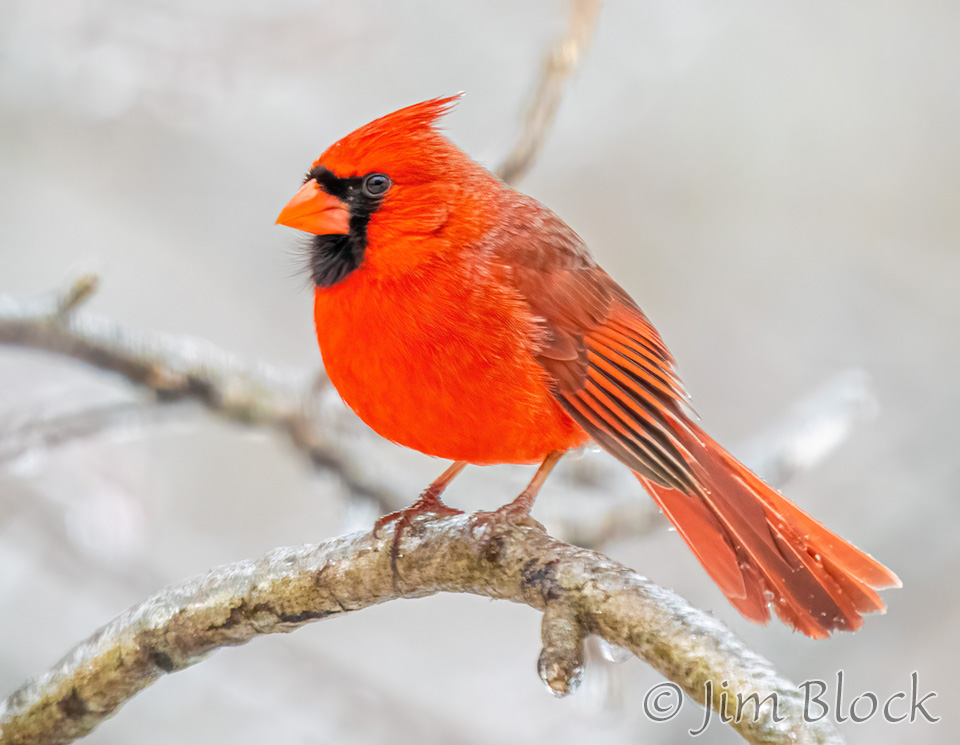
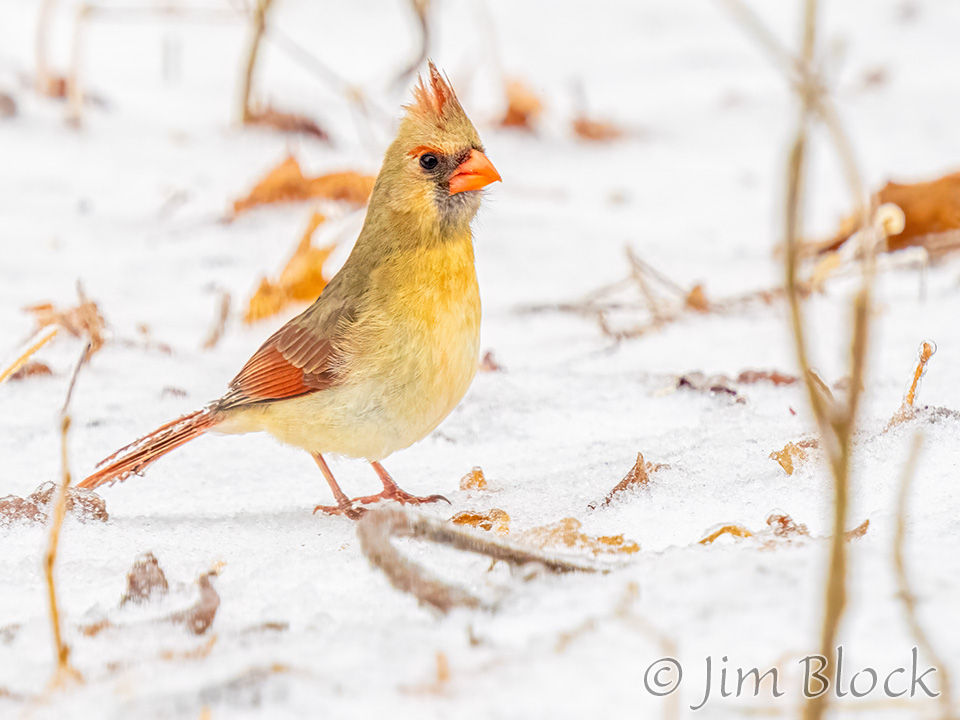
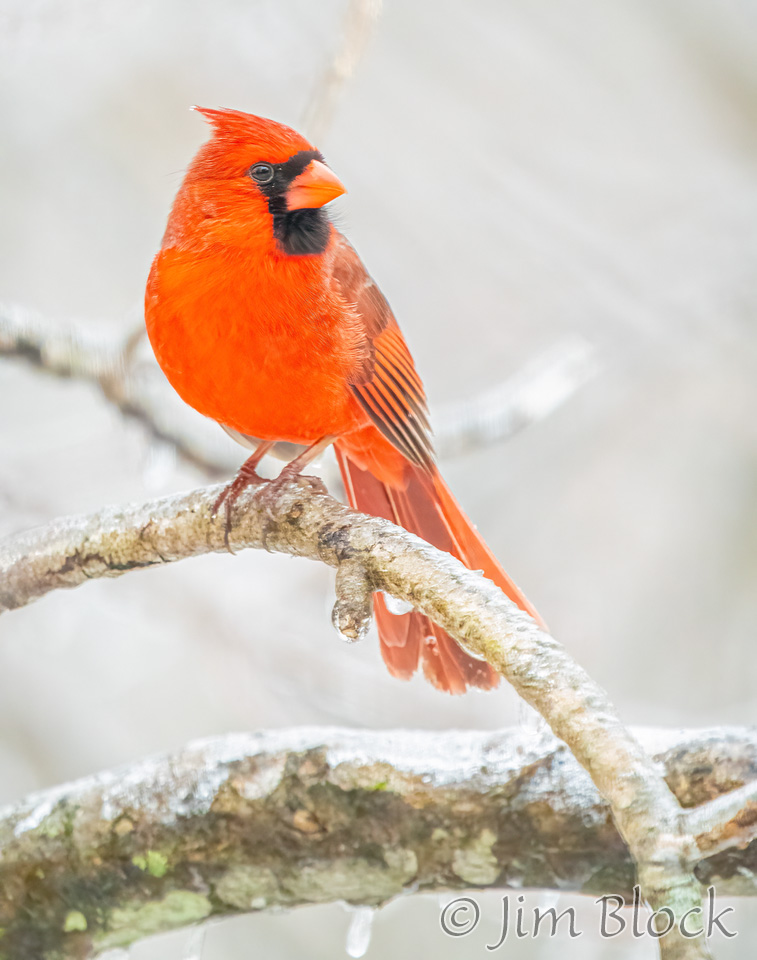
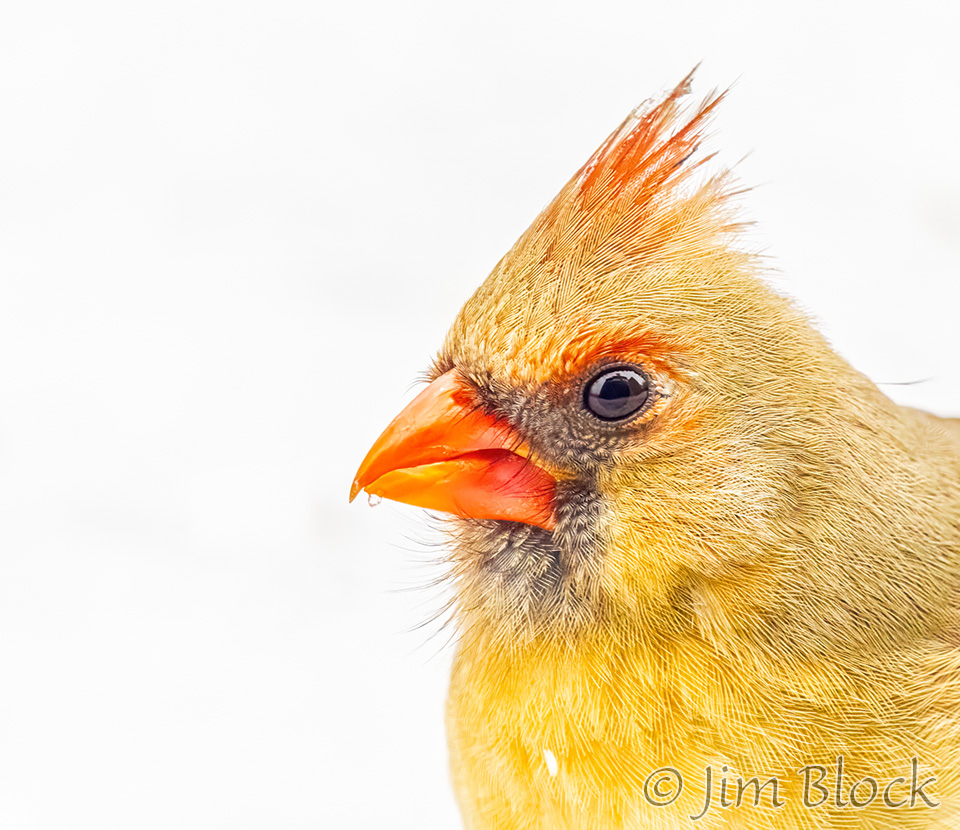
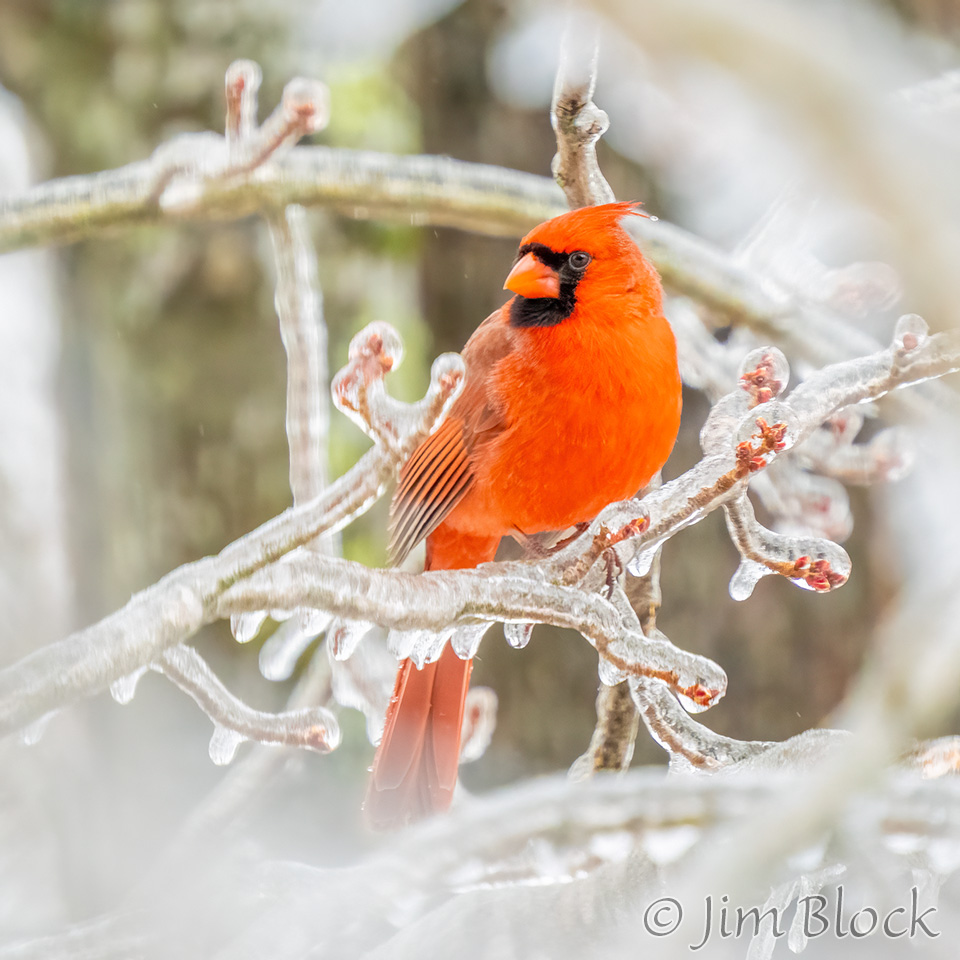
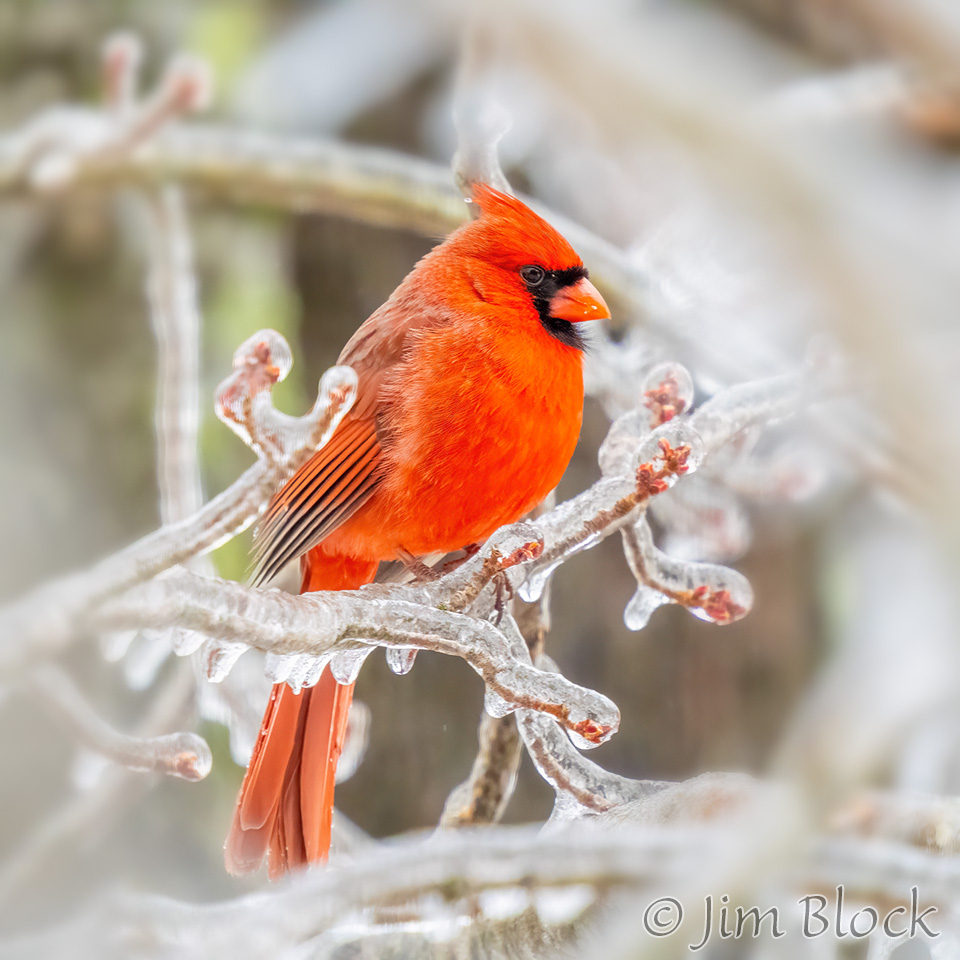
We have had Red-breasted Nuthatches all winter long in our Etna yard. They seemed unfazed by the ice.
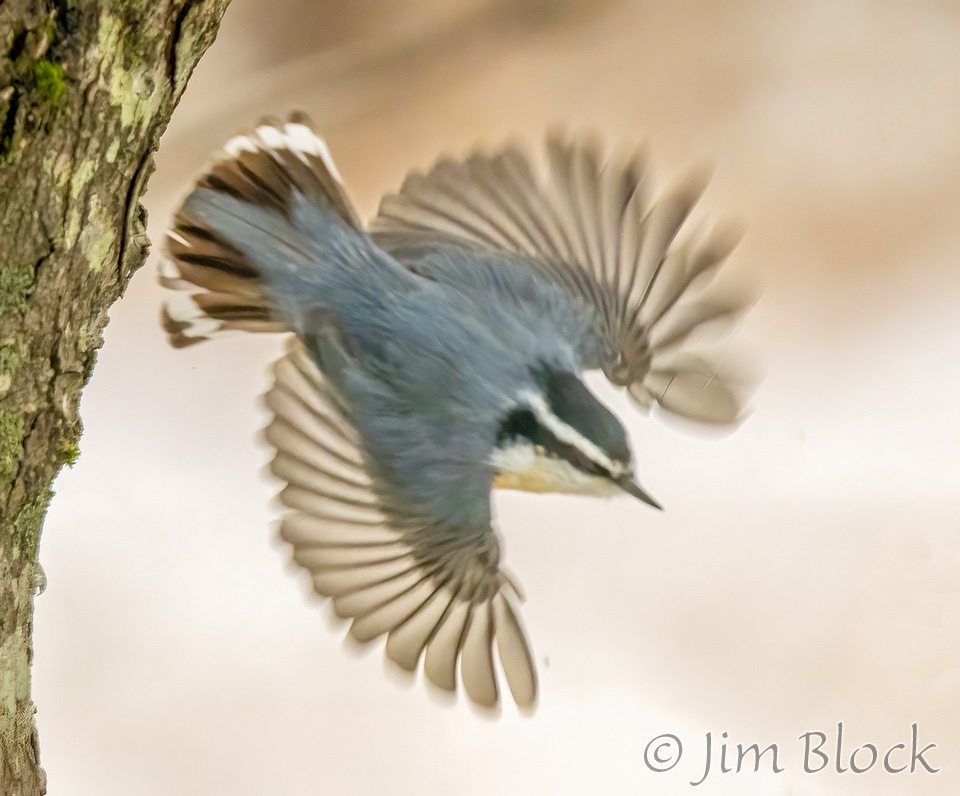
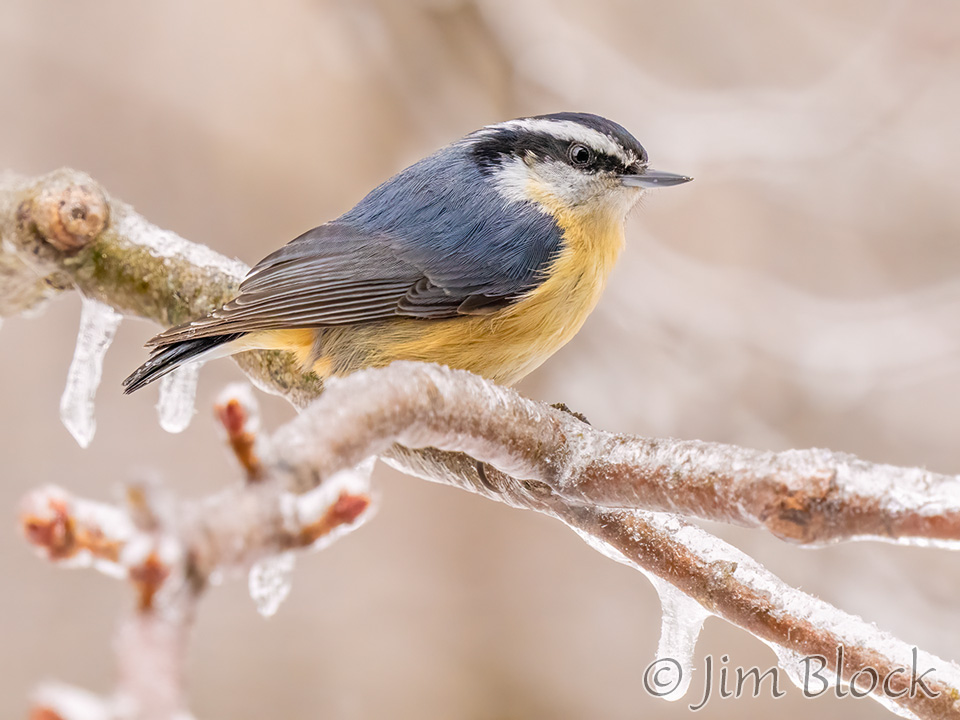
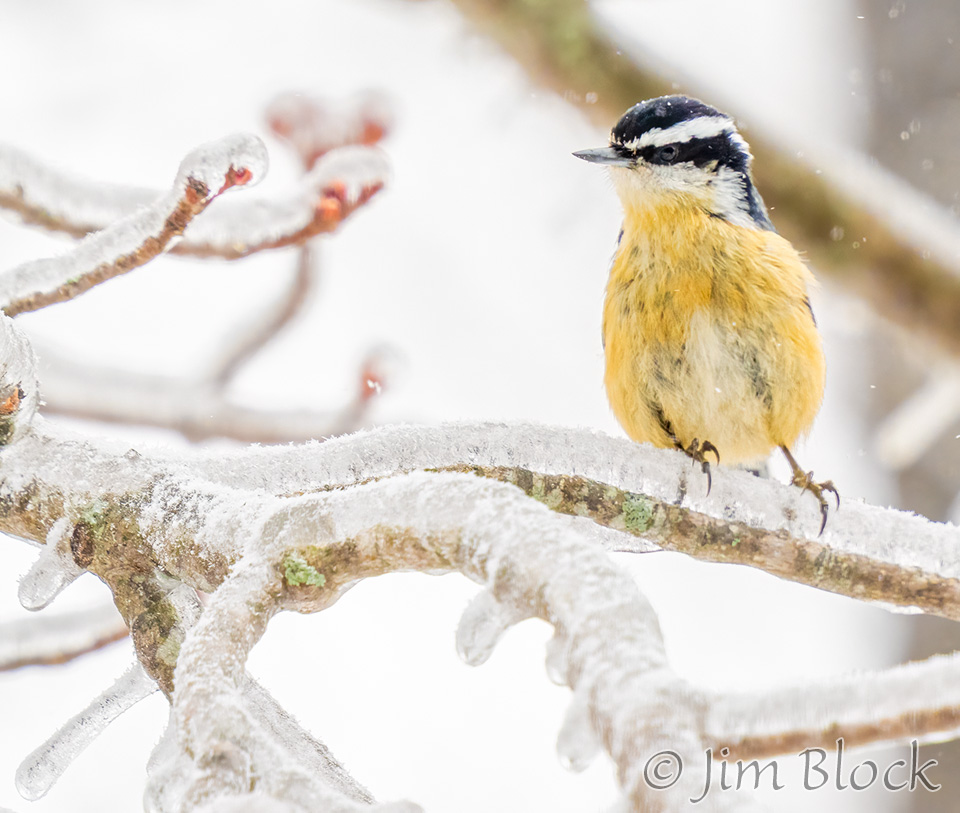
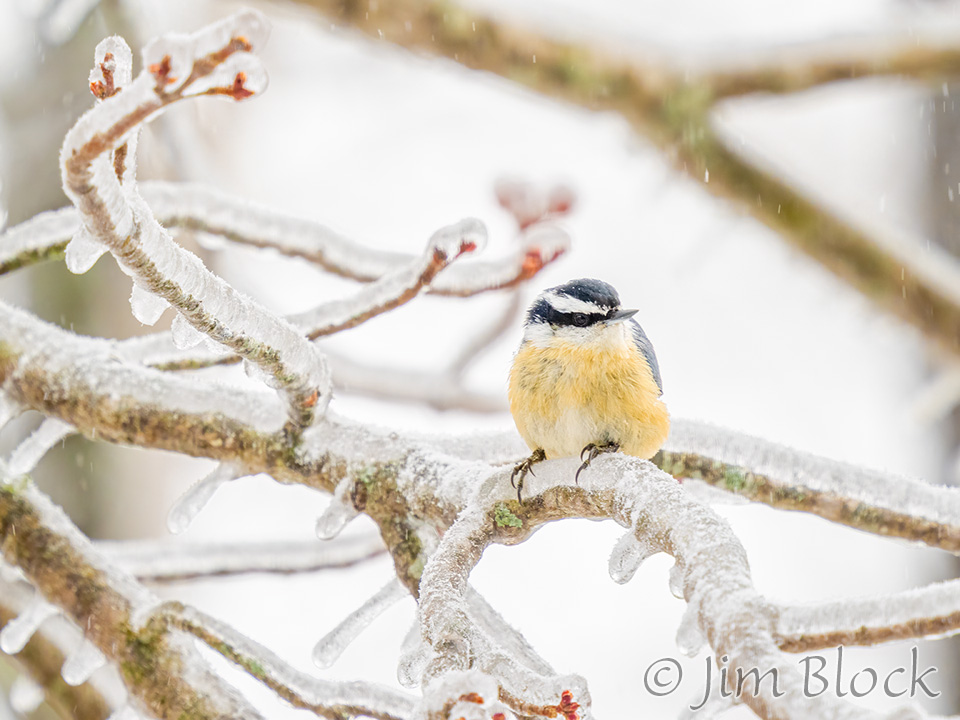
We have also had our share of White-breasted Nuthatches.
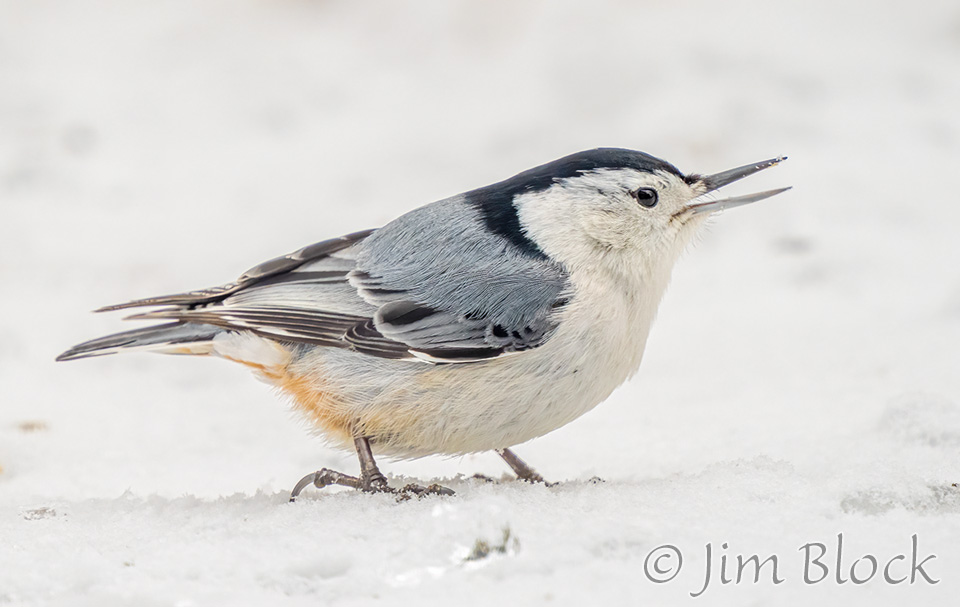
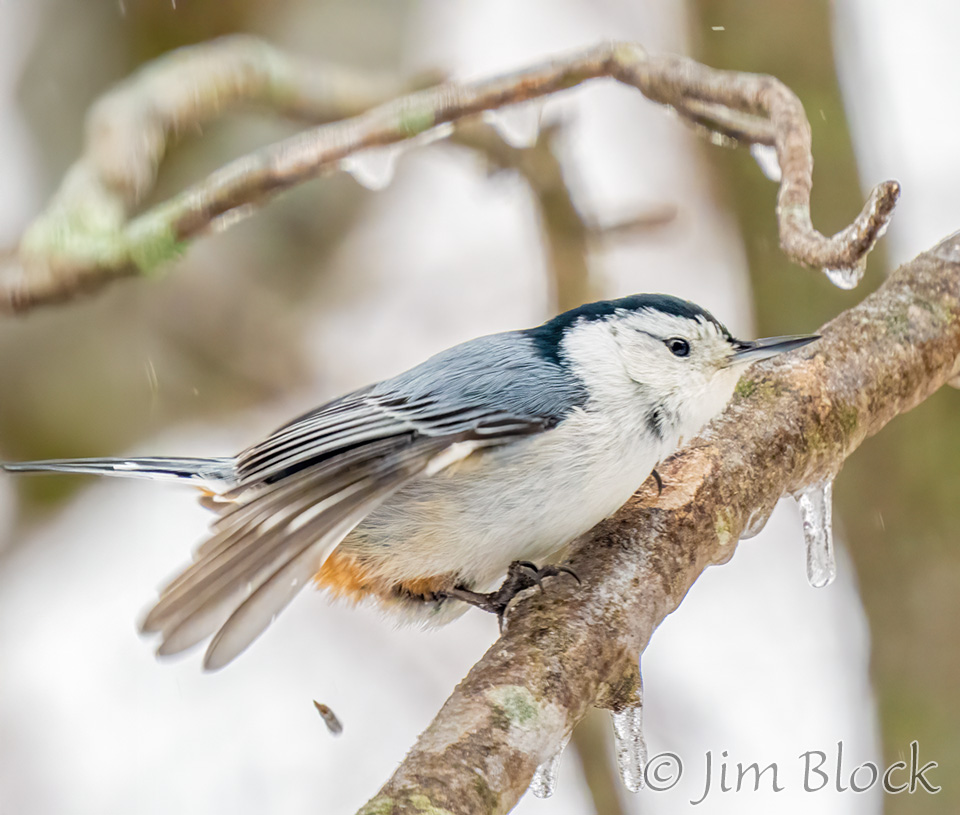
Dark-eyed Juncos have been present for about a month.
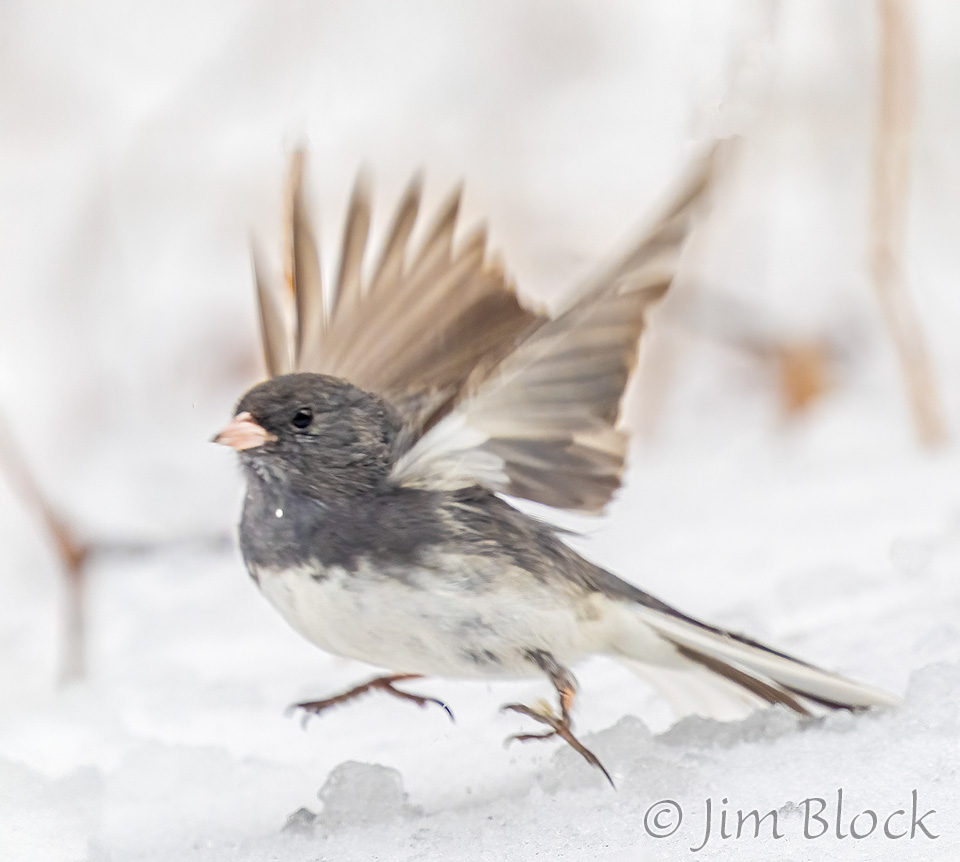
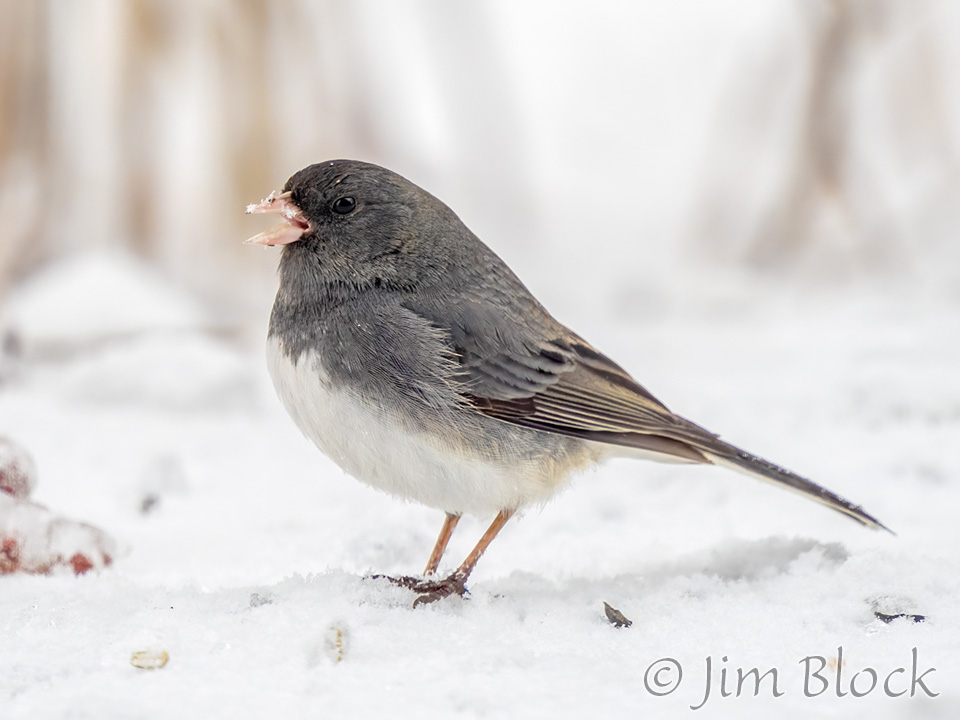
This one is sitting on the trunk of a white birch bent to the horizontal by the ice. The birch came back when the ice melted.
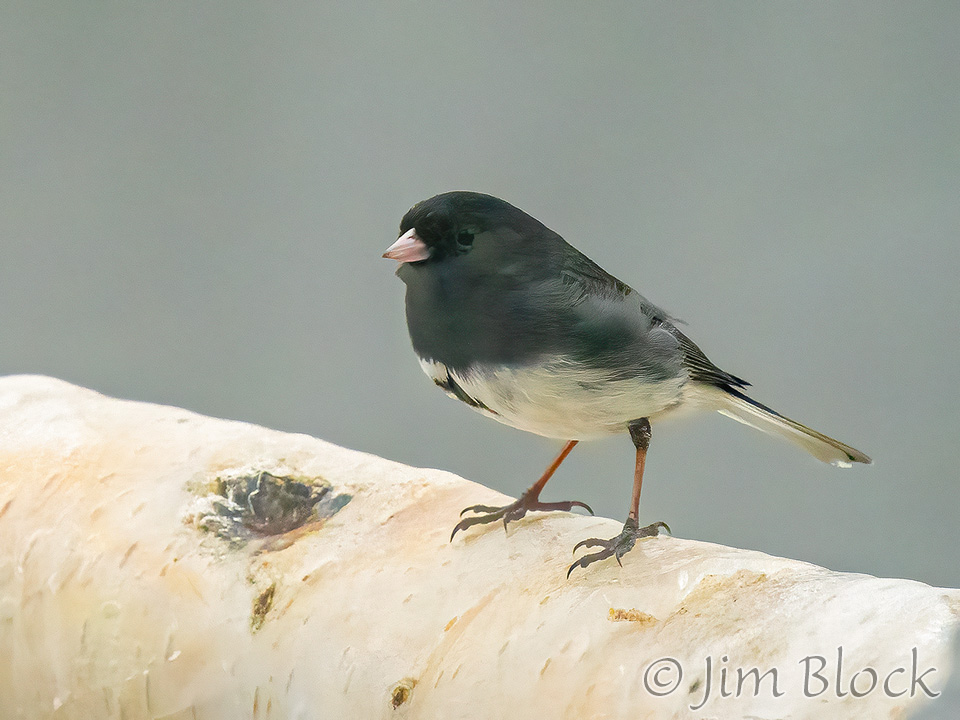
In the last few weeks quite a number of American Goldfinch have visited our yard from time-to-time. Here is one chasing a titmouse from its icy red maple perch.

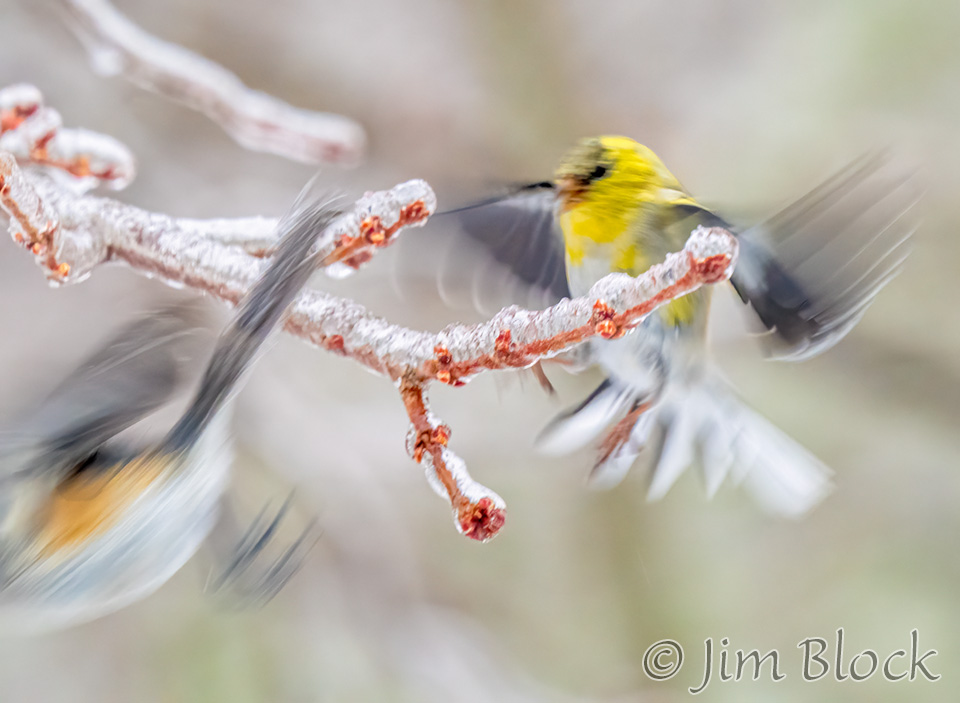
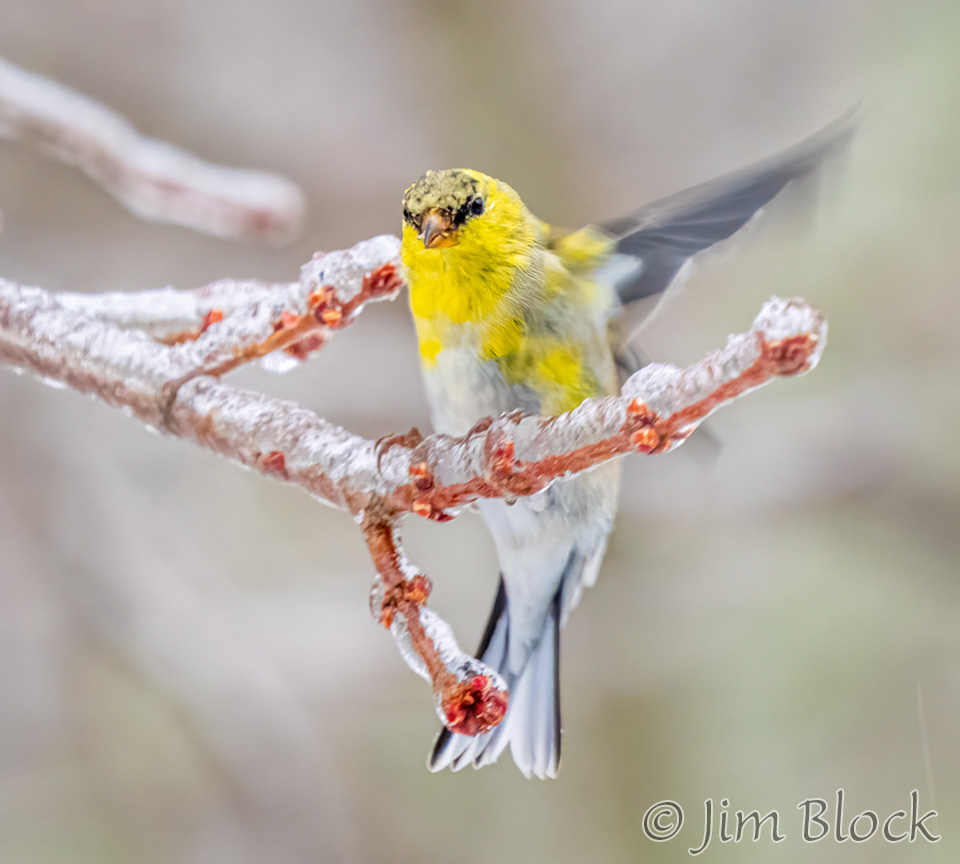
American Kestrels in Thetford, Vermont
American Kestrels are regulars along Stevens Road in Thetford, Vermont, just north of the Norwich town line. There are at least two pair present this year. They are hard to approach, but I managed to get fairly close a few times.
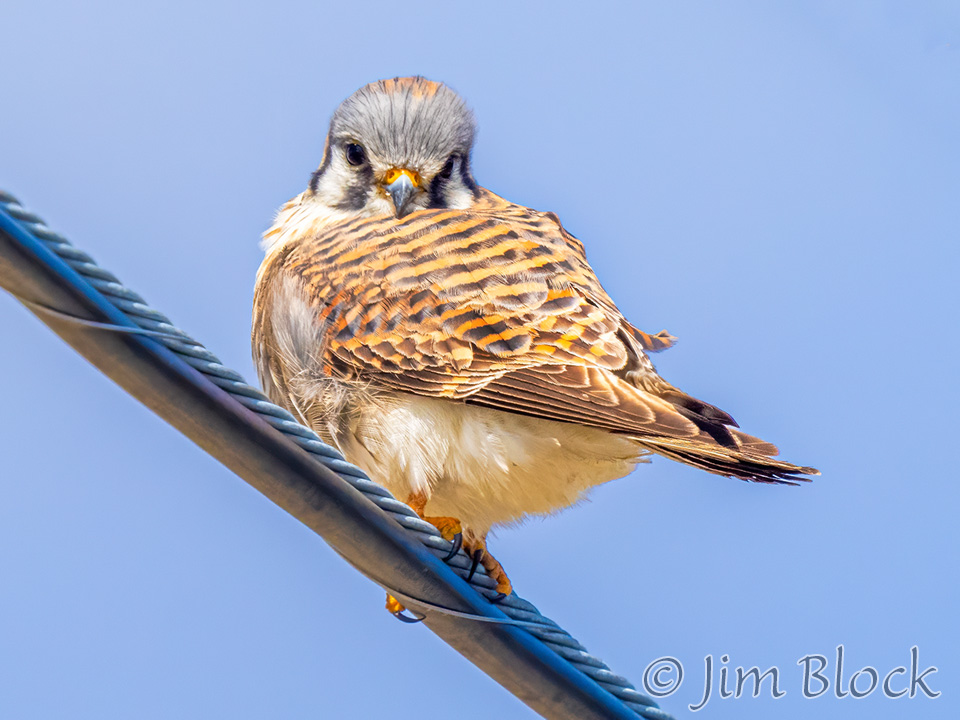
I like to photograph birds in a natural environment, not on feeders or powerlines. But the natural environment for American Kestrels is fence posts and powerlines. Even though they are man-made, this is where kestrels mostly reside while searching the fields for prey.
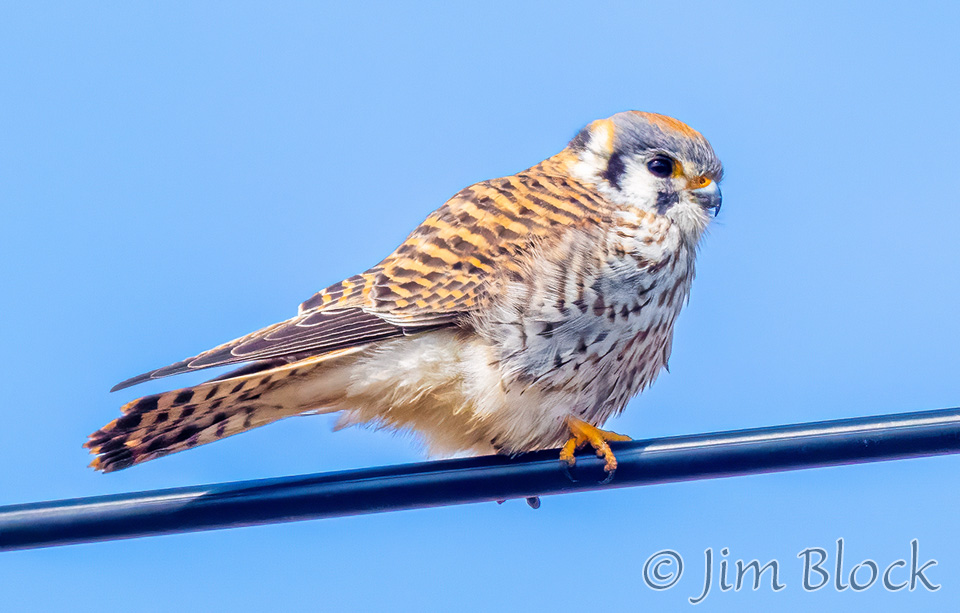
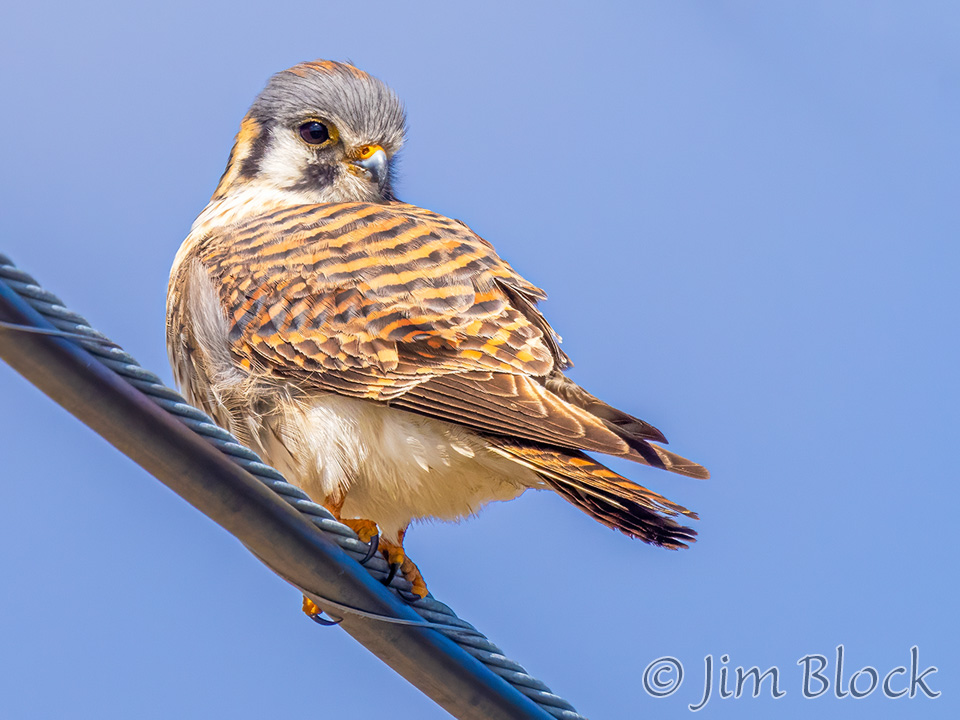
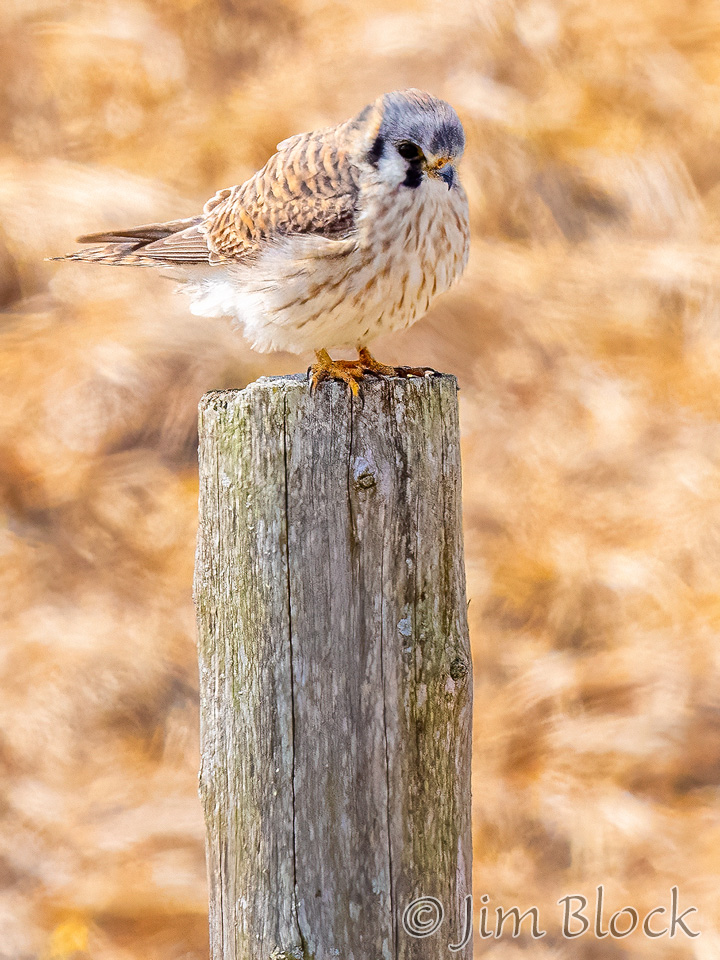

The male kestrel can be distinguished from the female by the blue on its wings. The first photo below shows the male and the second is the female.
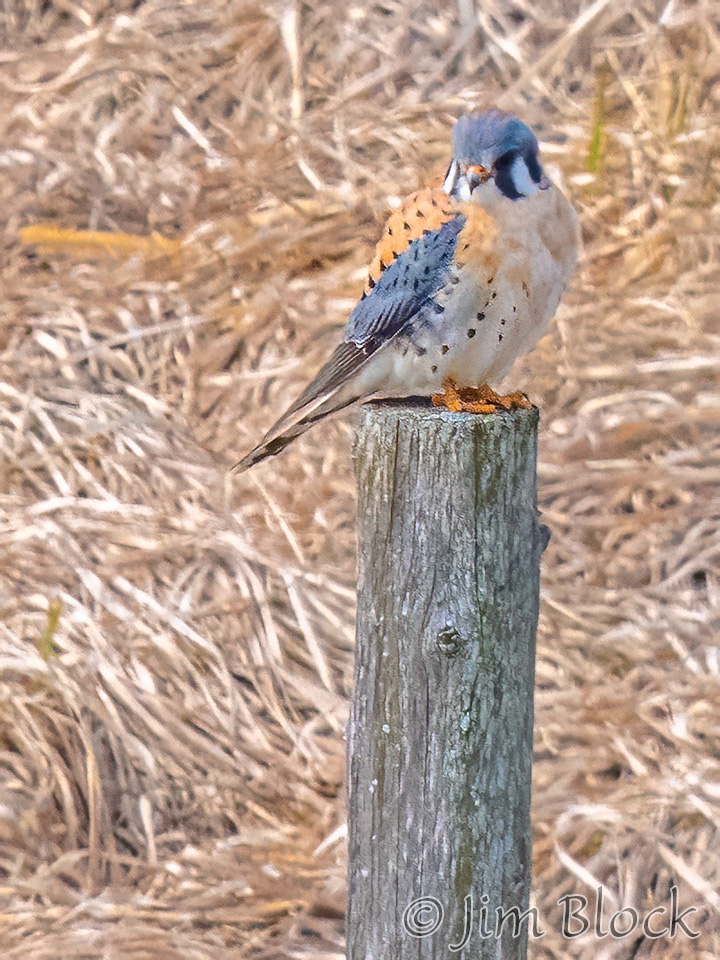
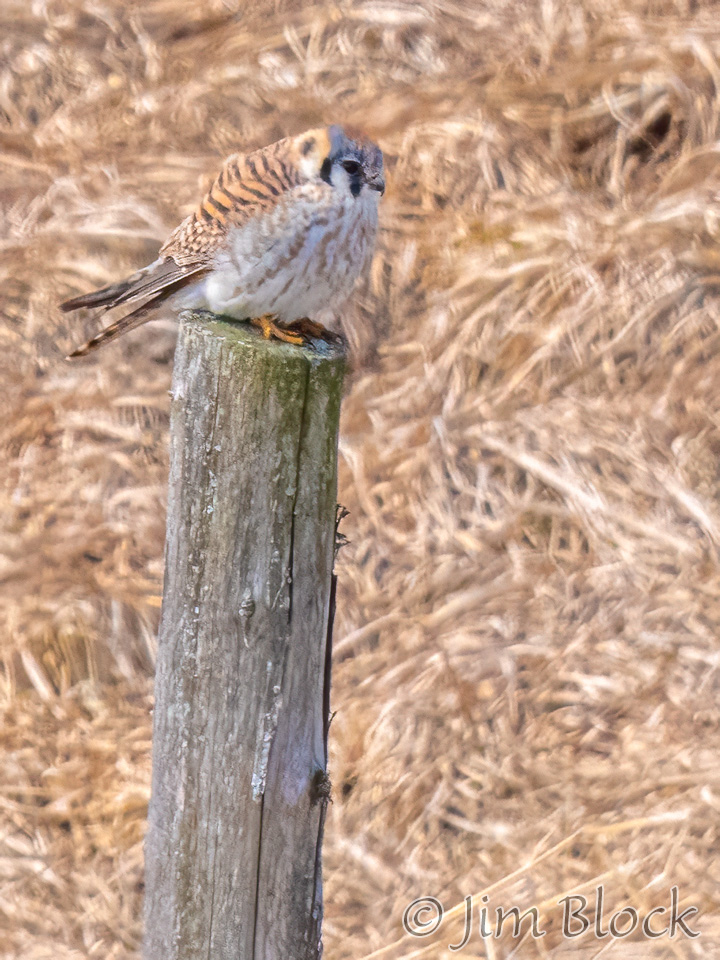
They have beautiful tail feathers.
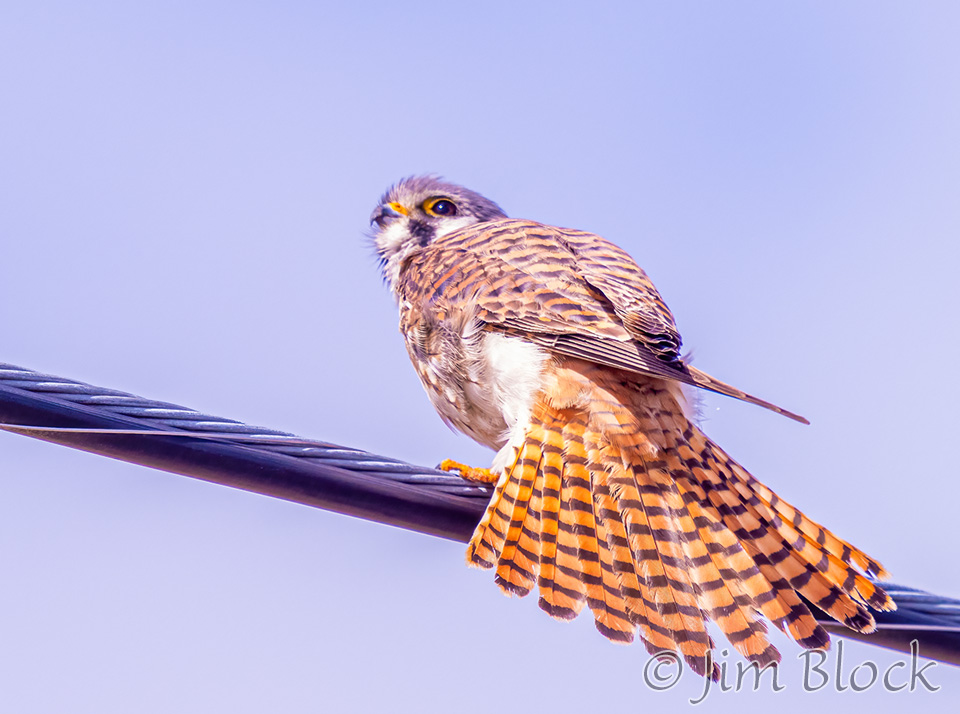
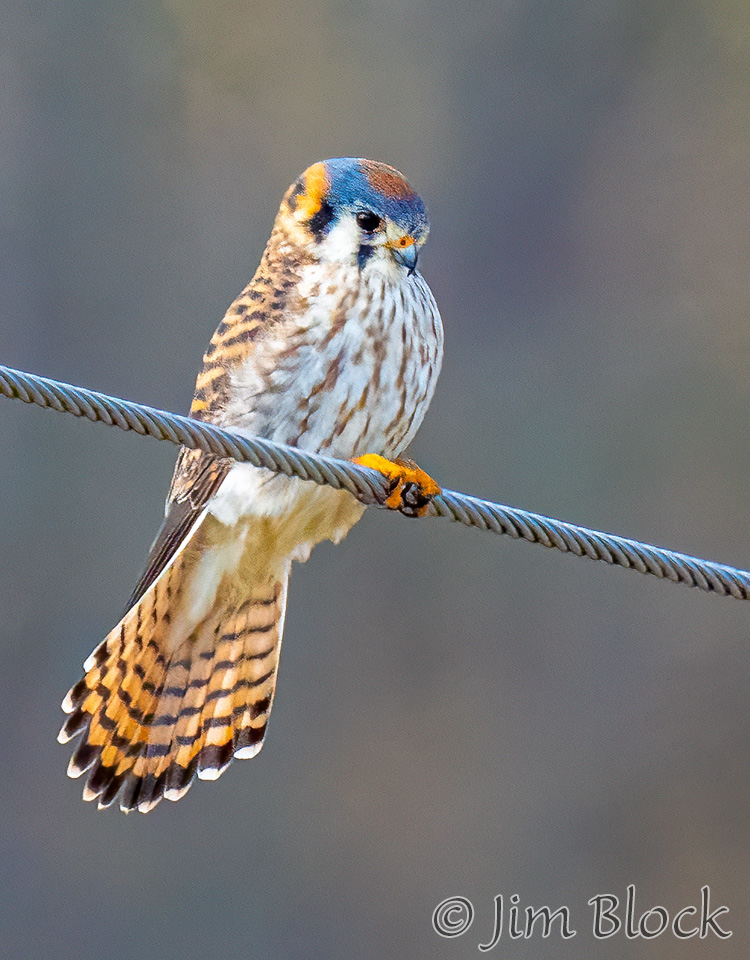
I managed to photograph some in flight.
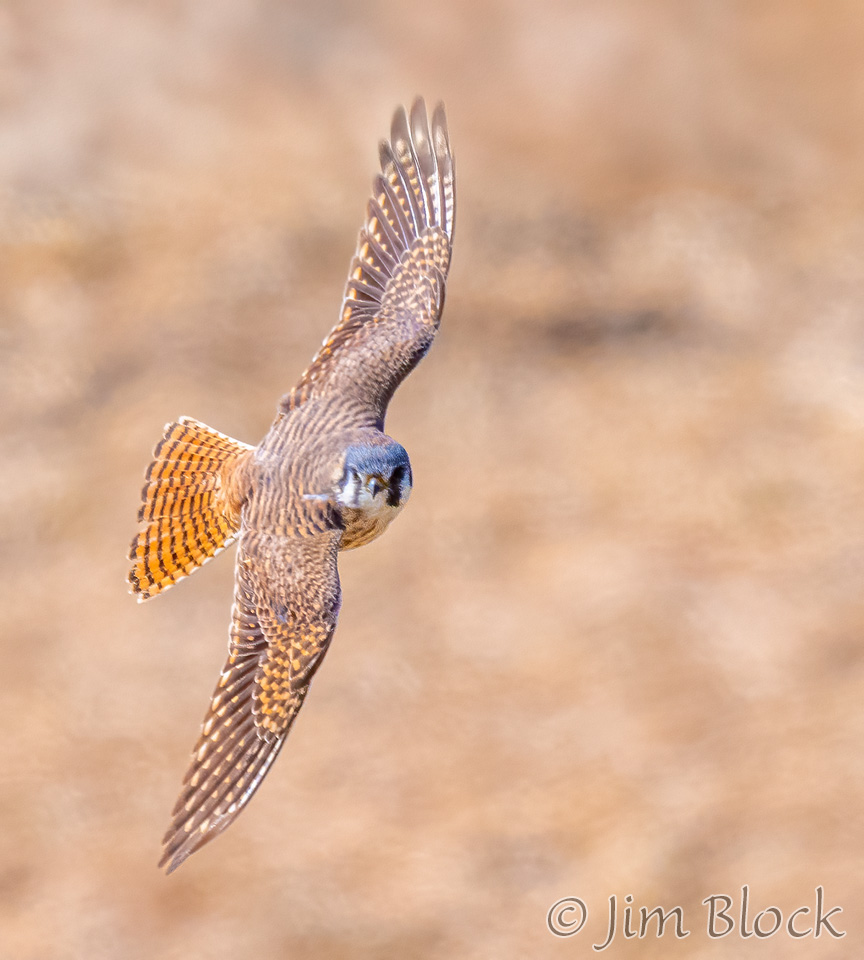
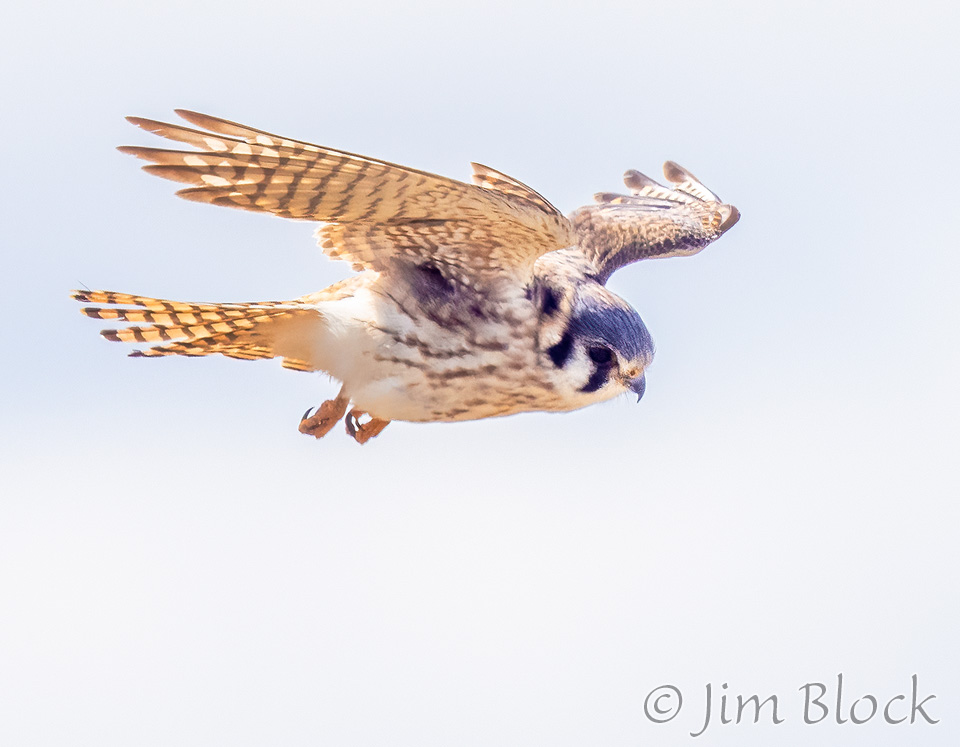

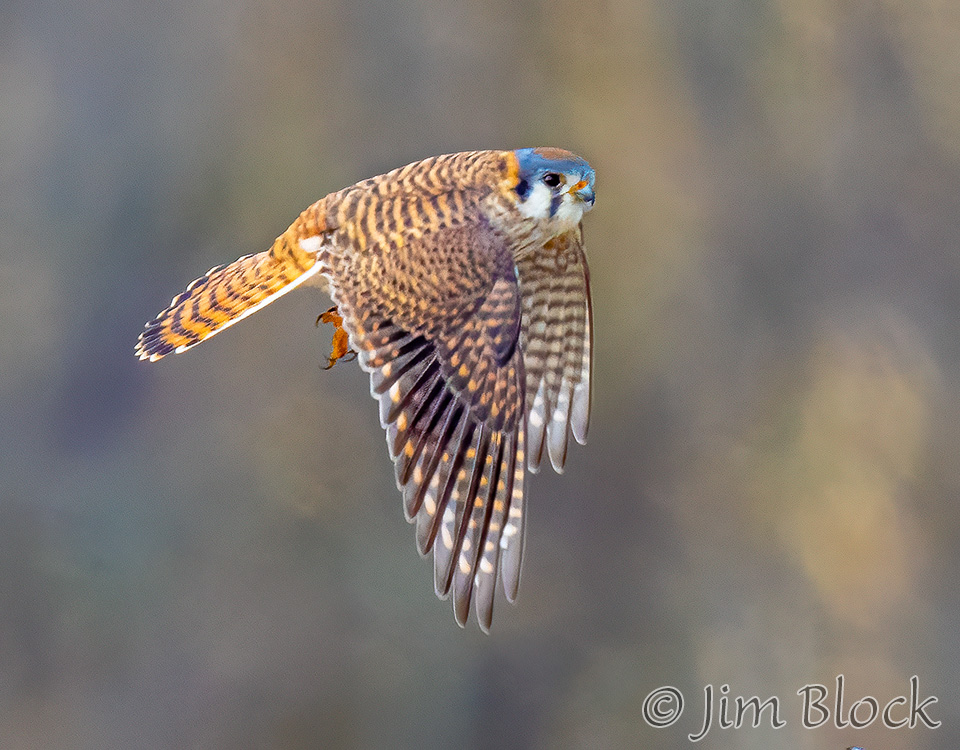
More often one sees them at a distance. In the first photo below the female is on the left and the male on the right.
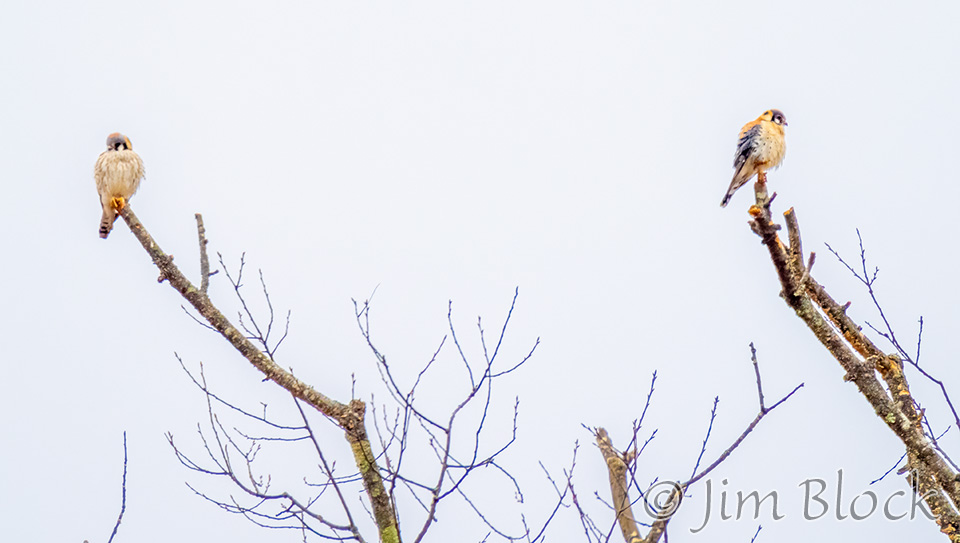
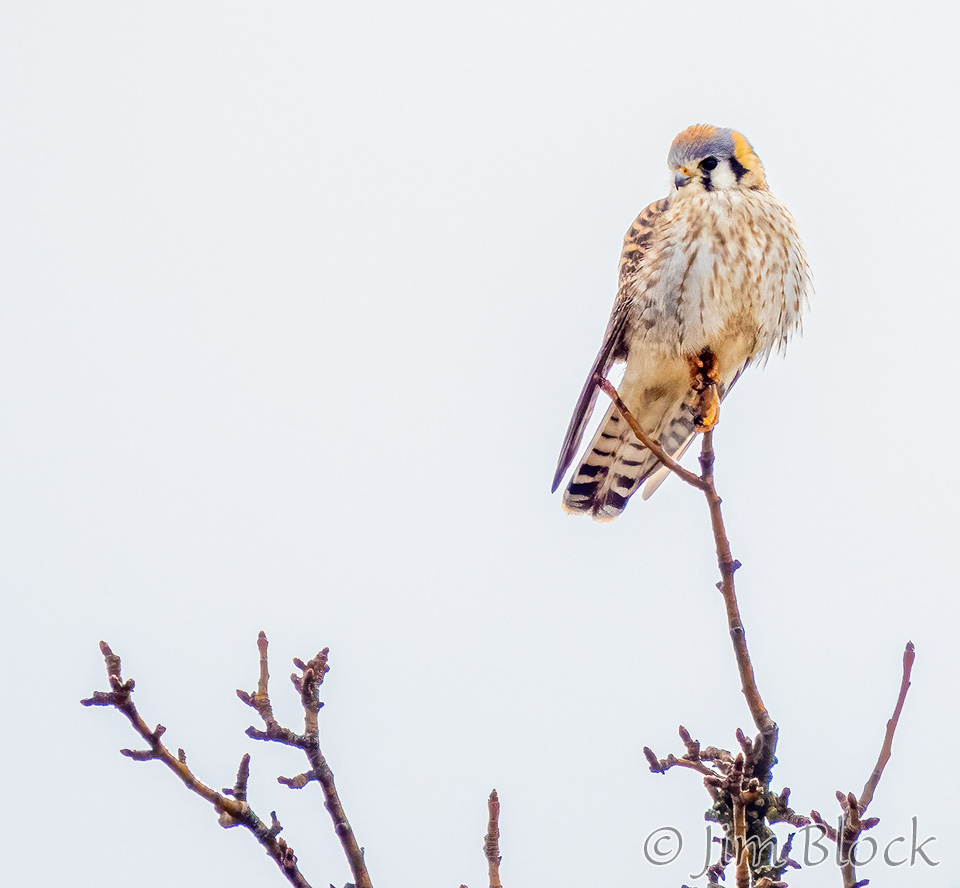
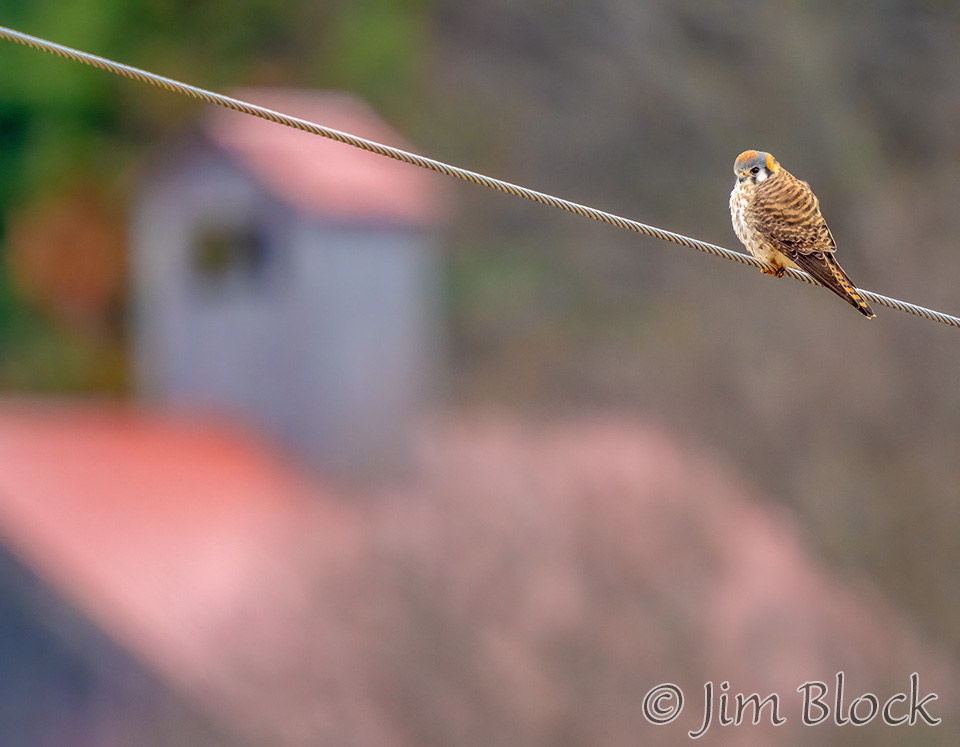
Wilson’s Landing
After seeing nothing but frozen mud and ice a number of trips, I had a very productive early morning at Wilson’s Landing in Hanover, NH on April 4. I used my car as a blind and just sat for over 90 minutes letting the birds come close enough to me for decent photos. The light was dim and I was shooting mostly at ISO 6400, but one can’t have everything.
This pair of Canada Geese were fairly far away.
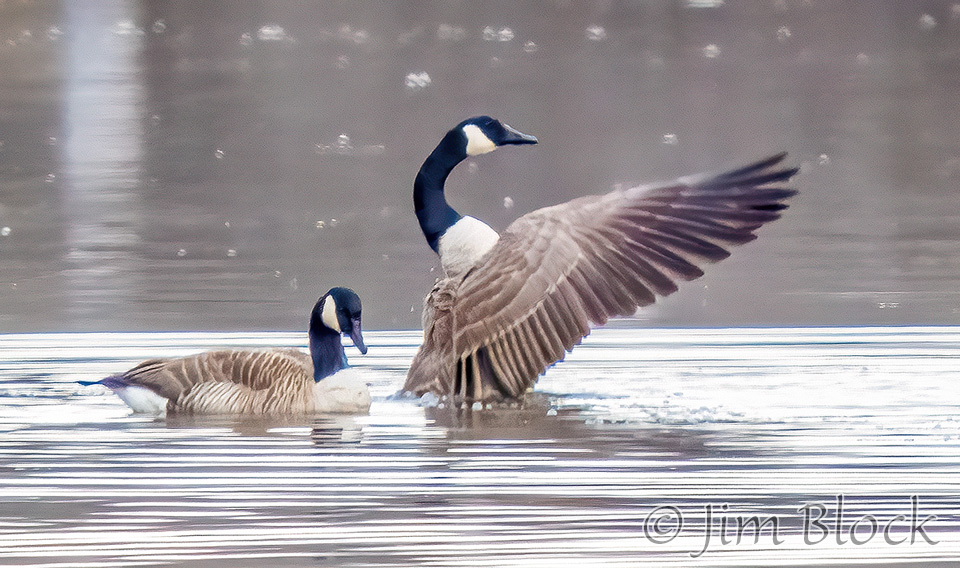
Hooded Merganser
This pair of Hooded Merganser came quite close.
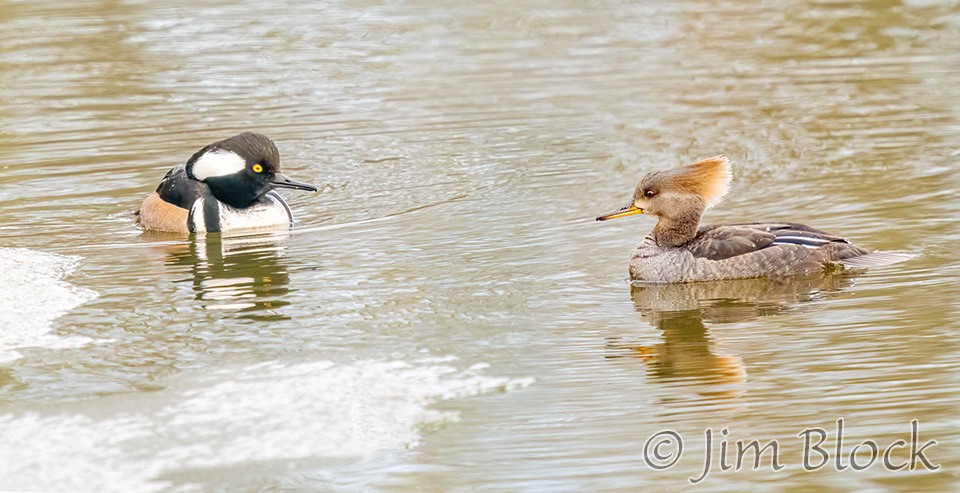
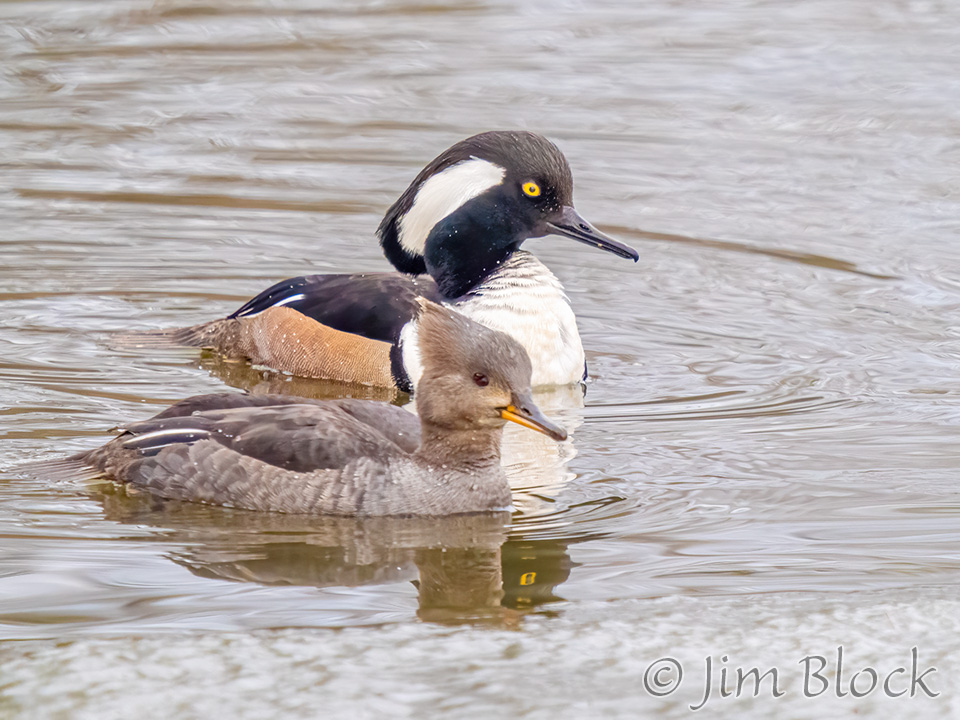
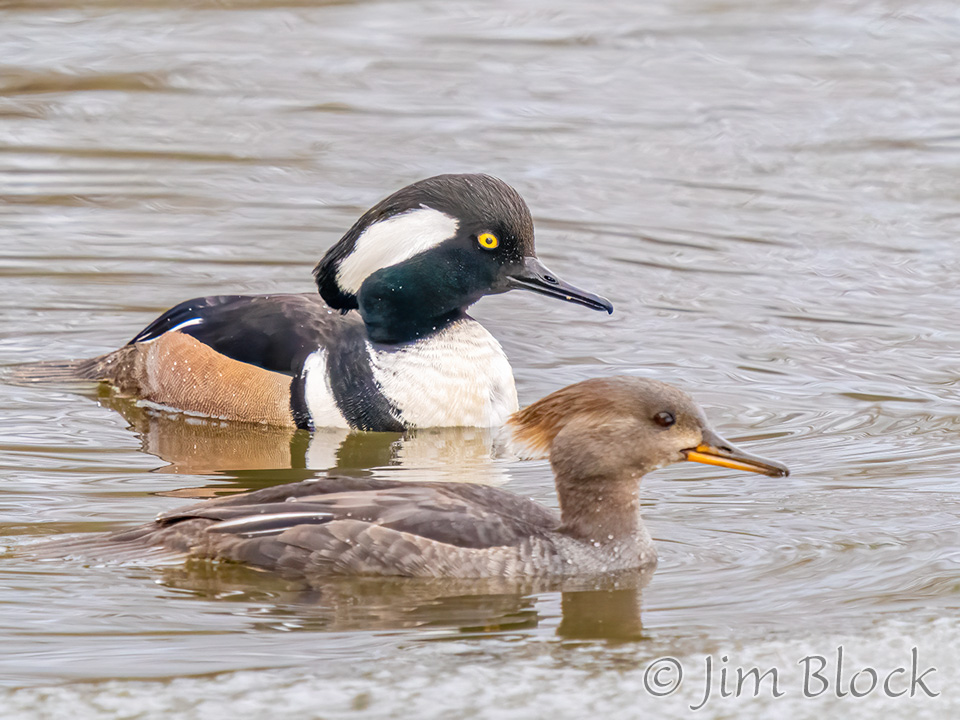
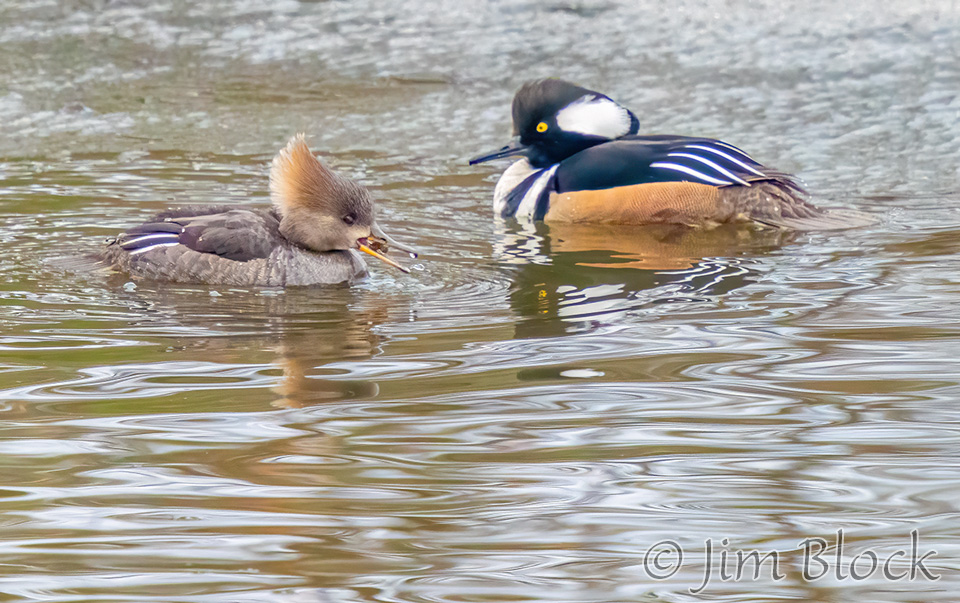
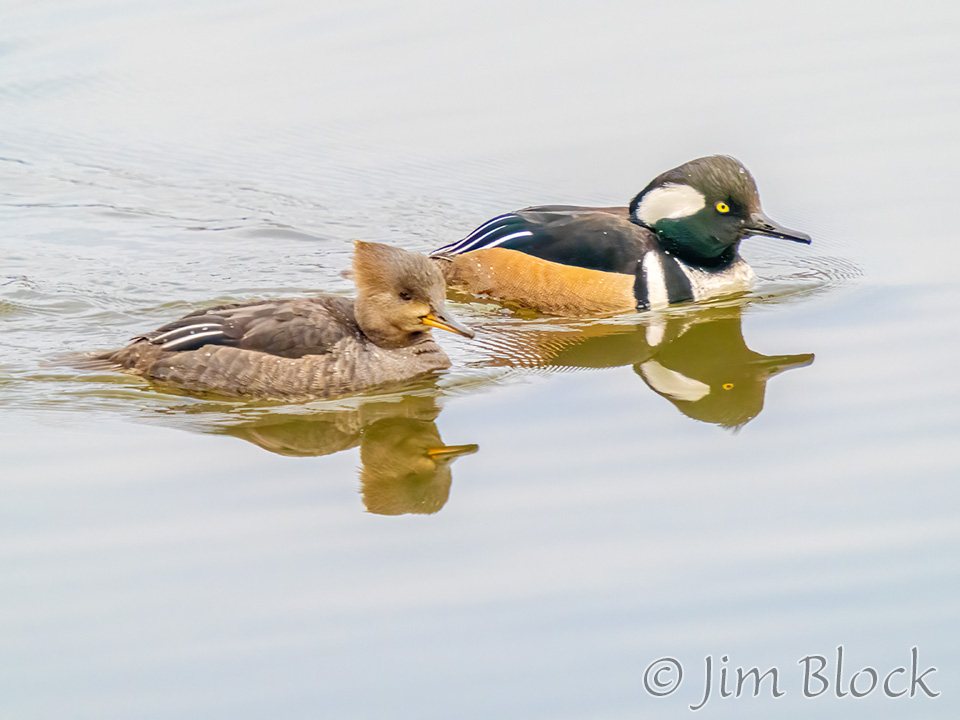
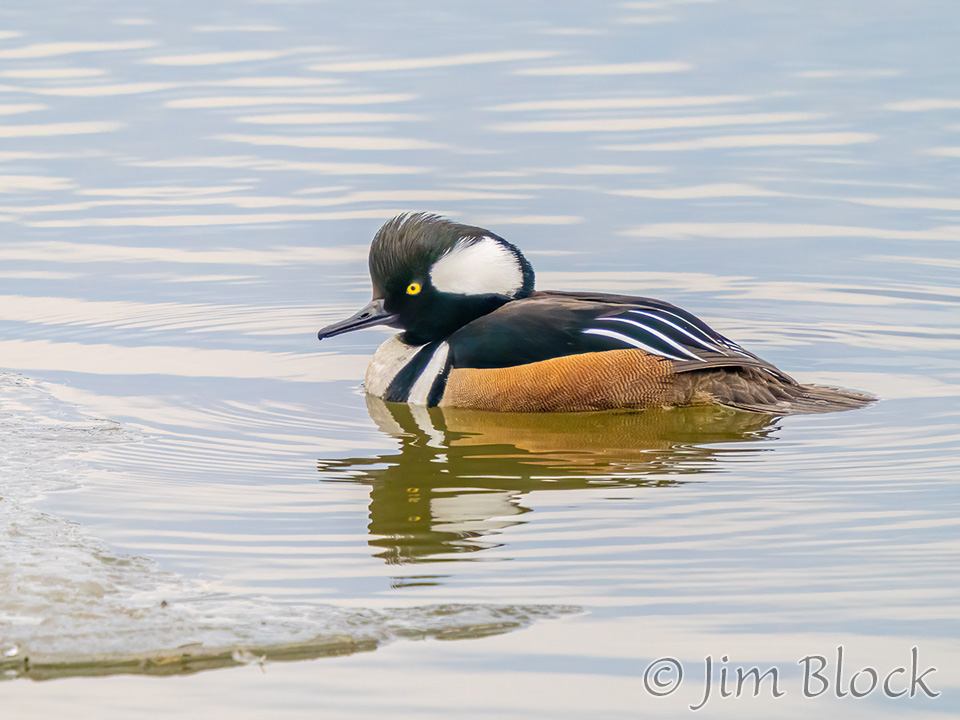
This female Hoodie caught a fish and took a long time to swallow it.
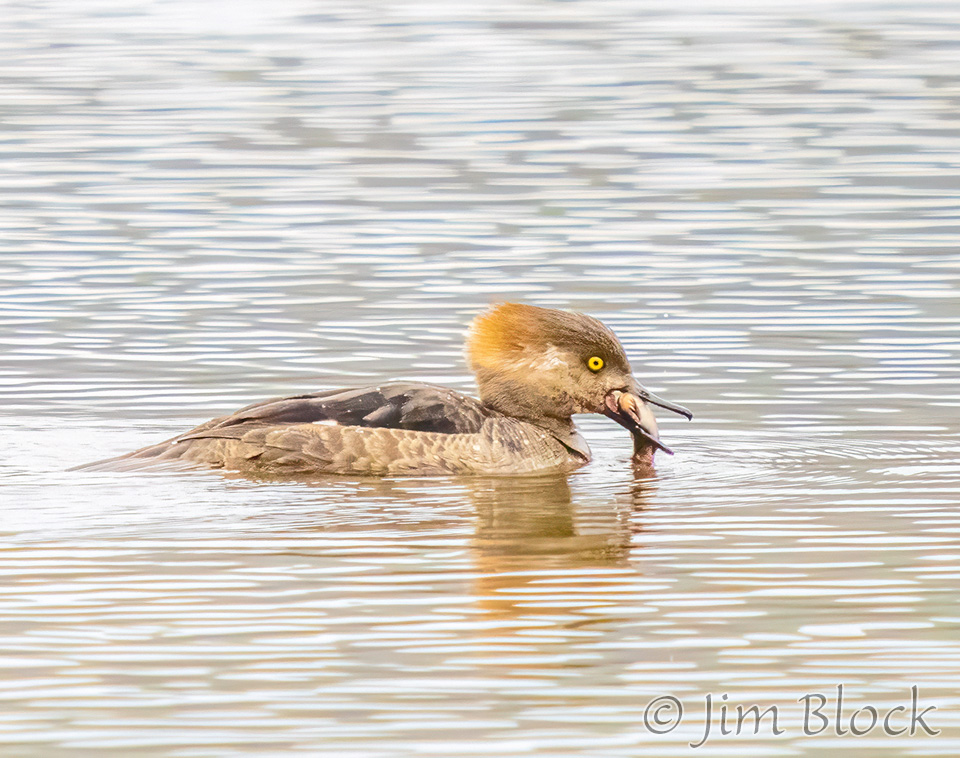
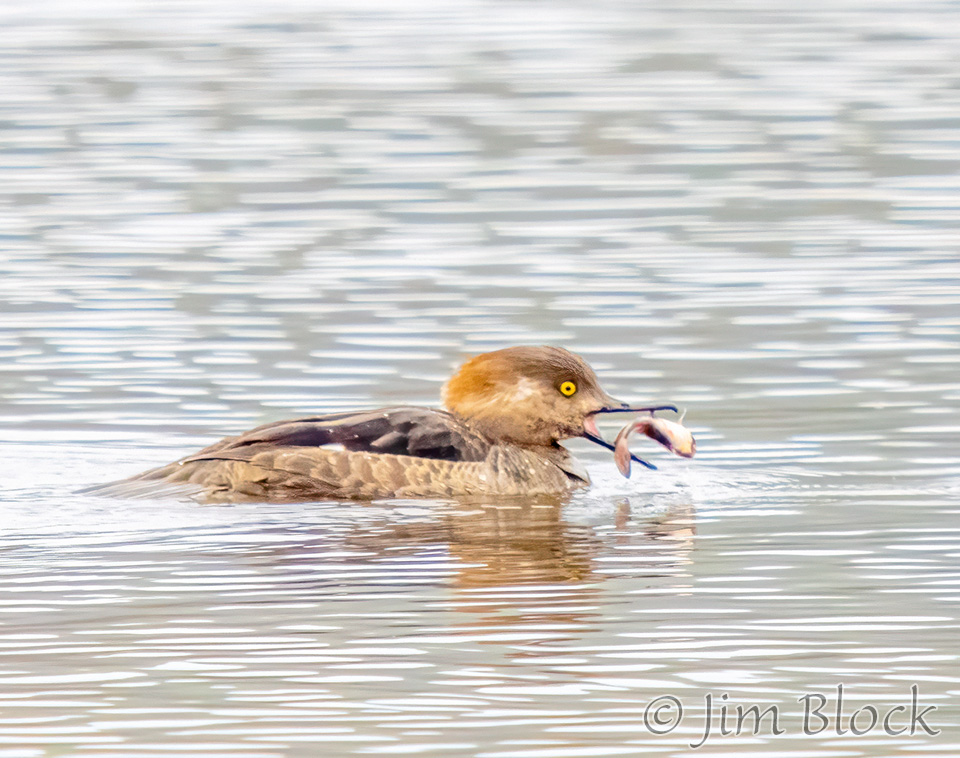
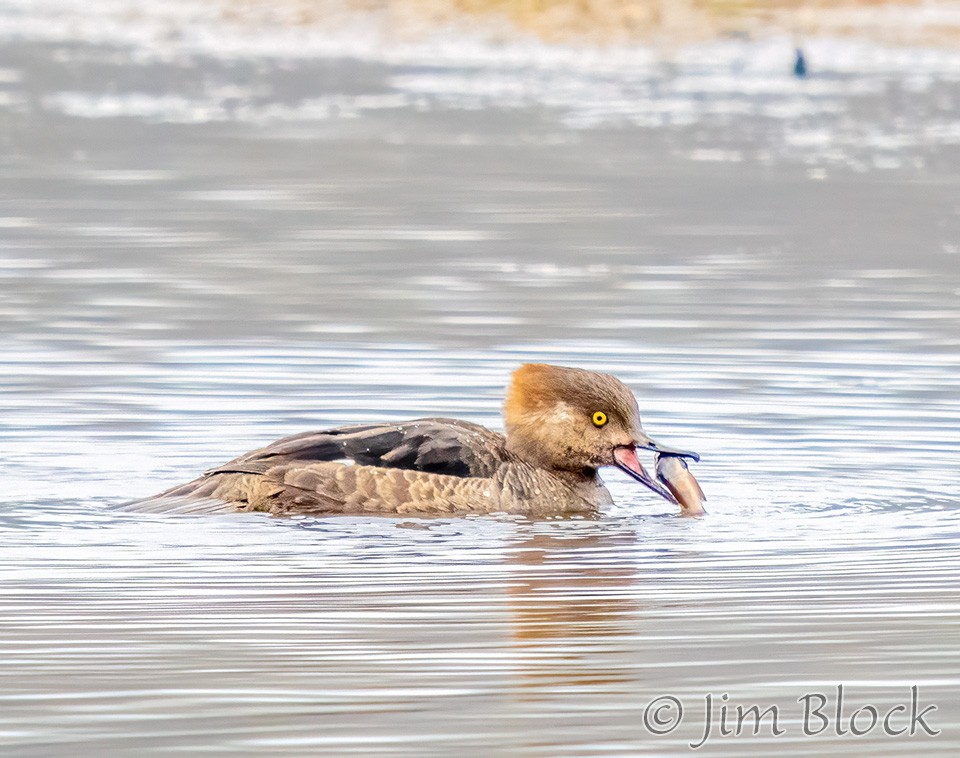
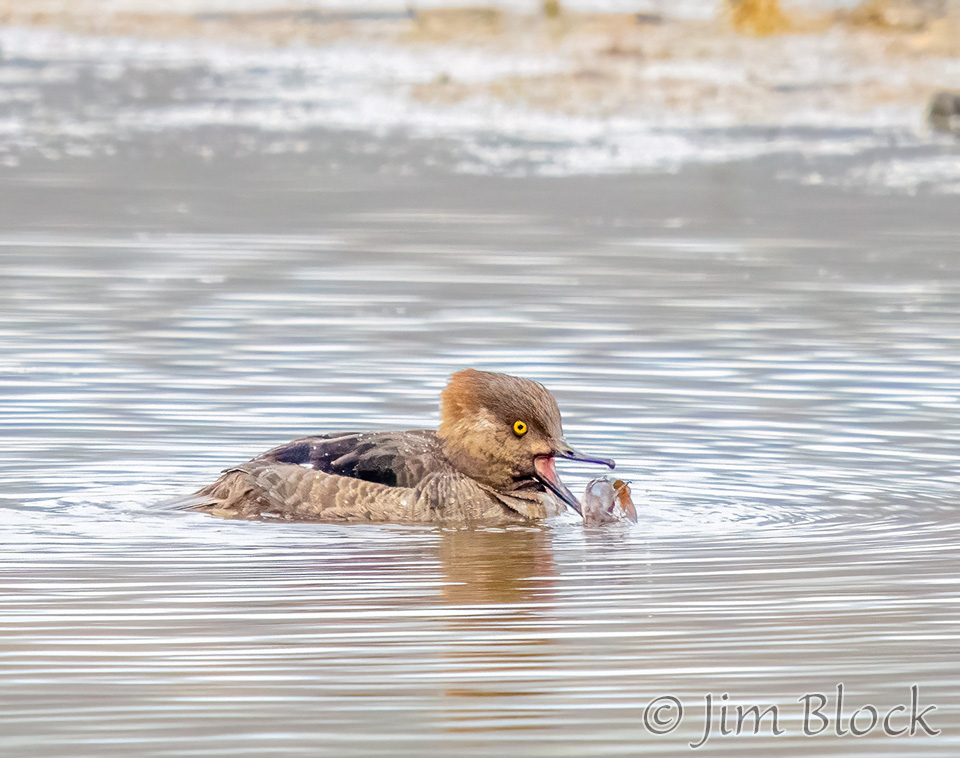
Wood Ducks
The Wood Ducks did not come as close as the Hoodies, but I was able to get photos of a nice pair.
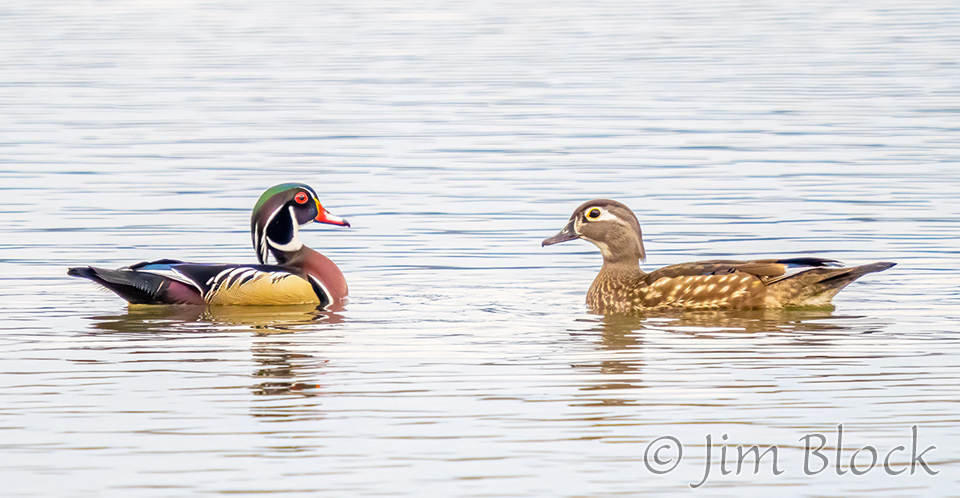
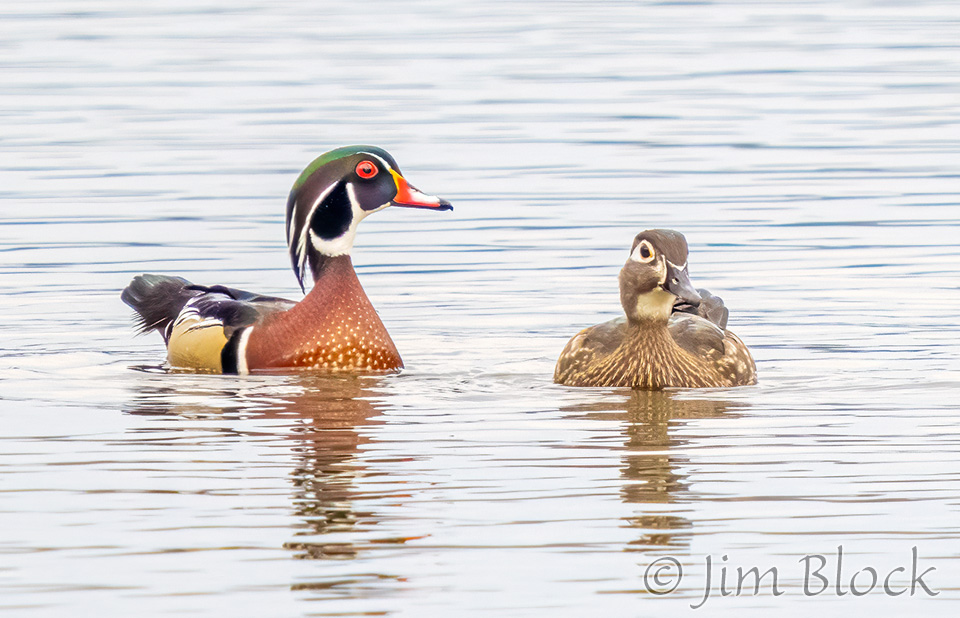


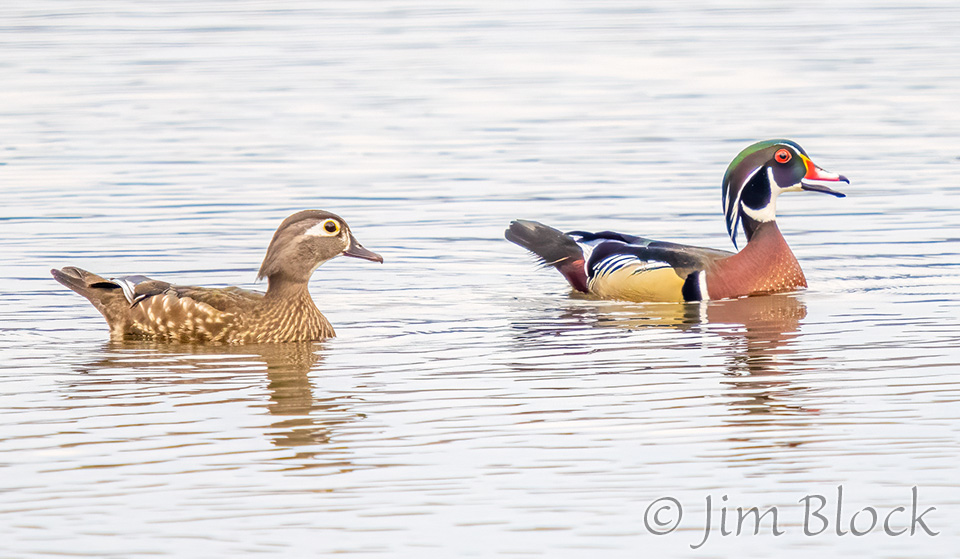
Several times the Wood Ducks flew, fortunately toward me. Unfortunately the dim light caused my shutter speed to be somewhat lower than I would have liked. But at least the softness tends to show motion.
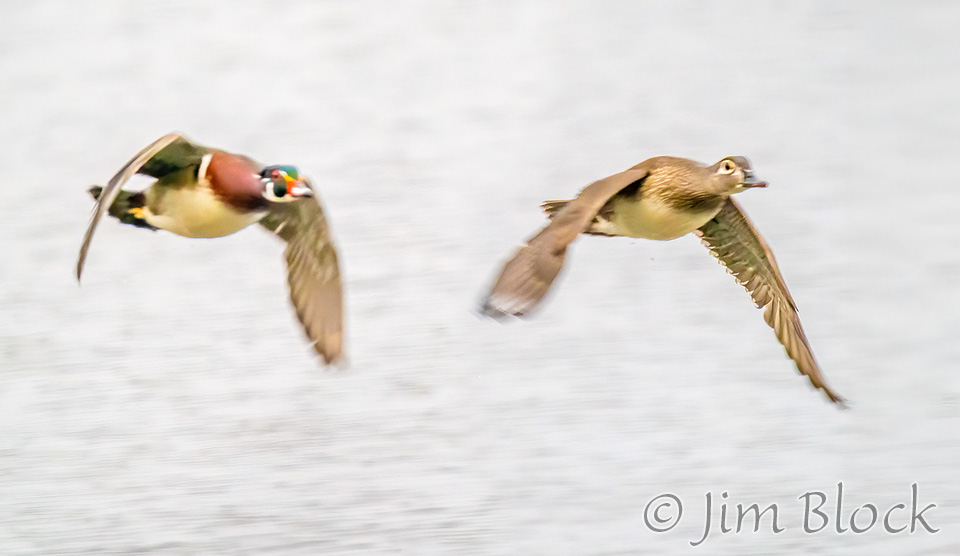
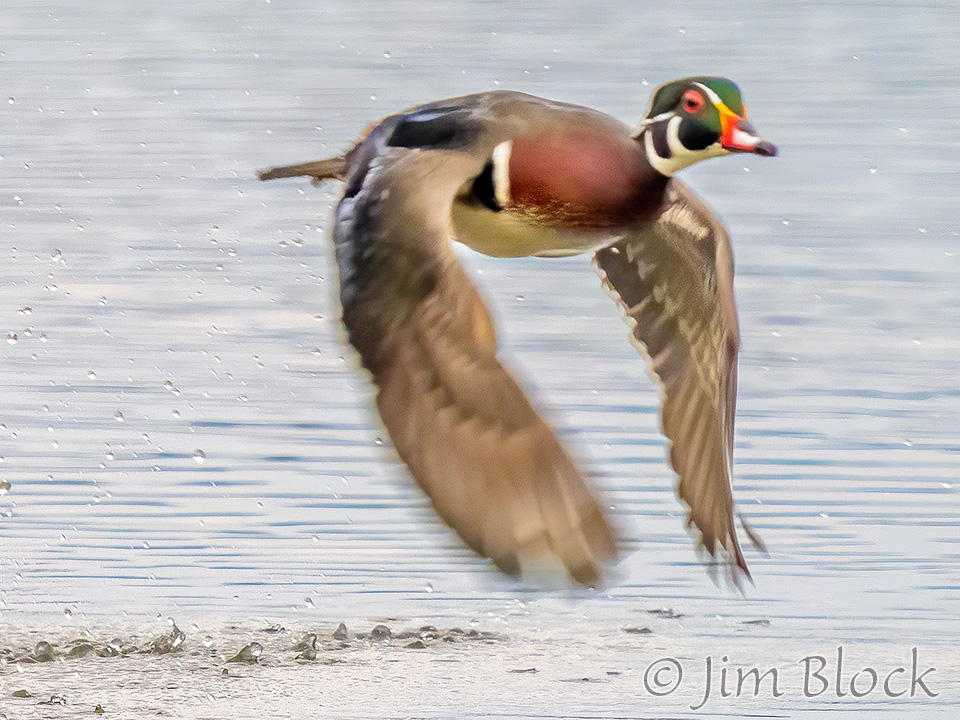
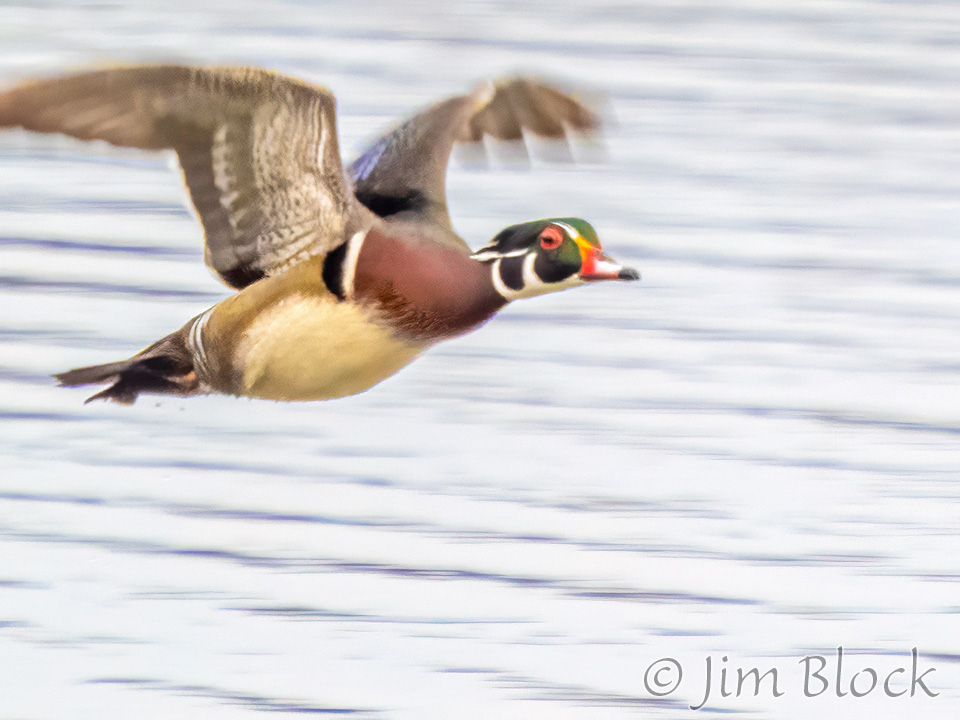
Belted Kingfisher
Another bird that is very hard to approach is the Belted Kingfisher. But a pair landed in the trees ahead of my car at a semi-reasonable distance. One always wishes the distance was less, but I’ll take what I can get.
In contrast to most avian species, the female Belted Kingfisher is more colorful than the male. The first two photos below show the female and the second two the male.
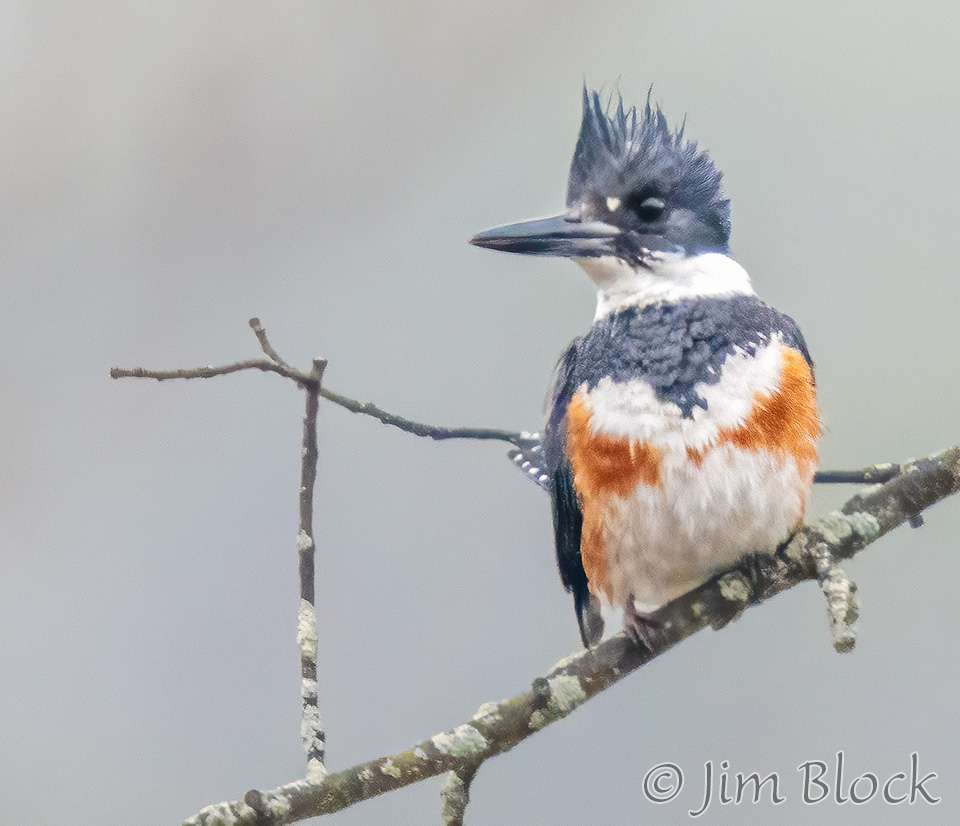
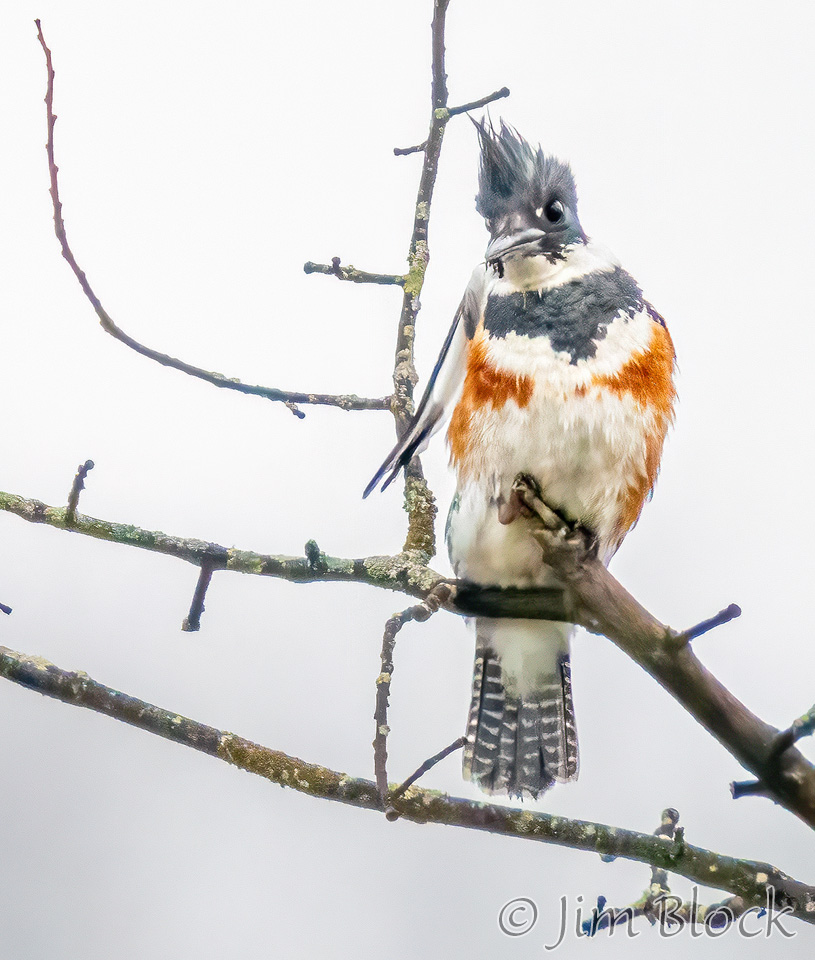
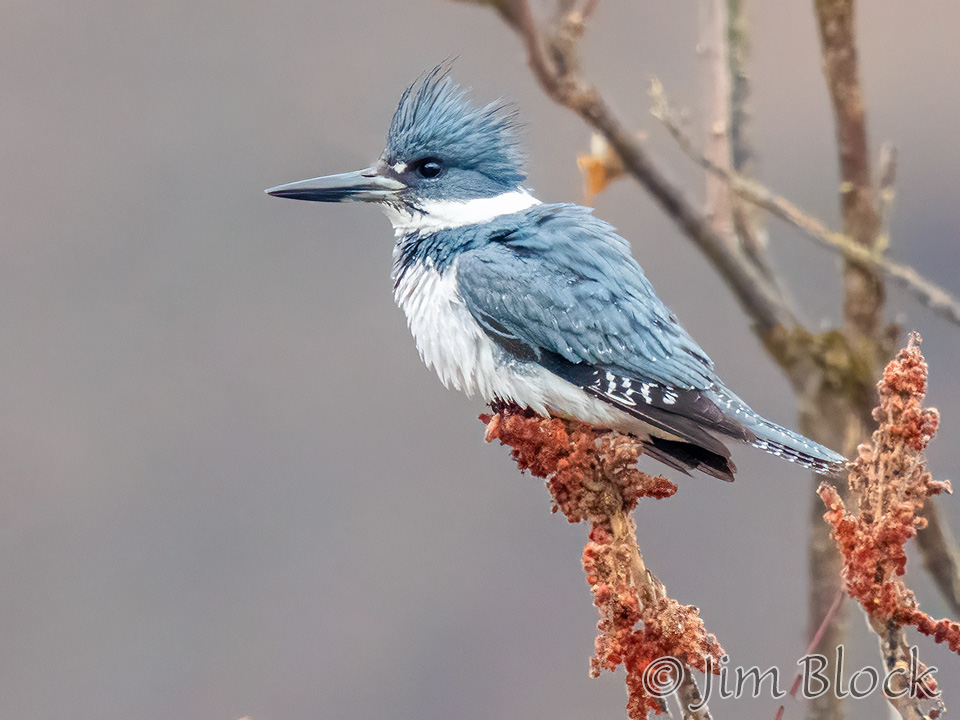
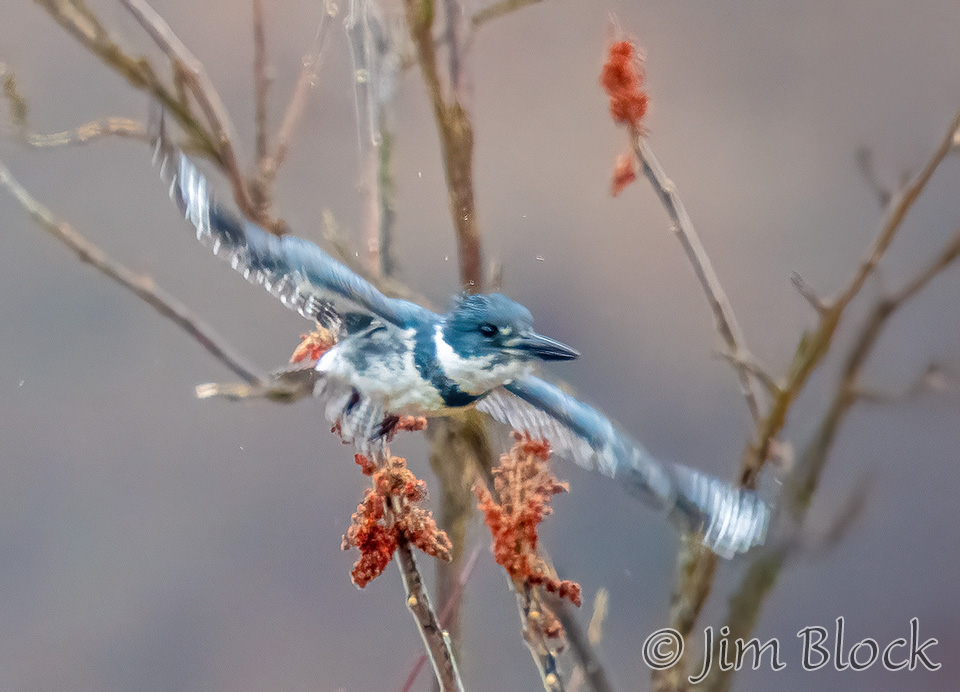
Bald Eagle
To top off a great time at Wilson’s Landing, a Bald Eagle flew over.
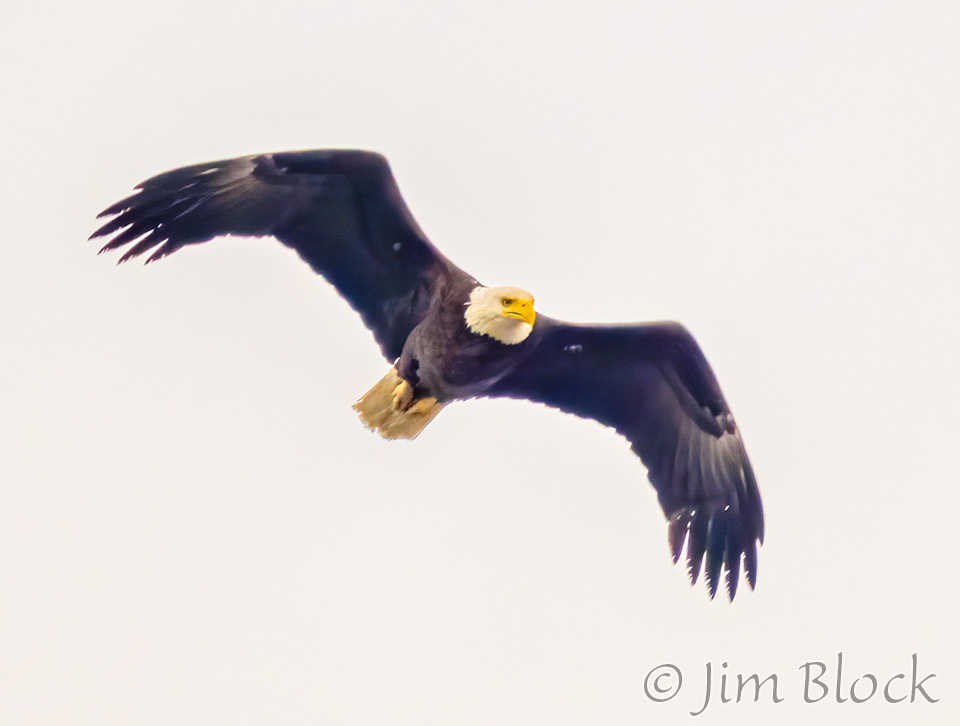
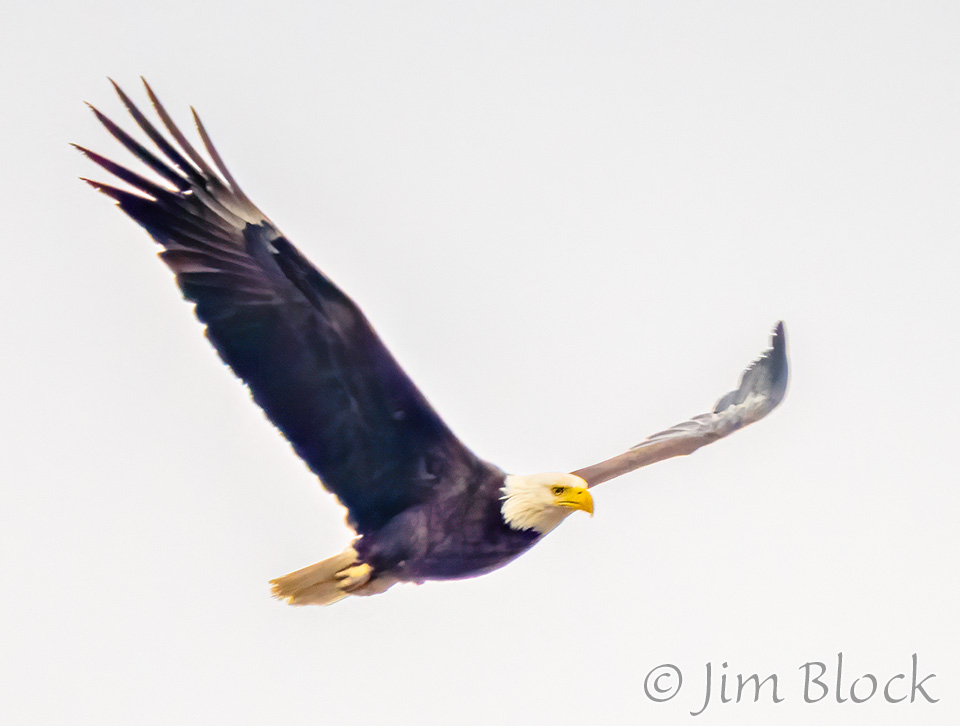
Five-and-Dime Loop
Sally, a bike-riding friend, spoke of riding the “Five-and-Dime Loop” — up Route 5 in Vermont from Norwich then back down Route 10 in New Hampshire to Hanover then back across the river. I don’t ride a bike carrying a big lens, so for bird photography I use my car. And I normally modify the loop slightly going counterclockwise from Hanover up Route 10 to River Road then back Route 5. All these photos are from early April.
Lyme, New Hampshire
In the wetlands at the south end of the Wilder Wildlife Management Area in Lyme, I found this Wood Duck pair.
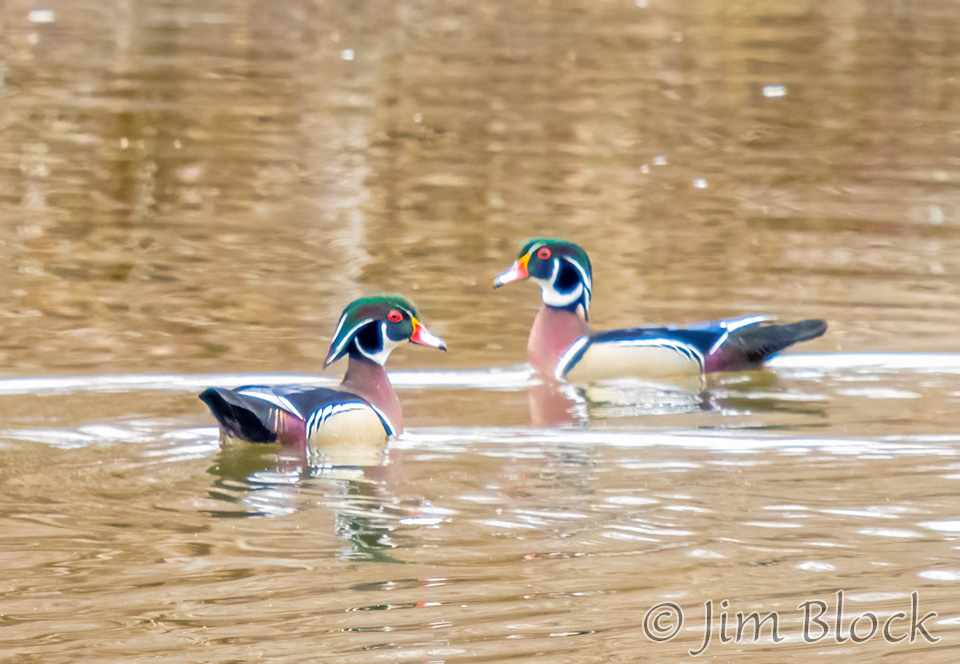
Just north of the Wilder Wildlife Management Area is the mouth of Grant Brook, a great place to see ducks in early spring. Here are some Woodies I found there. Of course, that is not a female Wood Duck in the first photo but a male Ring-necked Duck.
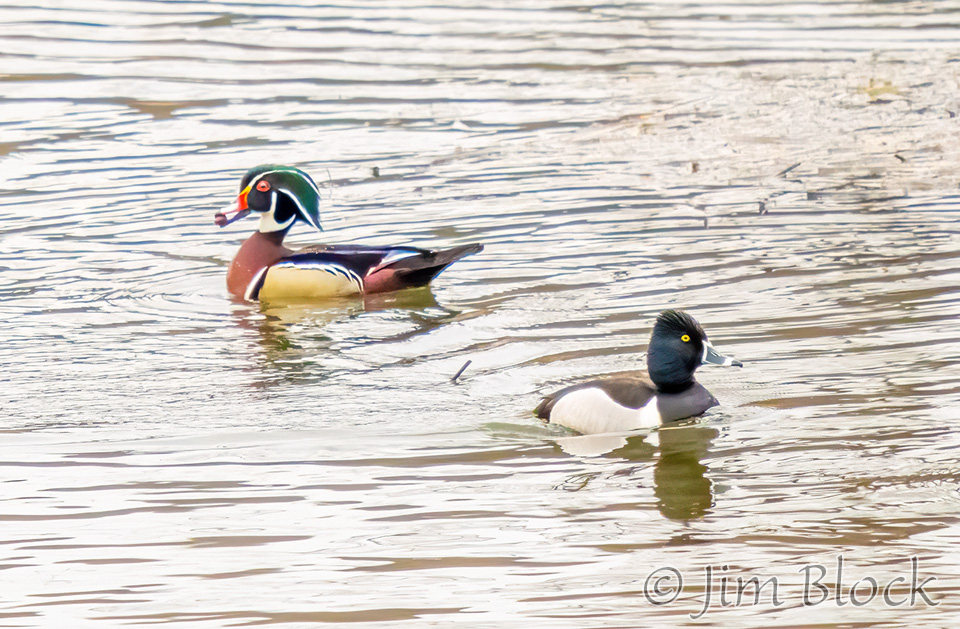
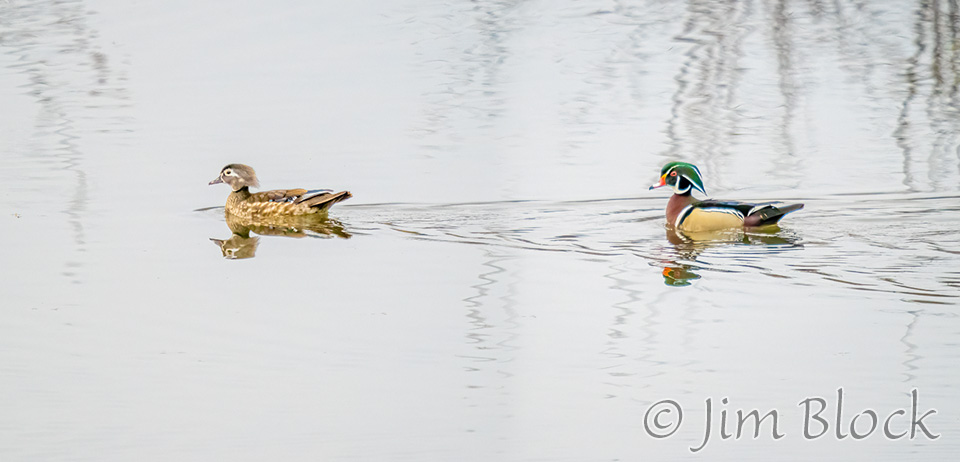
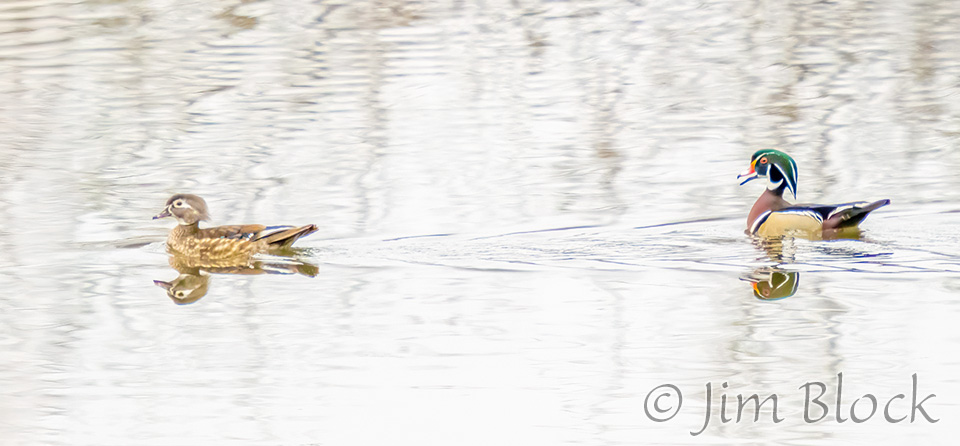
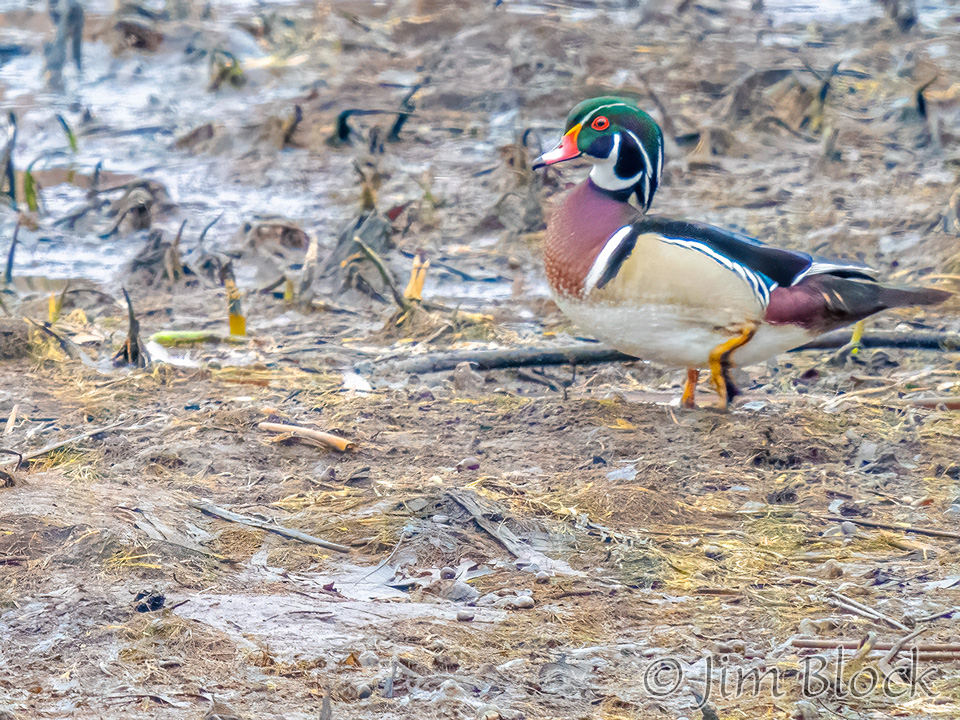
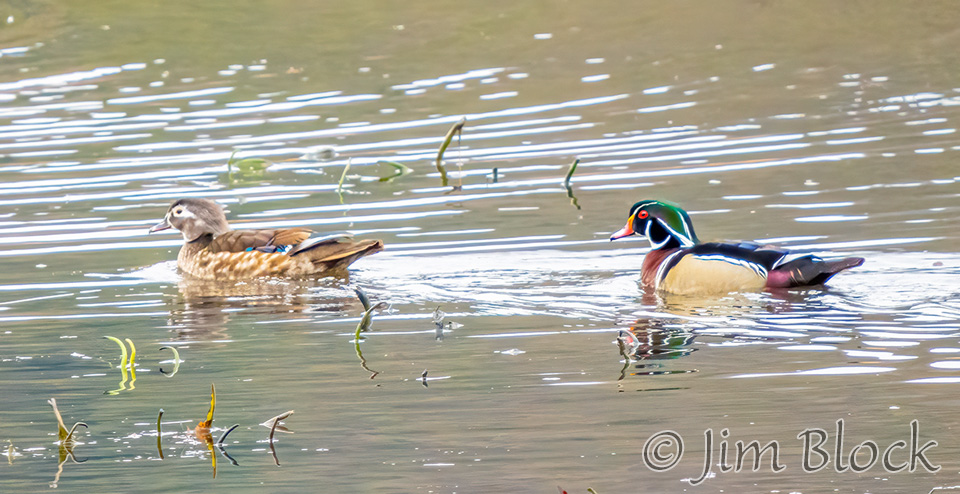
Also in Grant Brook were Ring-necked Ducks.
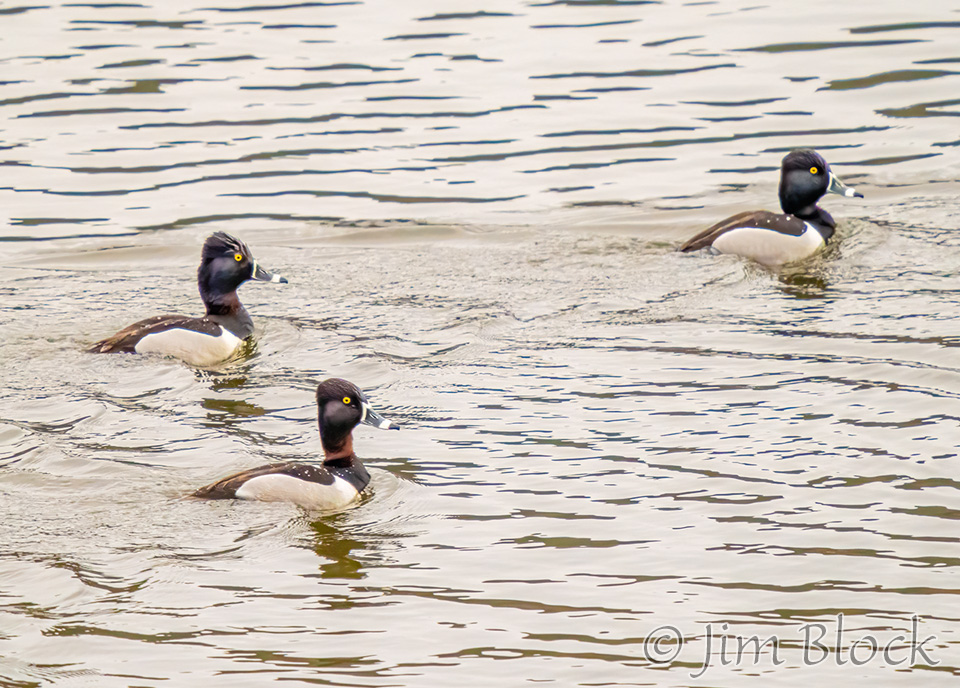

From Lyme I had a Great Blue Heron flyover.
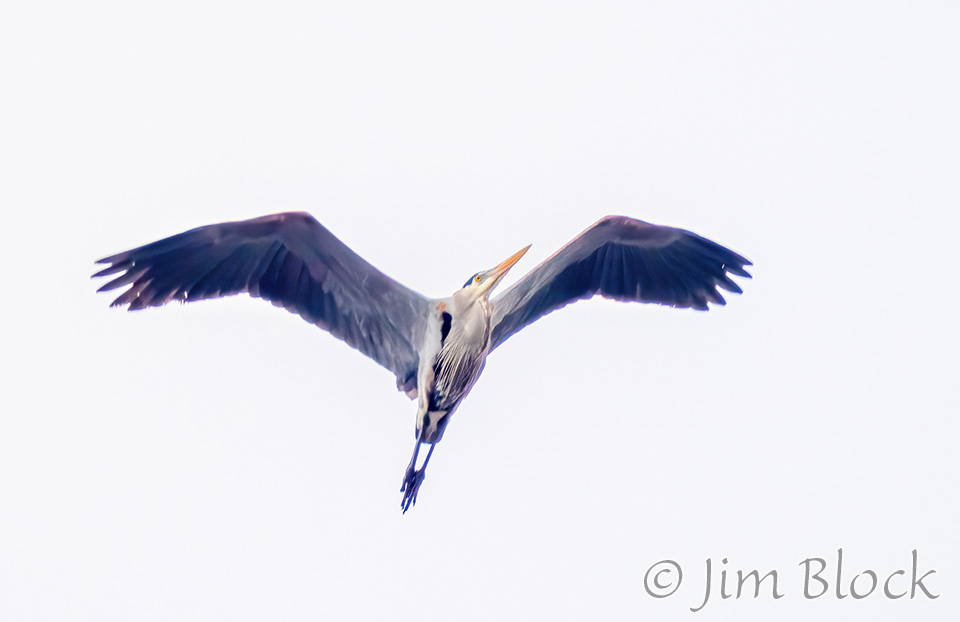
Norwich, Vermont
Along Kendall Station Road just off Route 5 in the Ompompanoosuc area, I photographed this Wood Duck.
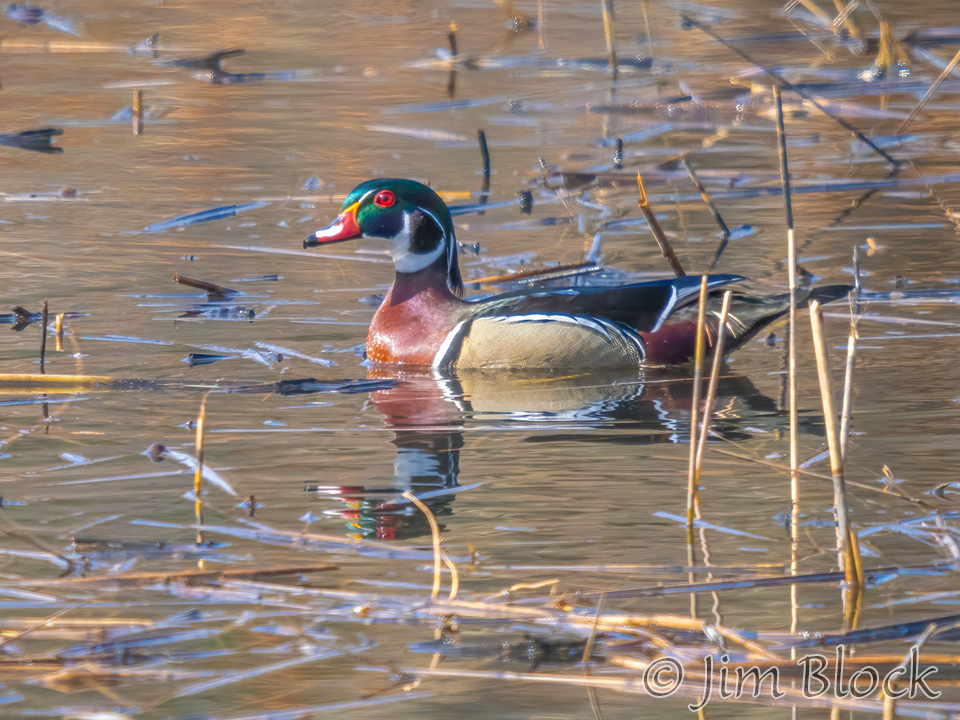
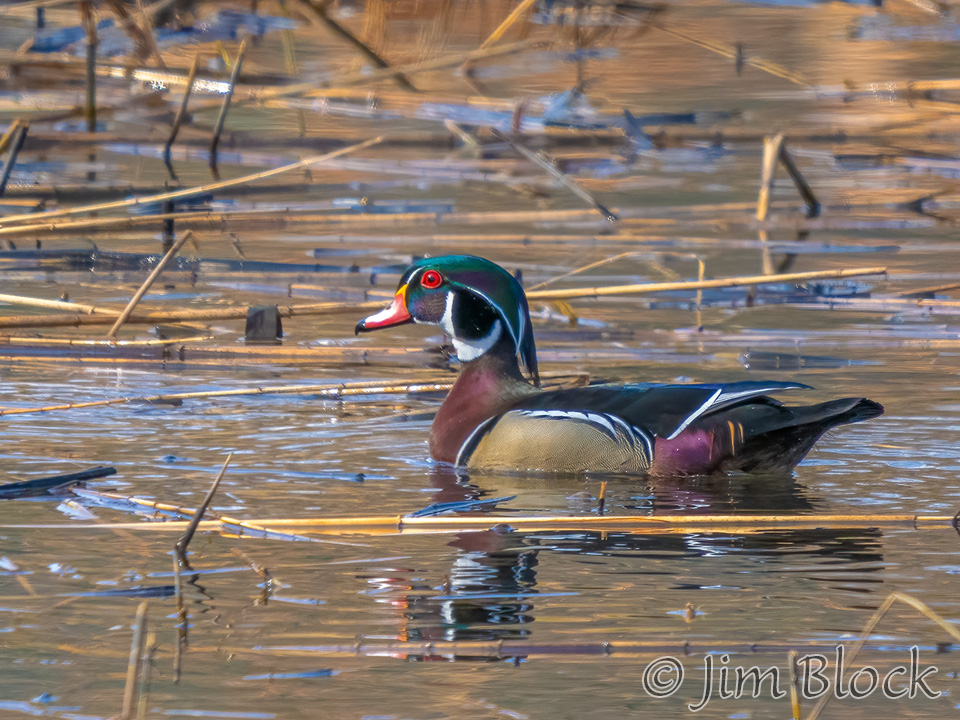
Near the Pompy Oxbow along Route 5 in Norwich, VT, I found some Common Mergansers.
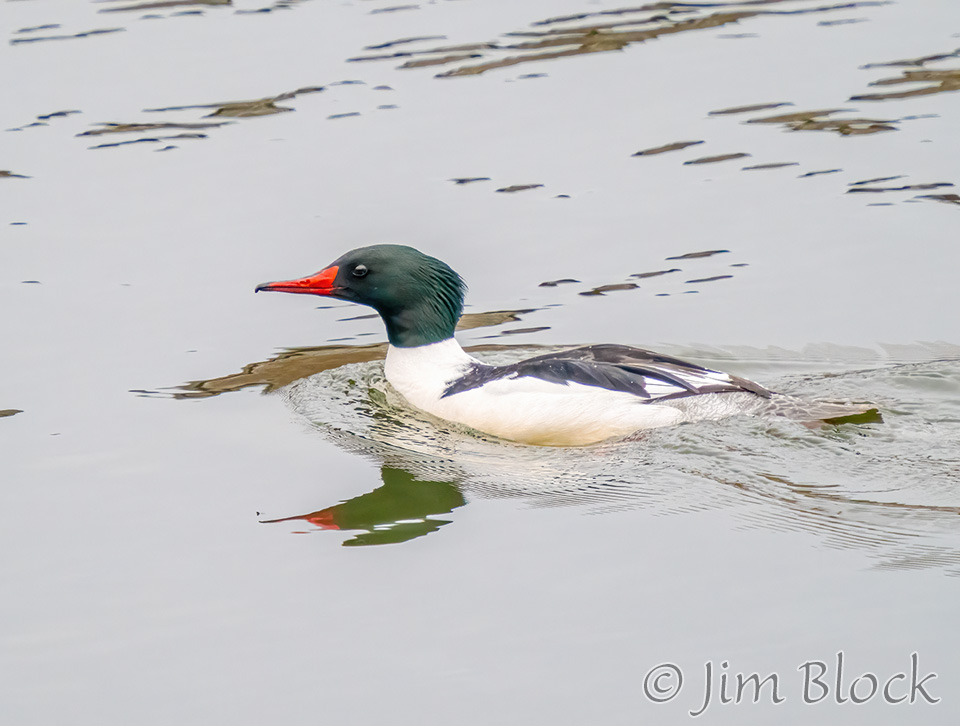
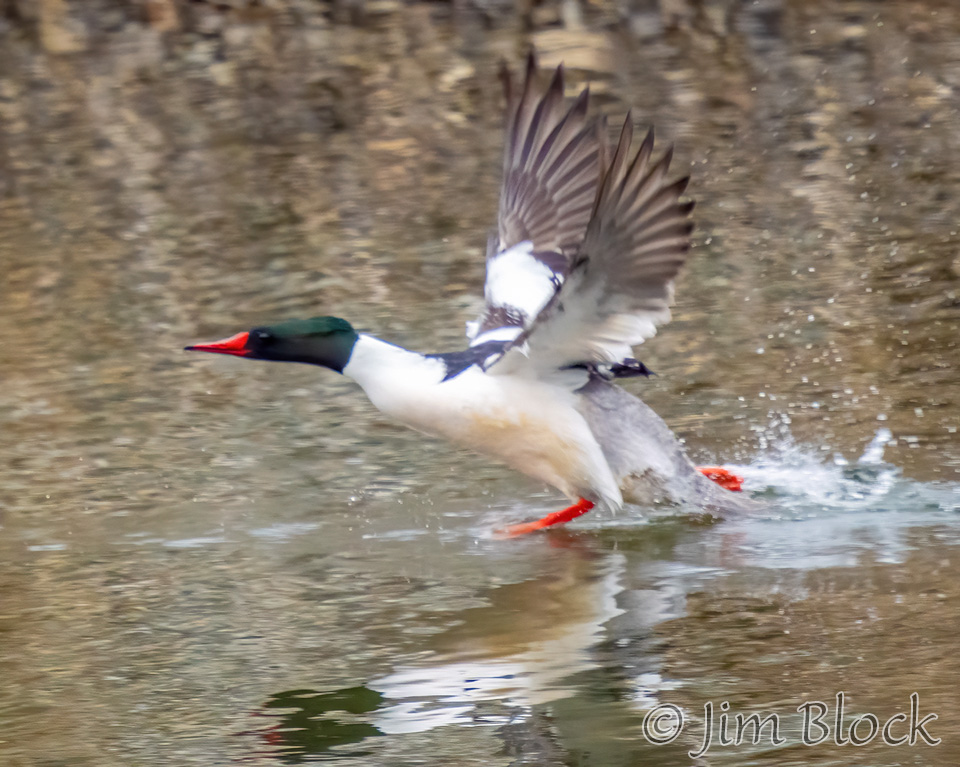
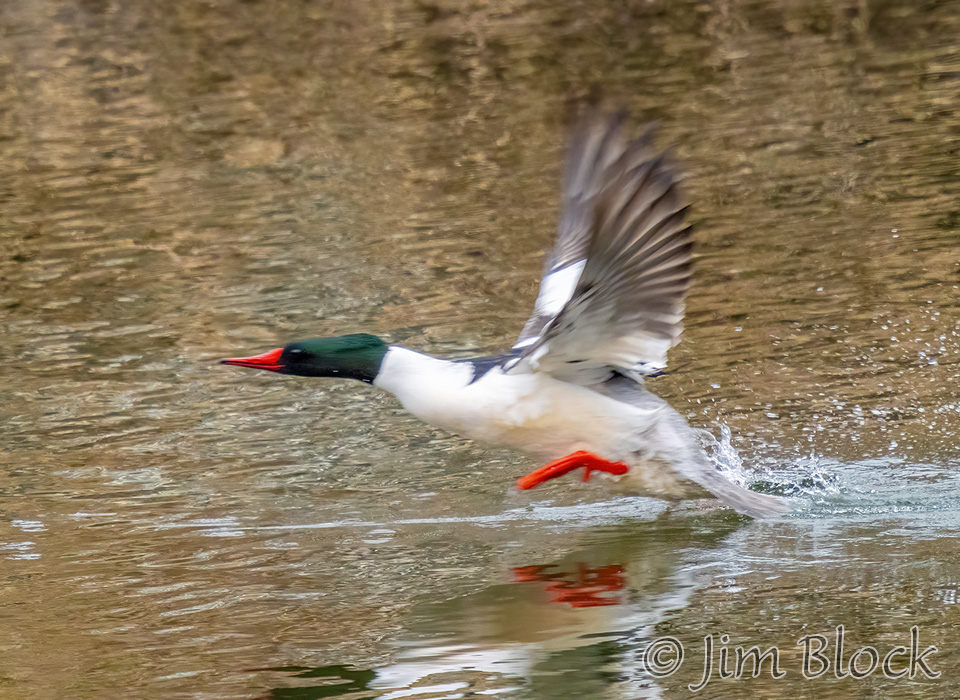
There is a wetland along Route 5 across from Patchen’s Point, a favorite spot for canoeists and swimmers. I found a Mallard with a weedy bill and some Hooded Mergansers there.
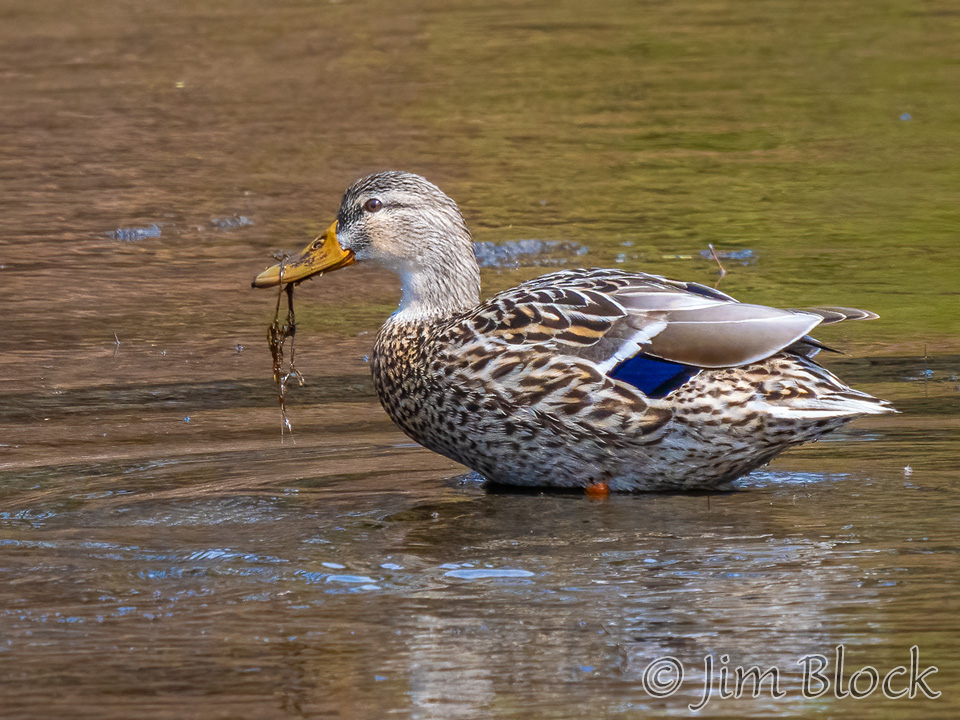
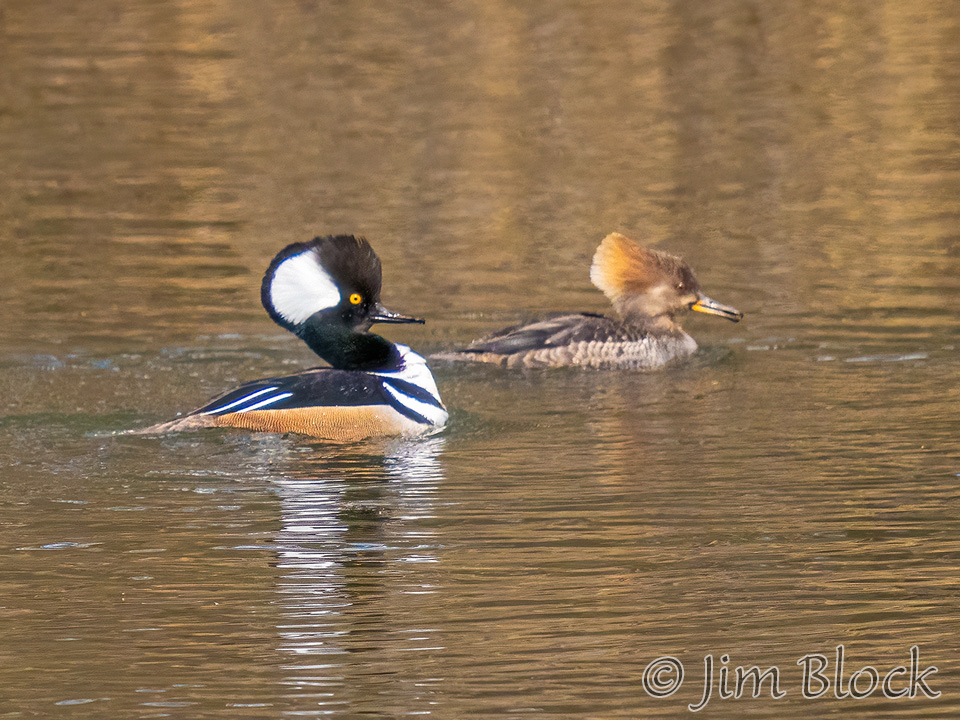
Some Random Birds
I found some birds while doing something else or looking for other species.
While photographing the waxwings in Hanover Center, I got low to capture an American Robin with a crabapple. It did not seem to know what to do with it.
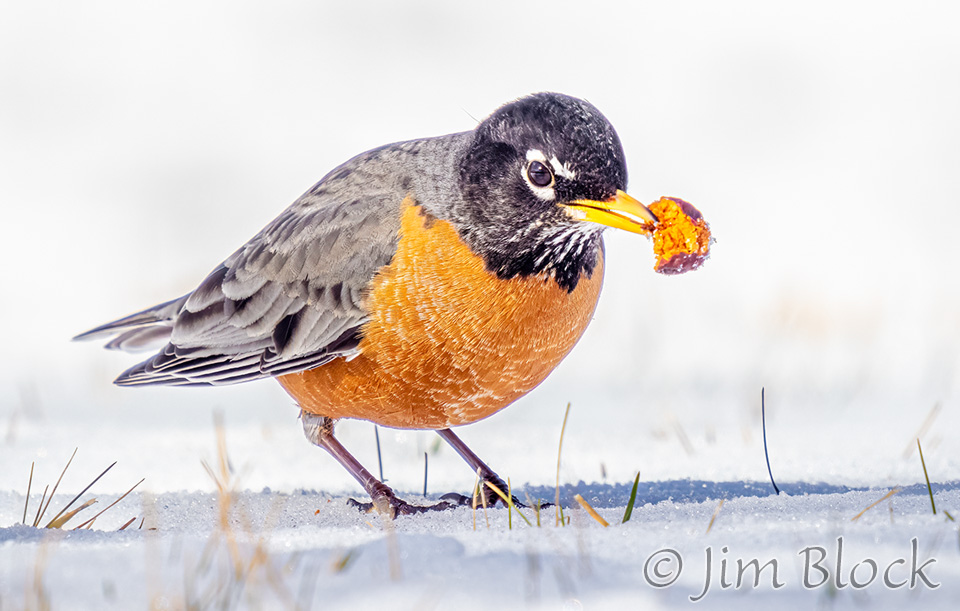
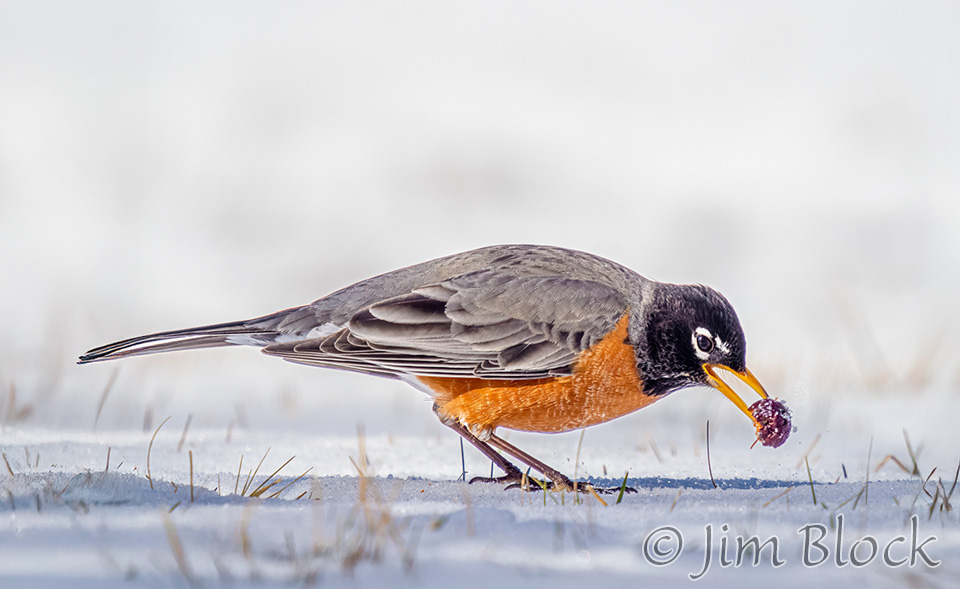
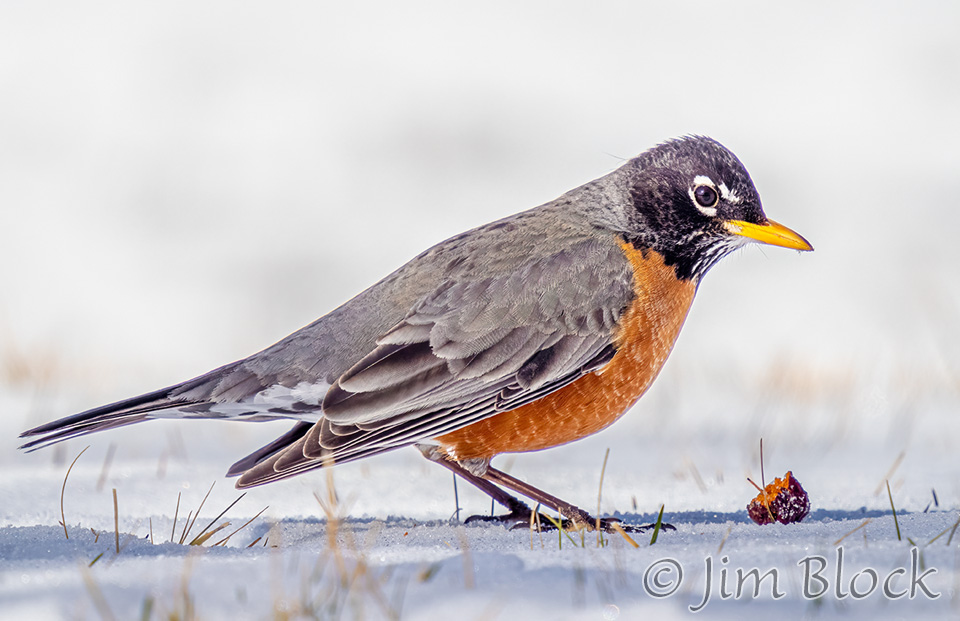
While not doing much of anything, I noticed two rare birds in our yard and got marginal photos of each:
A Fox Sparrow
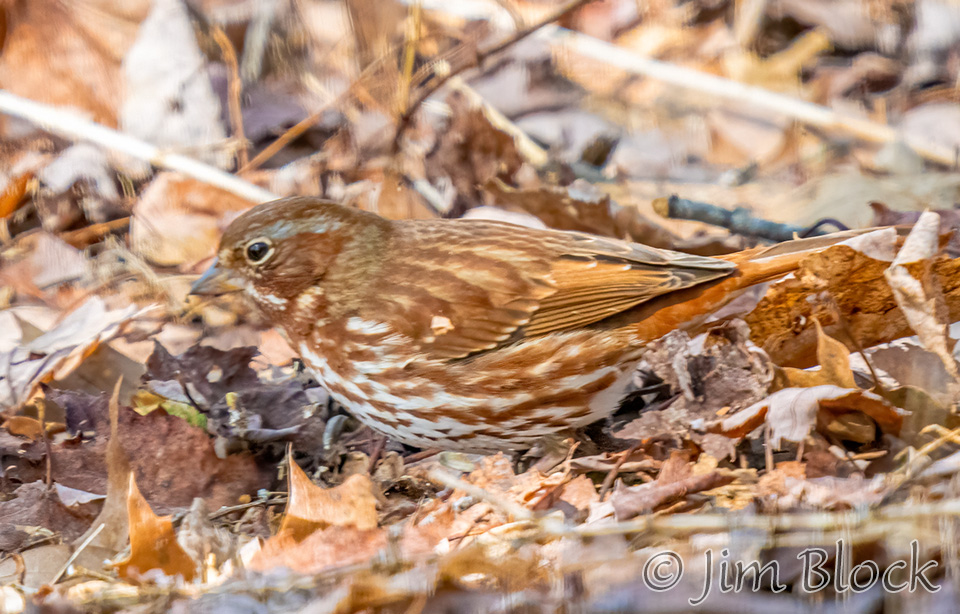
And an early Yellow-bellied Sapsucker.

And two more common species in our yard: a Downy Woodpecker and a White-breasted Nuthatch.
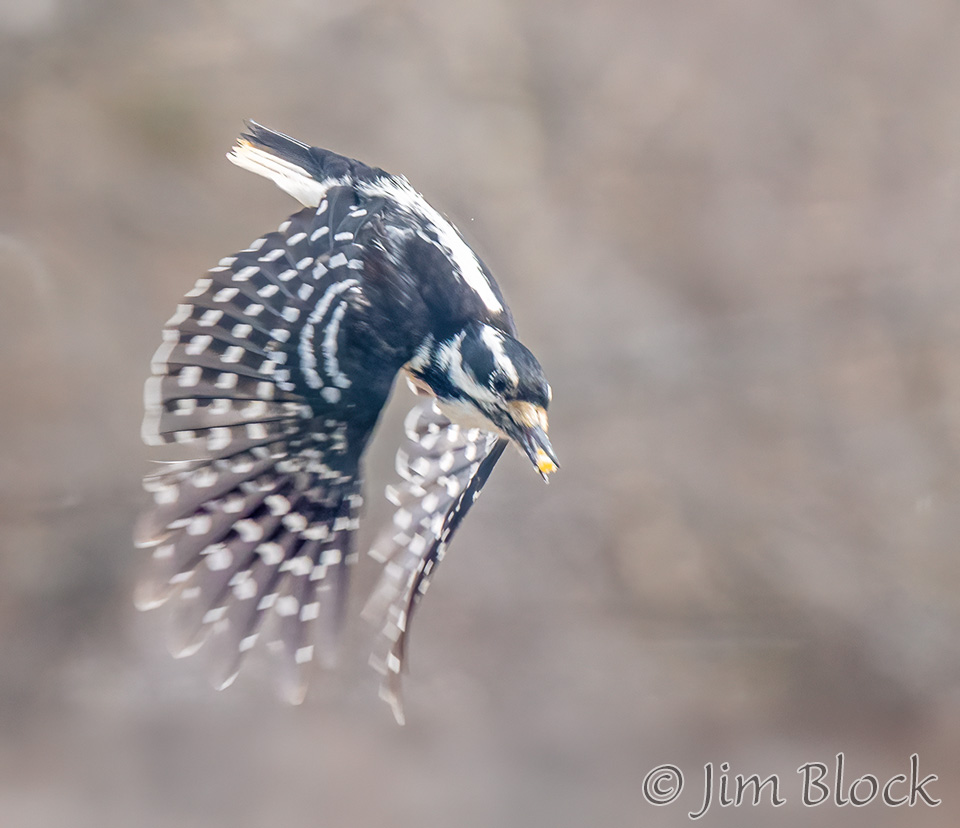
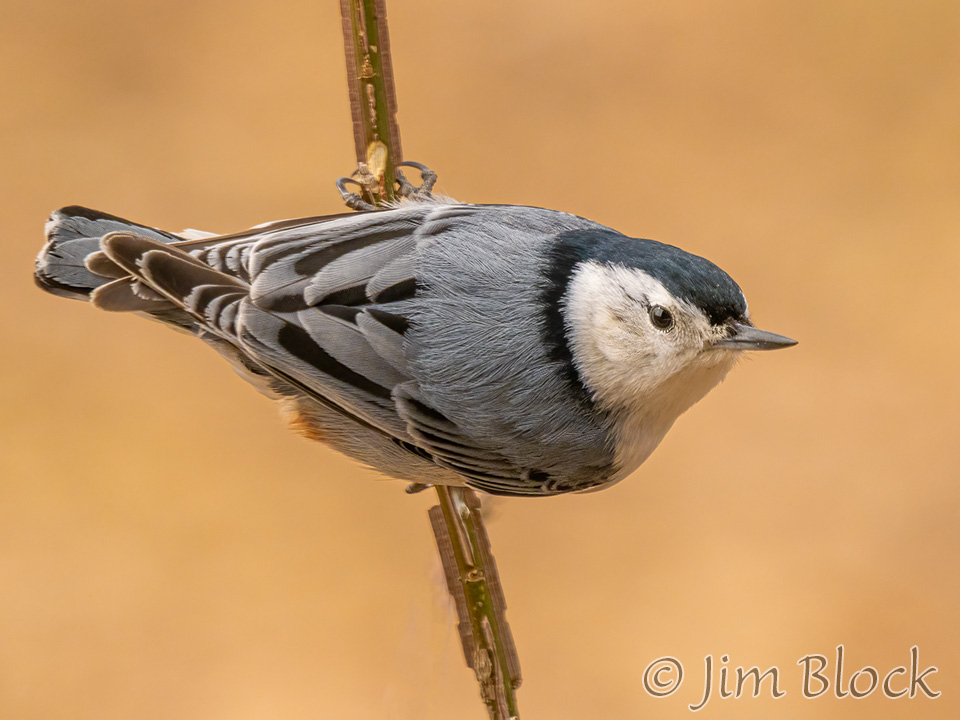
Several of us reacted to a UVBirds posting of a sighting of a very rare Yellow-headed Blackbird in Lyme just short of the Orford town line. We did not find it, but while searching at Tullando Farm we did find a Merlin.
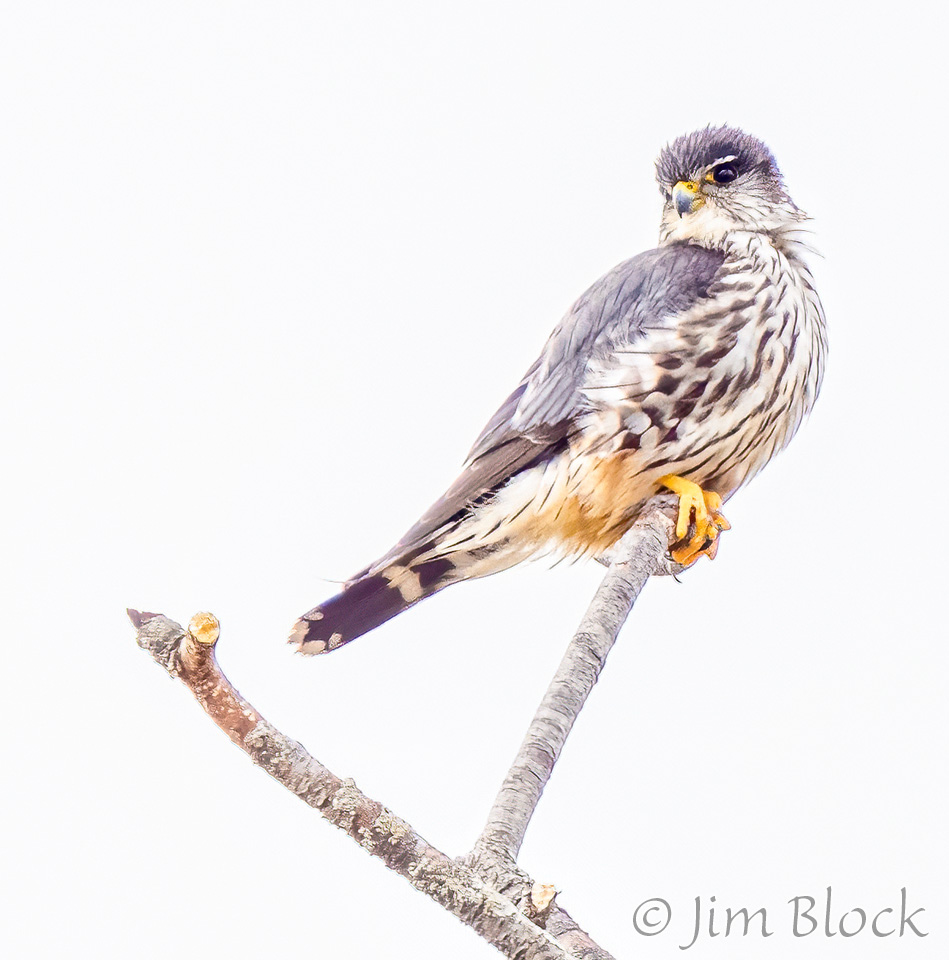
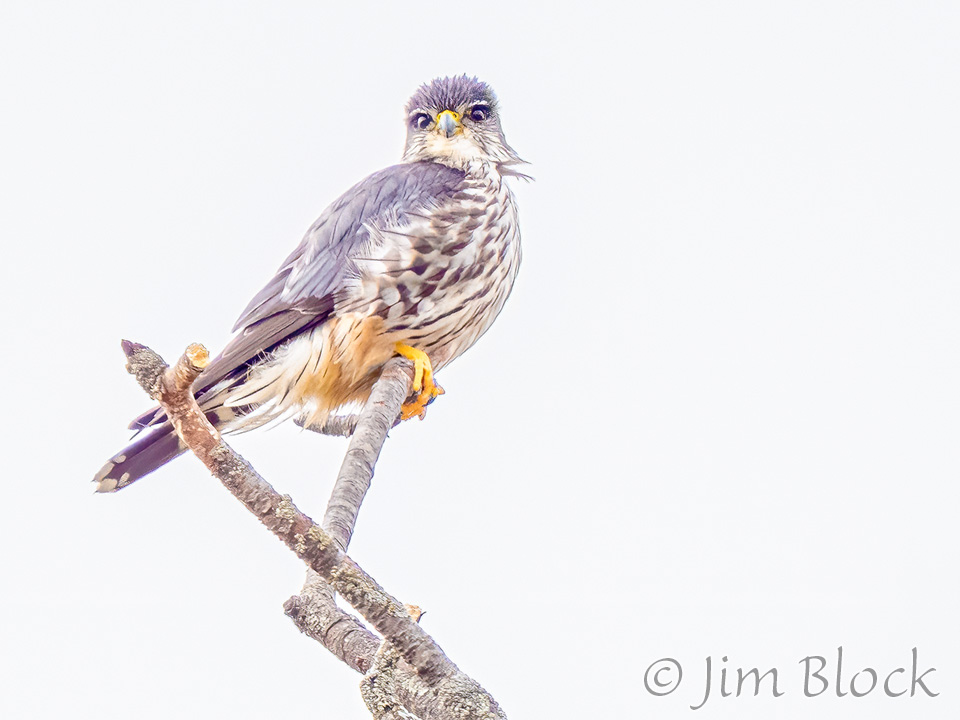
Heading home from a trip along the river, I found a pair of Hooded Merganser in the small pond at Berrill Farms in Etna.
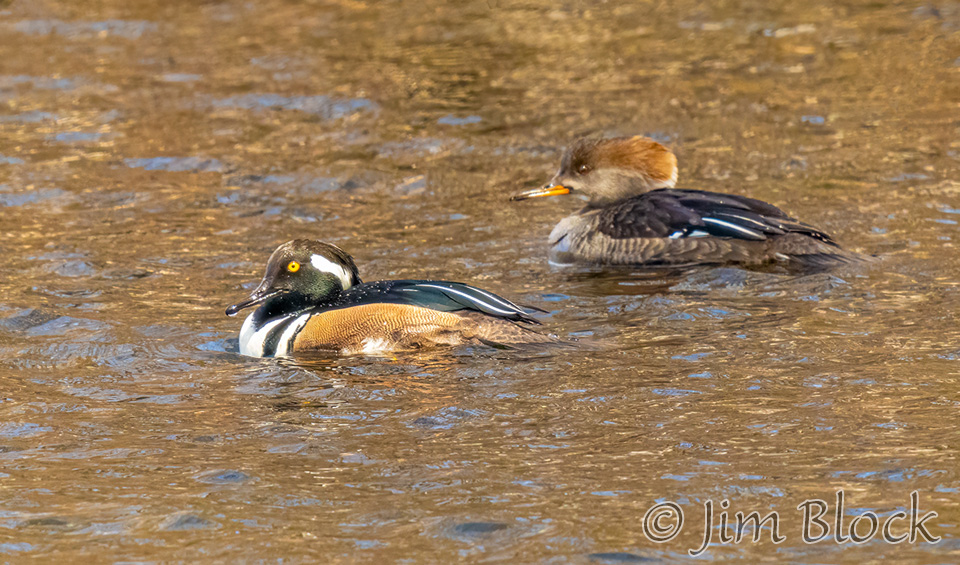
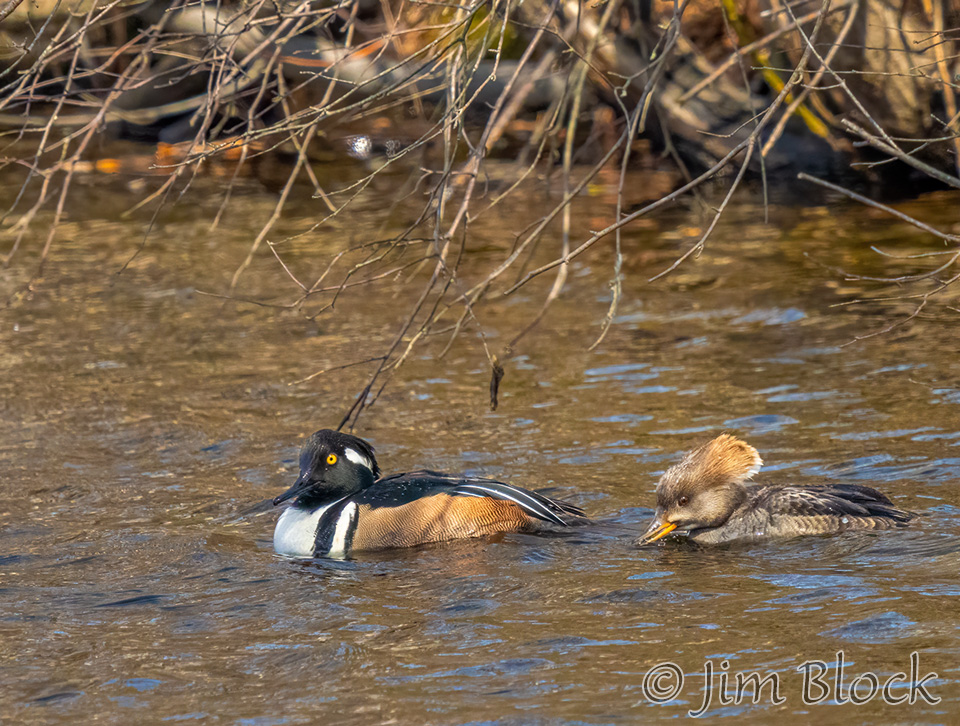
While standing around in Angela’s yard waiting for a very rare warbler to appear (see below), I photographed some blackbirds flying:
Common Grackles are quite colorful for a black bird.
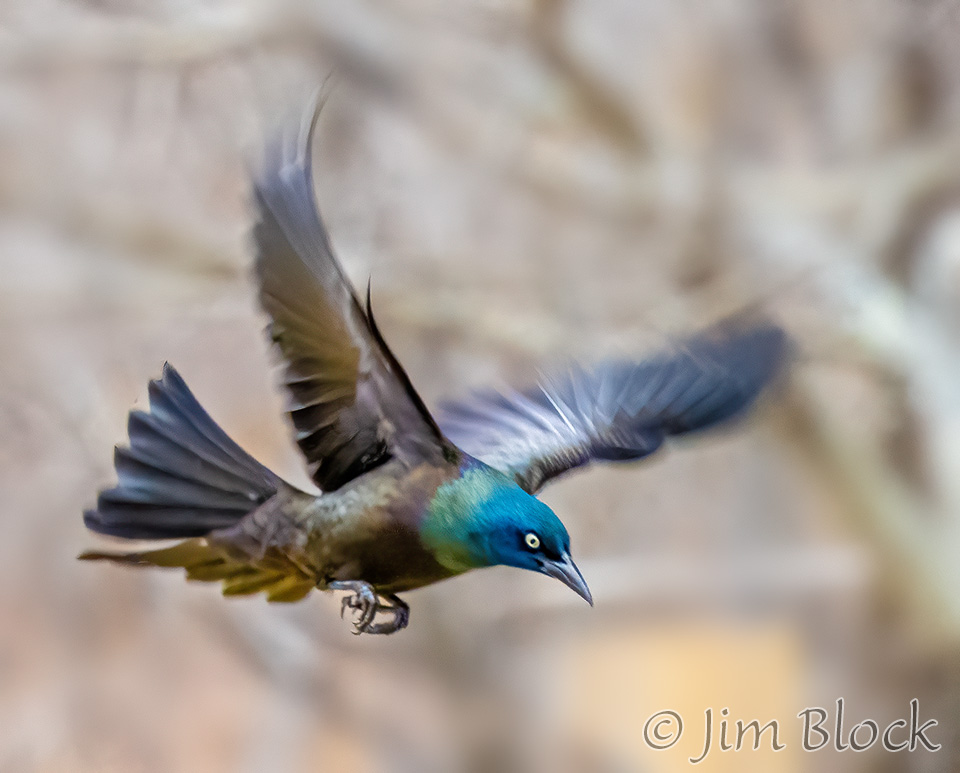
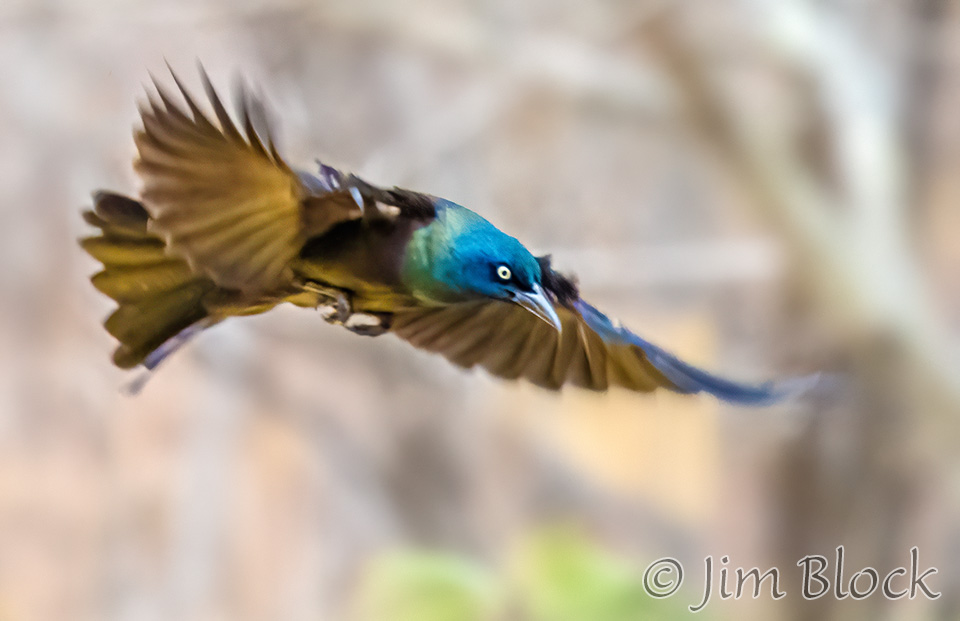
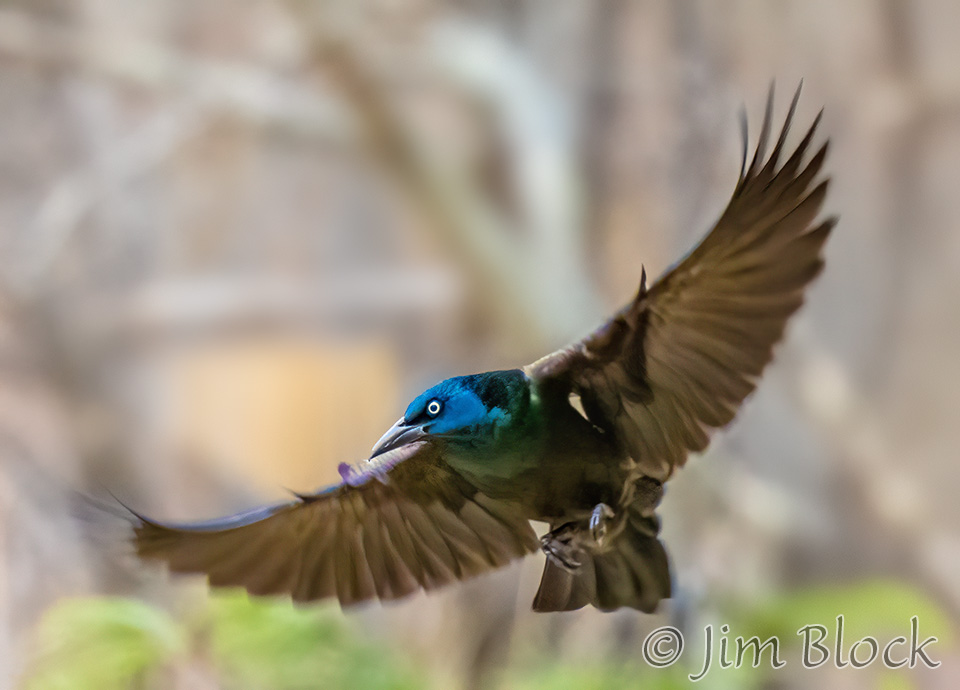
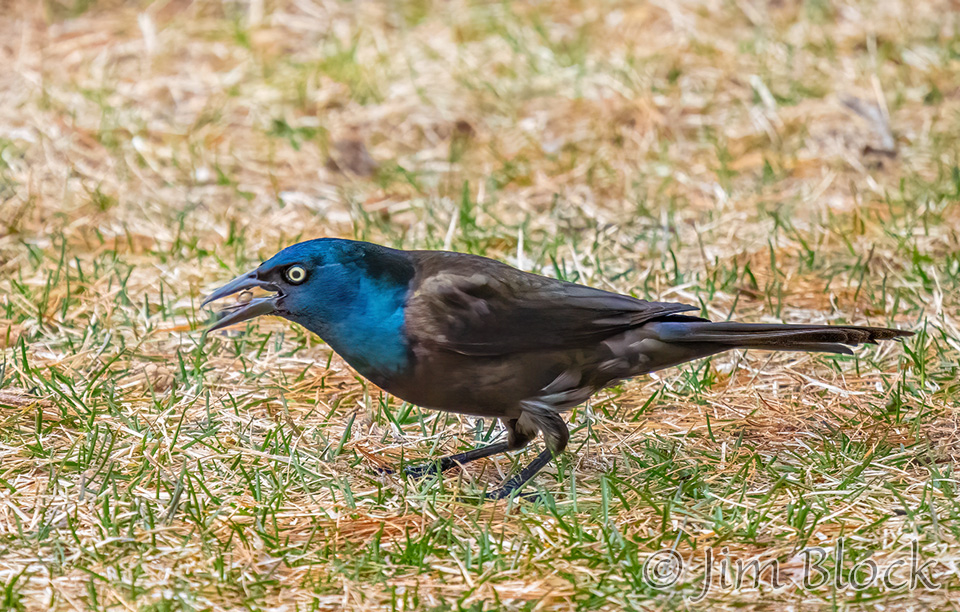
Male Red-winged Blackbirds have a vibrant red patch on their wings.
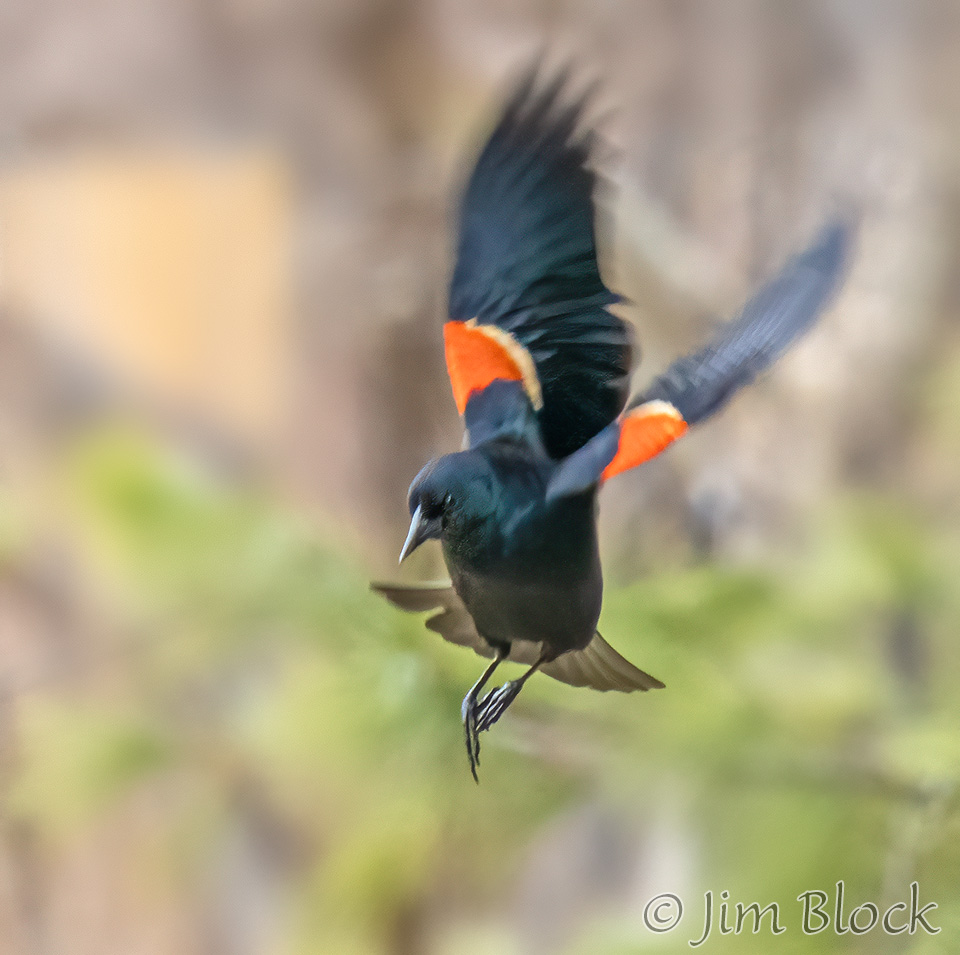
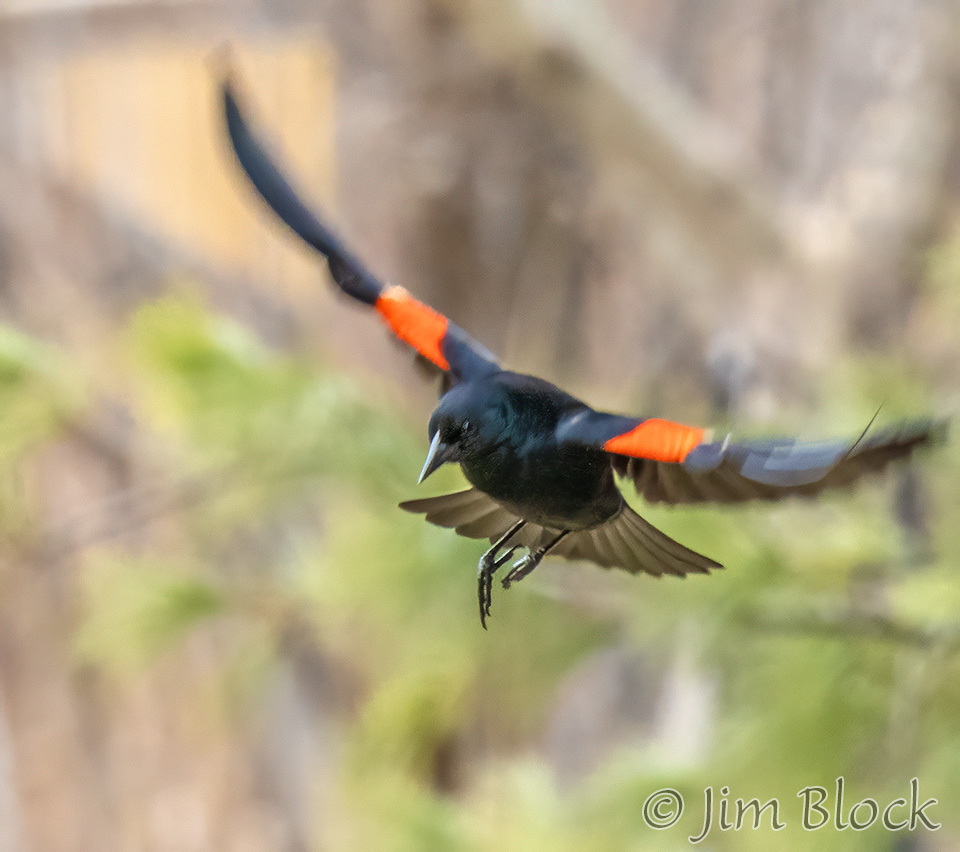

Audubon’s Warbler
Angela spotted a Yellow-rumped Warbler in her yard on December 2, 2024 and correctly identified it as a very rare Audubon’s Warbler. We feared it might not survive our bitter cold winter, but it did. I photographed it in December, February, March, and April. It almost looked like a different bird as it molted between March 21 and April 5.
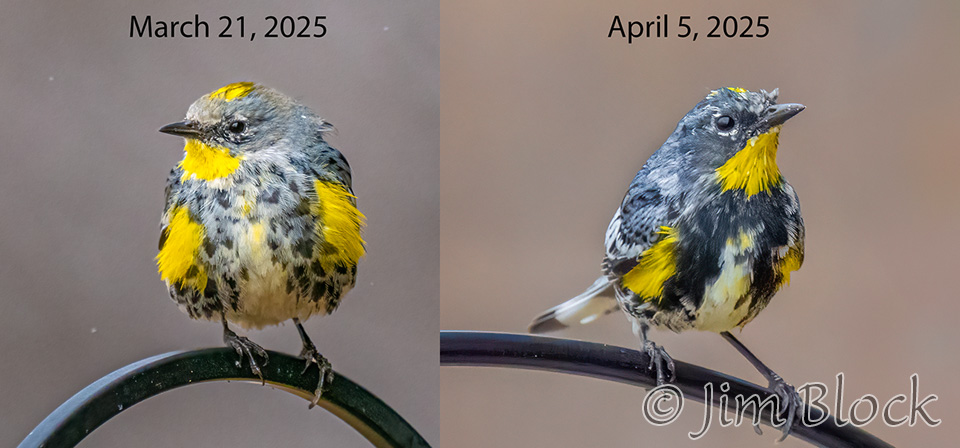
You don’t often get to compare plumage two weeks apart, knowing that it is certainly the same bird. The odds of two different Audubon’s Warblers visiting the same NH yard any time of year are astronomical.
Here are the photos I took on April 5.
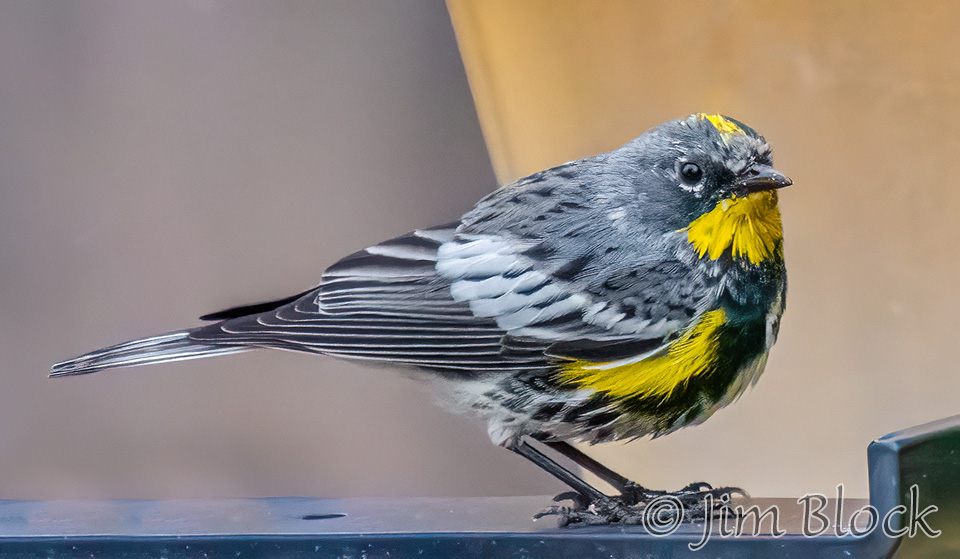
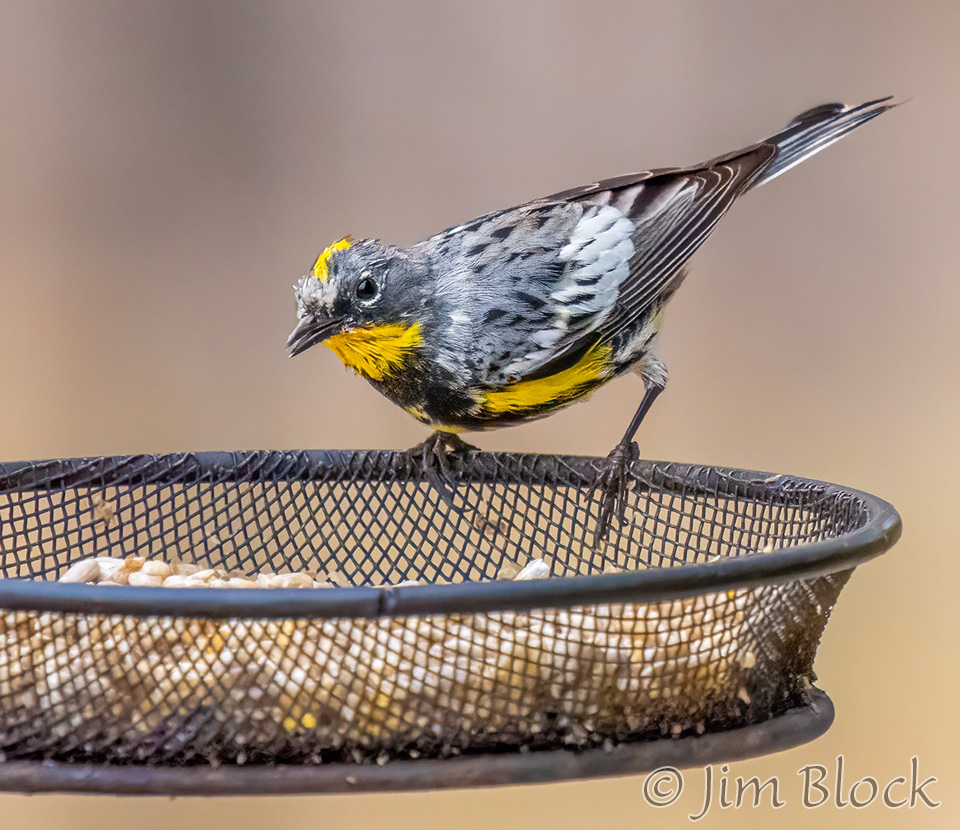
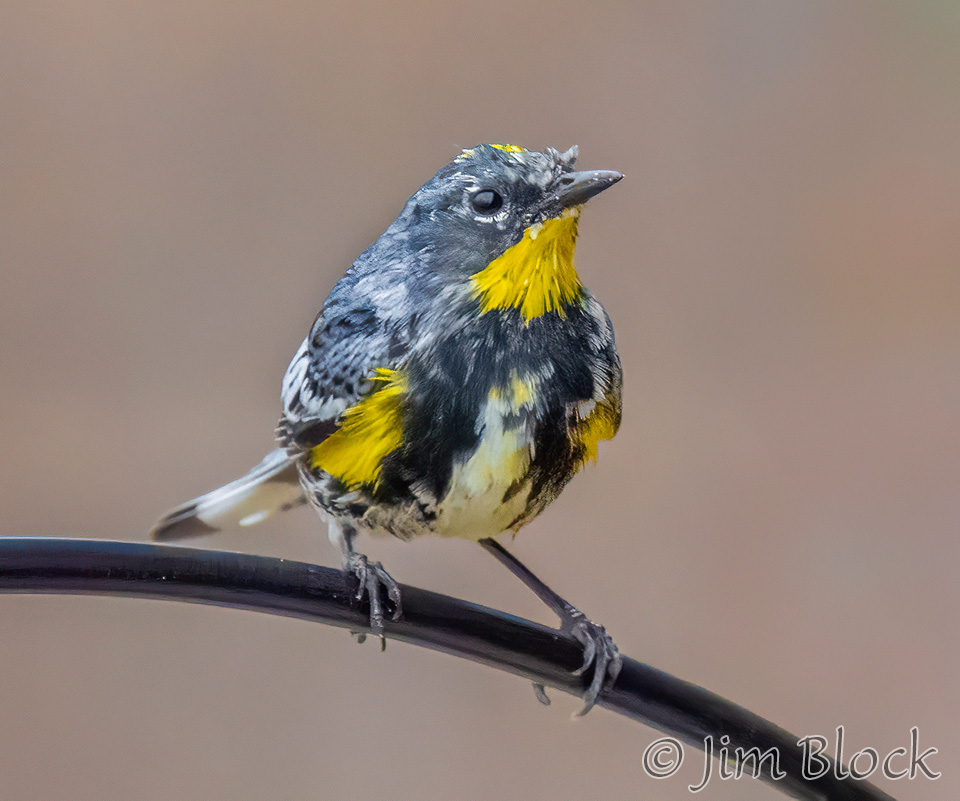
It really seemed to like the suet. I think Angela keeping the suet available all winter contributed immensely to its survival.
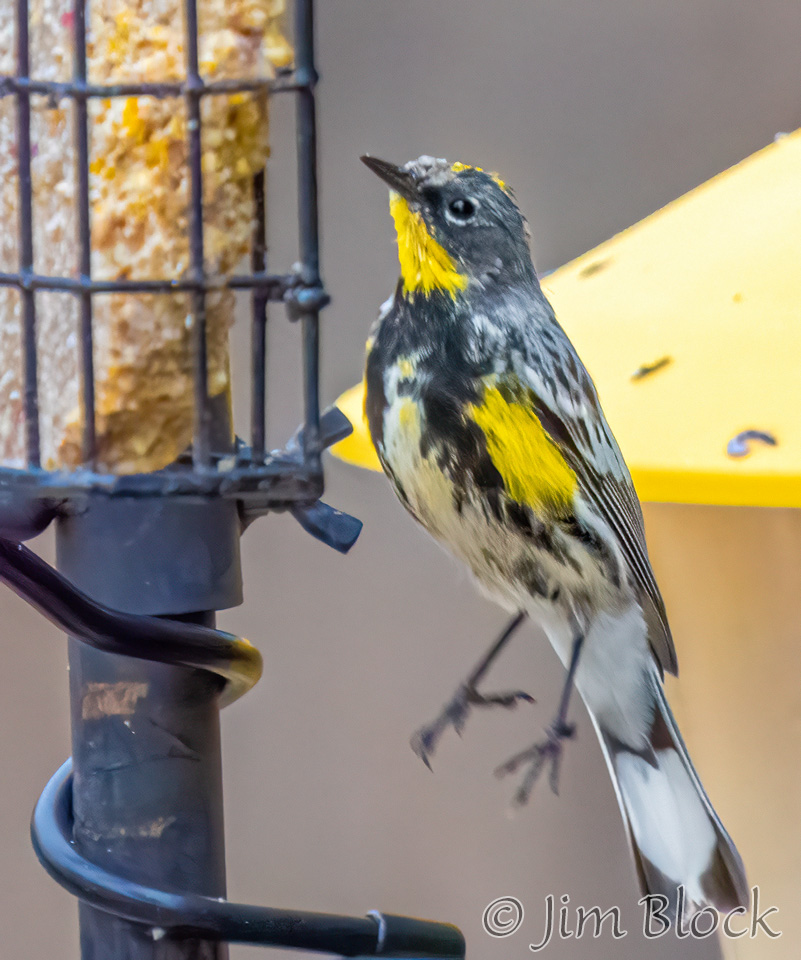
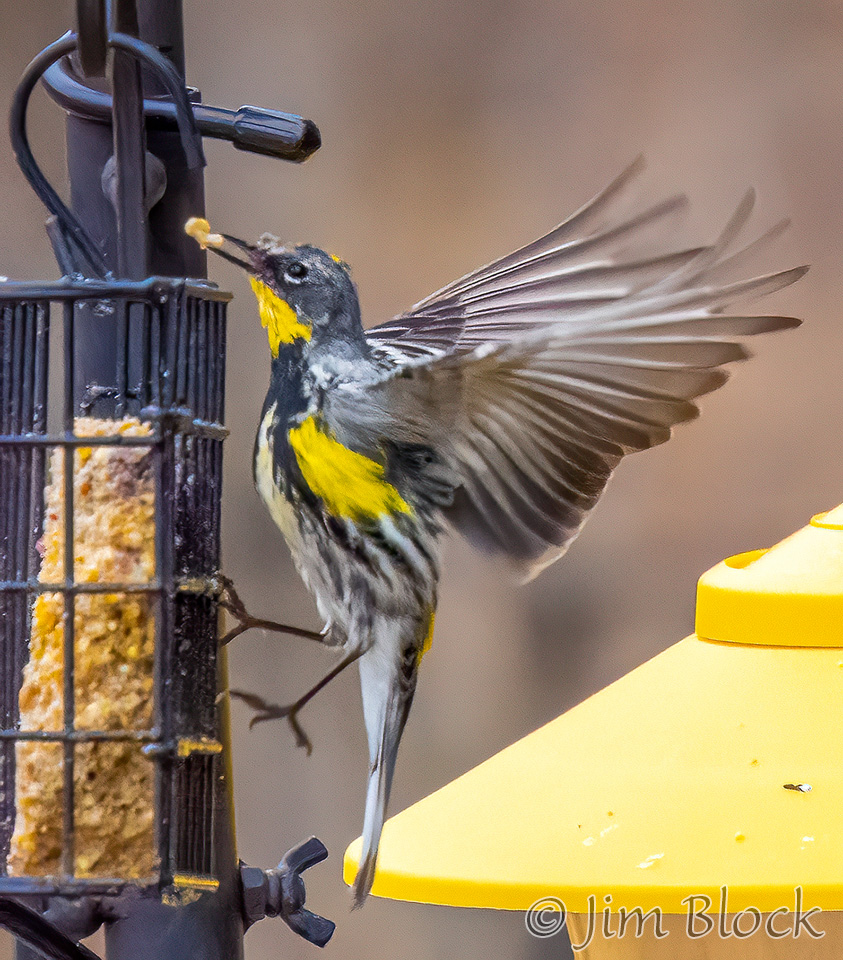
Snowy Owl
I friend and I ventured to Hampton Beach State Park on March 27 hoping to find a Snow Owl that had been spotted there. We found it right away sleeping on a dune at 2:20 pm.
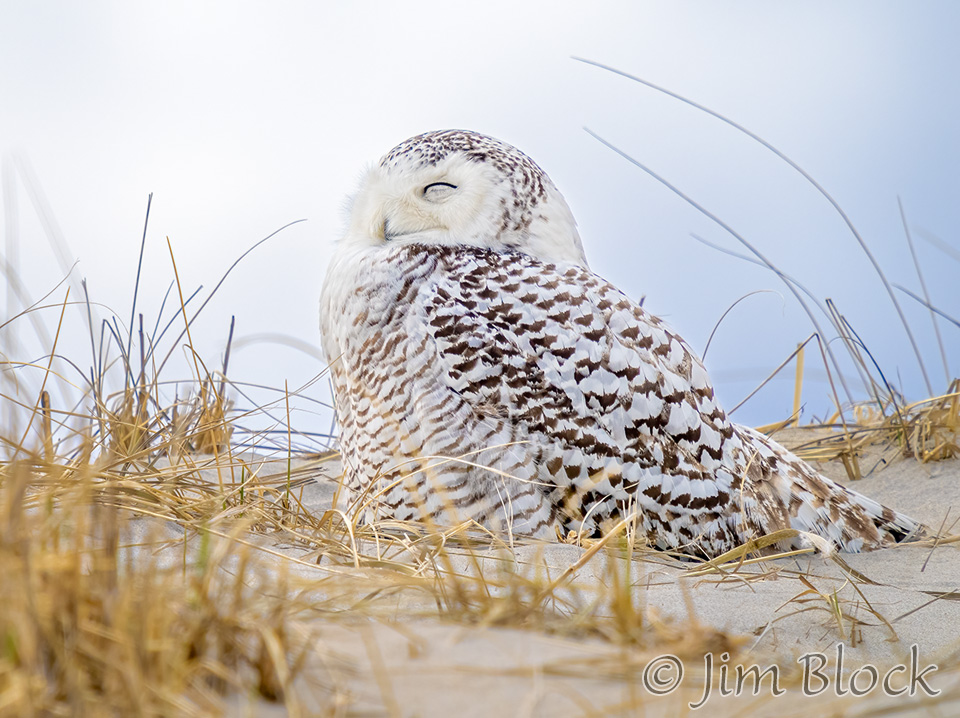
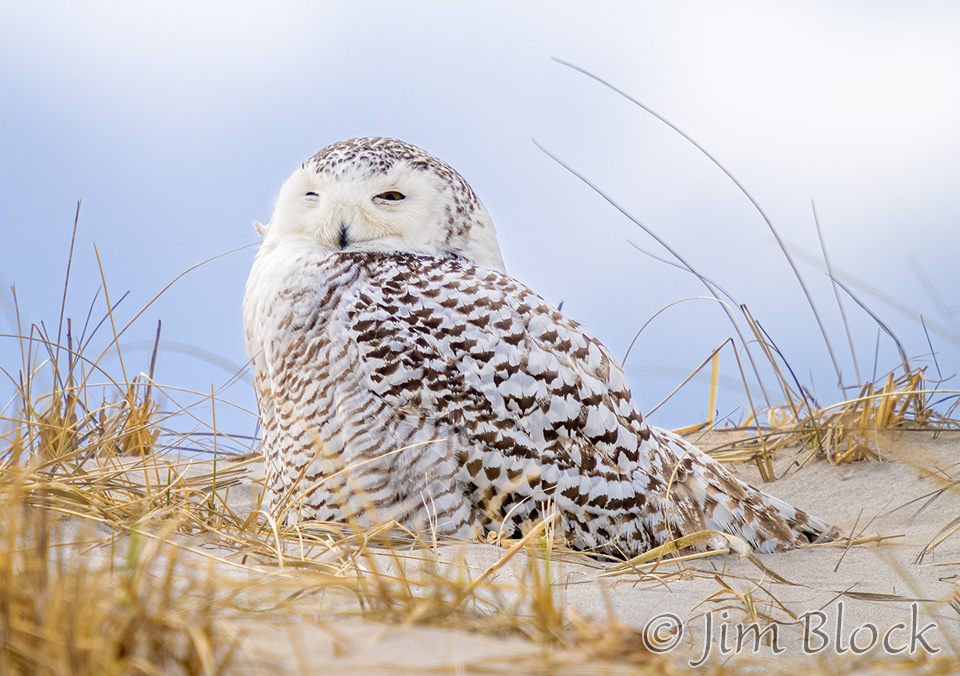
Over 2.5 hours later it was still standing in about the same spot, The image on my monitor shows the camera view, but was added later for clarity. The owl is on the top of the dune near the center of the photo.
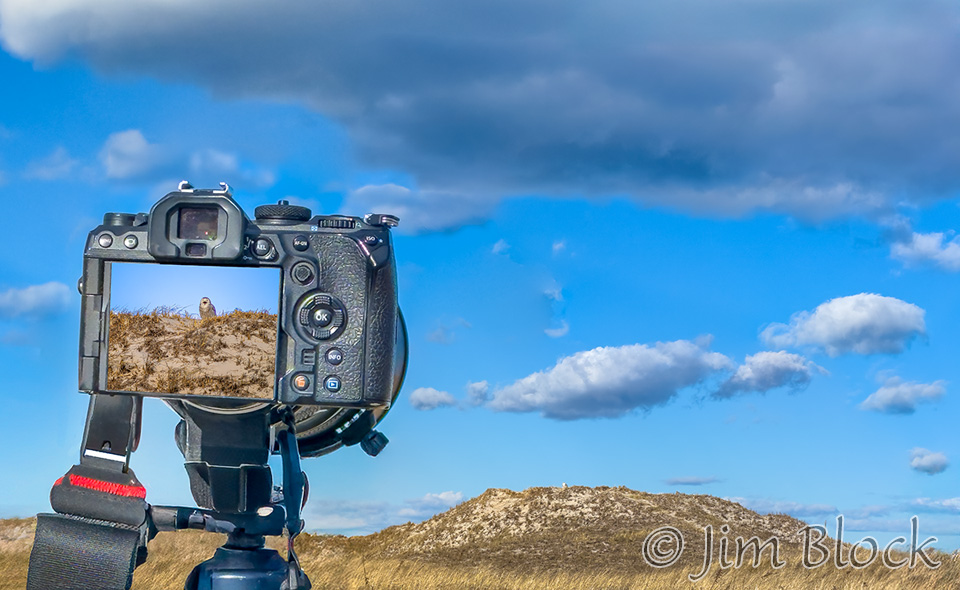
Just after 5 pm it finally flew to the roof of a nearby house.

It only stayed there for a three minutes before it returned to the dune.

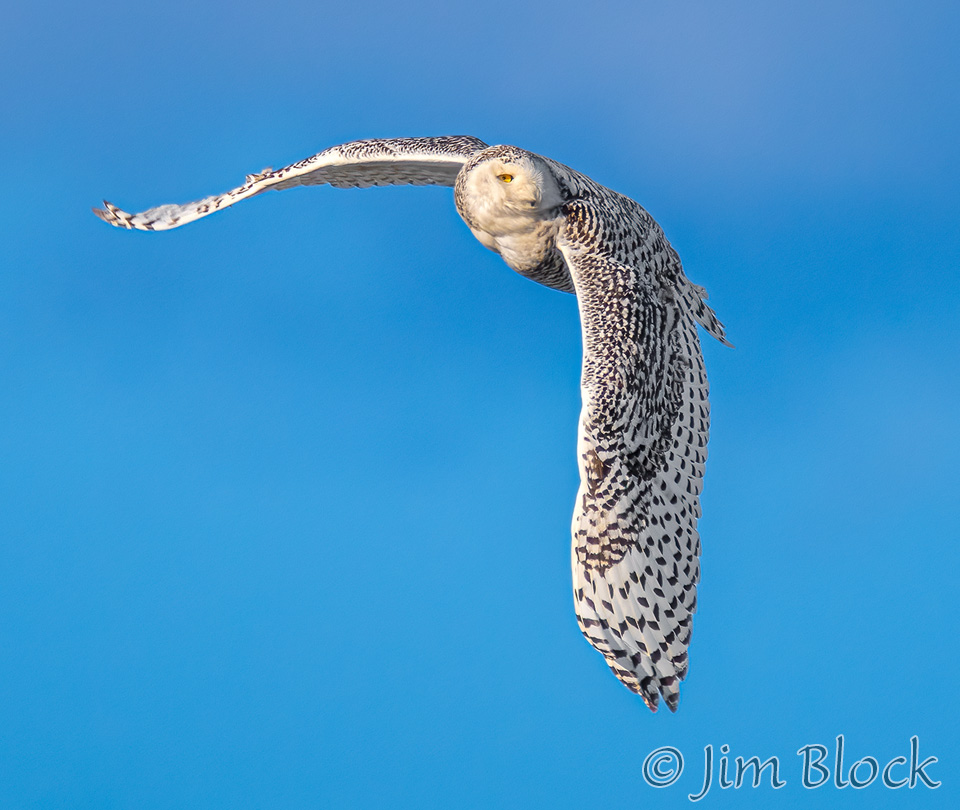
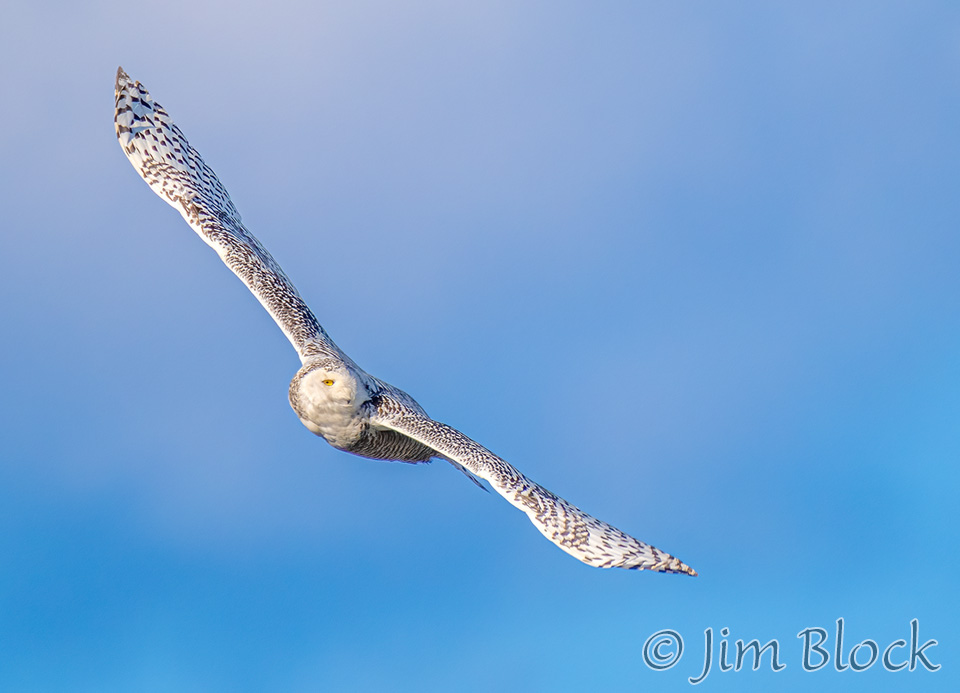
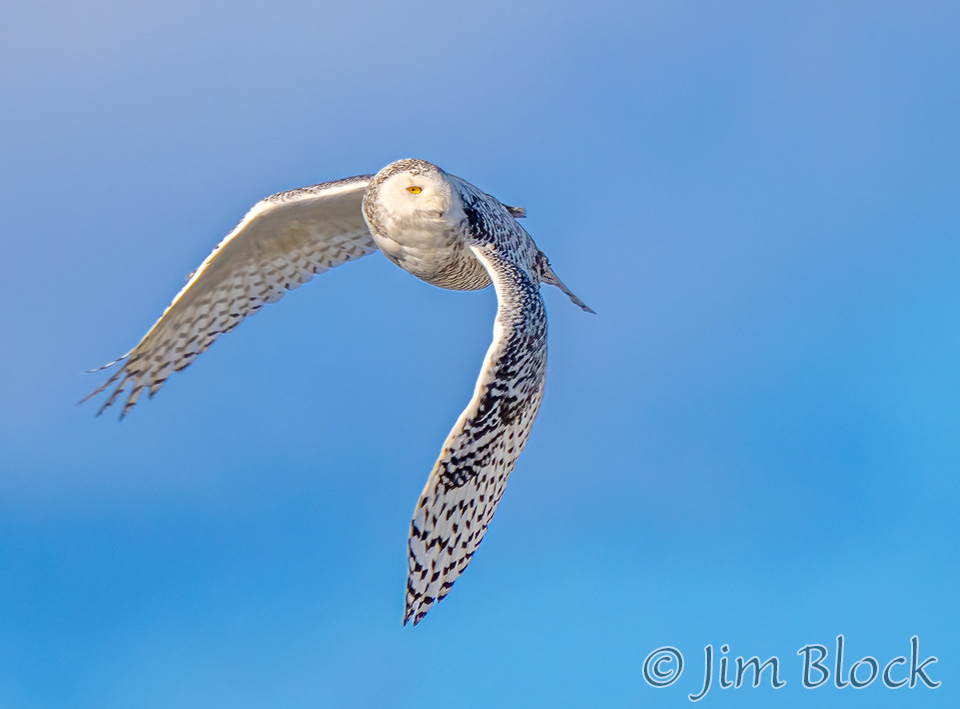

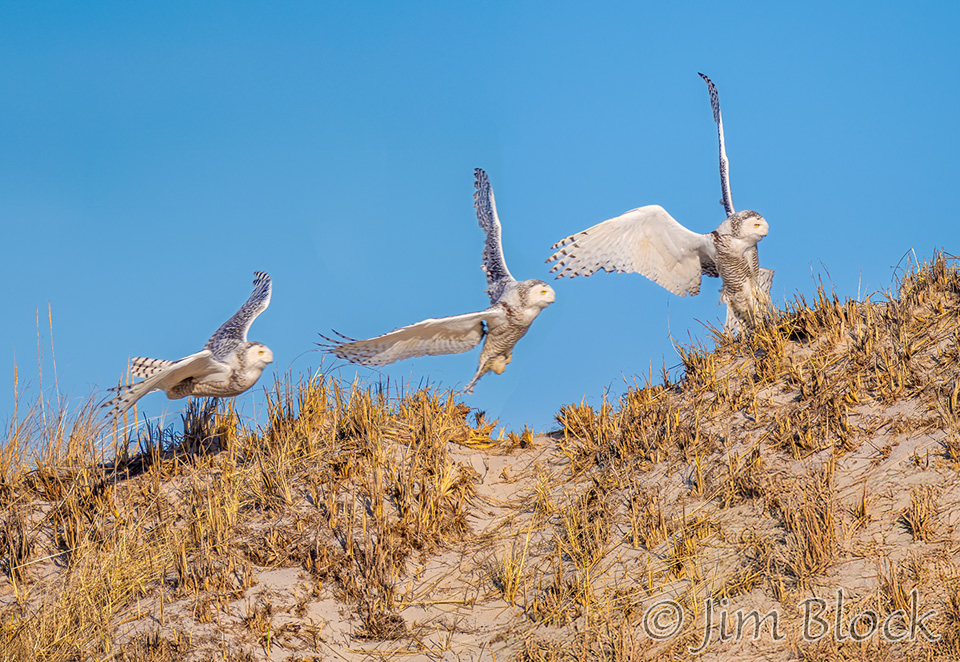
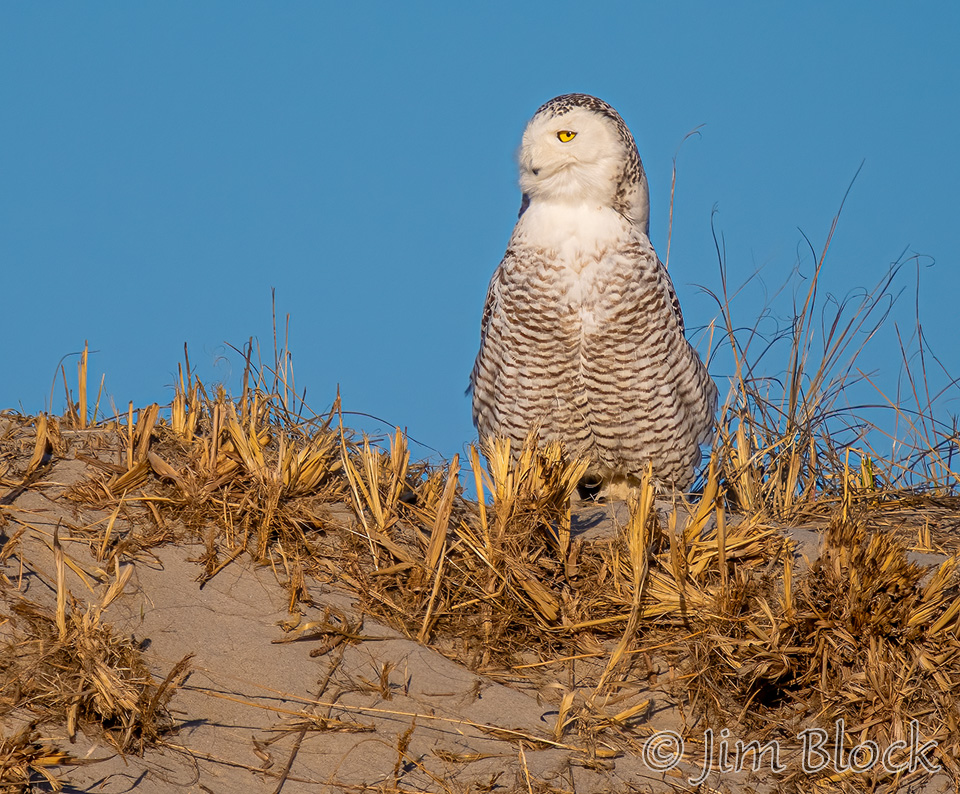
Around 30 minute later it flew to a distant roof and then across to a distant marsh. It has not been seen again in NH.
